Quick filters:
Cuman Stock Photos and Images
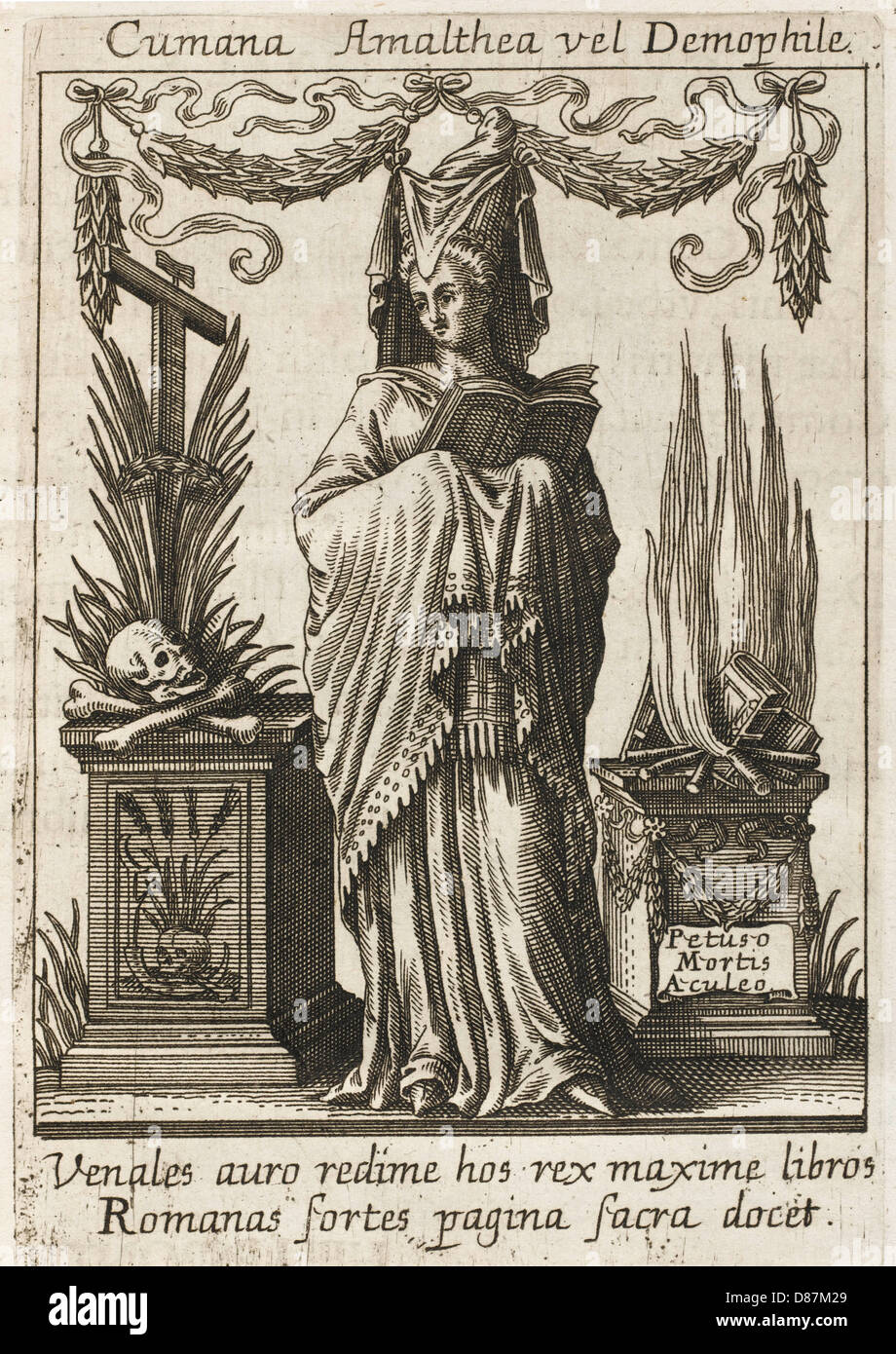 CUMAN SIBYL Stock Photohttps://www.alamy.com/image-license-details/?v=1https://www.alamy.com/stock-photo-cuman-sibyl-56717761.html
CUMAN SIBYL Stock Photohttps://www.alamy.com/image-license-details/?v=1https://www.alamy.com/stock-photo-cuman-sibyl-56717761.htmlRMD87M29–CUMAN SIBYL
 Italian club Napoli's goalkeeper Pacifico Cuman (centre) jumps to save a shot from Bangor City, during their European Cup Winners' Cup first round replay football match, played in fog at Highbury stadium, north London. * Jumping up behind Cuman is Bangor's Jimmy McAllister, and right is Napoli's Giovanni Molino. Stock Photohttps://www.alamy.com/image-license-details/?v=1https://www.alamy.com/stock-photo-italian-club-napolis-goalkeeper-pacifico-cuman-centre-jumps-to-save-106519083.html
Italian club Napoli's goalkeeper Pacifico Cuman (centre) jumps to save a shot from Bangor City, during their European Cup Winners' Cup first round replay football match, played in fog at Highbury stadium, north London. * Jumping up behind Cuman is Bangor's Jimmy McAllister, and right is Napoli's Giovanni Molino. Stock Photohttps://www.alamy.com/image-license-details/?v=1https://www.alamy.com/stock-photo-italian-club-napolis-goalkeeper-pacifico-cuman-centre-jumps-to-save-106519083.htmlRMG58A4Y–Italian club Napoli's goalkeeper Pacifico Cuman (centre) jumps to save a shot from Bangor City, during their European Cup Winners' Cup first round replay football match, played in fog at Highbury stadium, north London. * Jumping up behind Cuman is Bangor's Jimmy McAllister, and right is Napoli's Giovanni Molino.
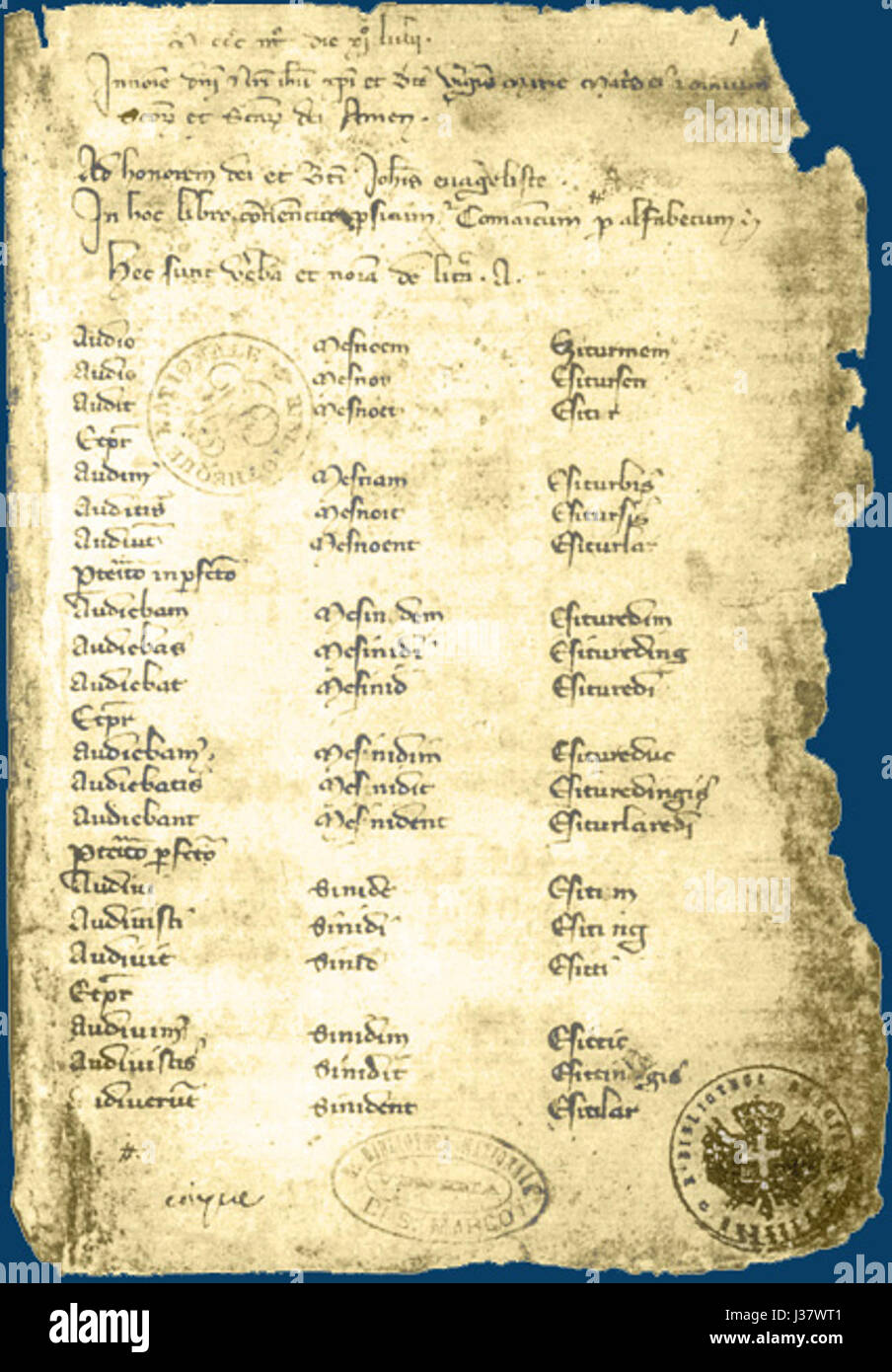 The Codex Cumanicus is a 14th-century manuscript written in a mix of Latin, Persian, and the Cuman language, offering valuable insights into the Cuman people and their interaction with the medieval world. Stock Photohttps://www.alamy.com/image-license-details/?v=1https://www.alamy.com/stock-photo-the-codex-cumanicus-is-a-14th-century-manuscript-written-in-a-mix-139700849.html
The Codex Cumanicus is a 14th-century manuscript written in a mix of Latin, Persian, and the Cuman language, offering valuable insights into the Cuman people and their interaction with the medieval world. Stock Photohttps://www.alamy.com/image-license-details/?v=1https://www.alamy.com/stock-photo-the-codex-cumanicus-is-a-14th-century-manuscript-written-in-a-mix-139700849.htmlRMJ37WT1–The Codex Cumanicus is a 14th-century manuscript written in a mix of Latin, Persian, and the Cuman language, offering valuable insights into the Cuman people and their interaction with the medieval world.
 Sandstone Cuman stone figures of men and women Stock Photohttps://www.alamy.com/image-license-details/?v=1https://www.alamy.com/sandstone-cuman-stone-figures-of-men-and-women-image377040475.html
Sandstone Cuman stone figures of men and women Stock Photohttps://www.alamy.com/image-license-details/?v=1https://www.alamy.com/sandstone-cuman-stone-figures-of-men-and-women-image377040475.htmlRM2CWBJY7–Sandstone Cuman stone figures of men and women
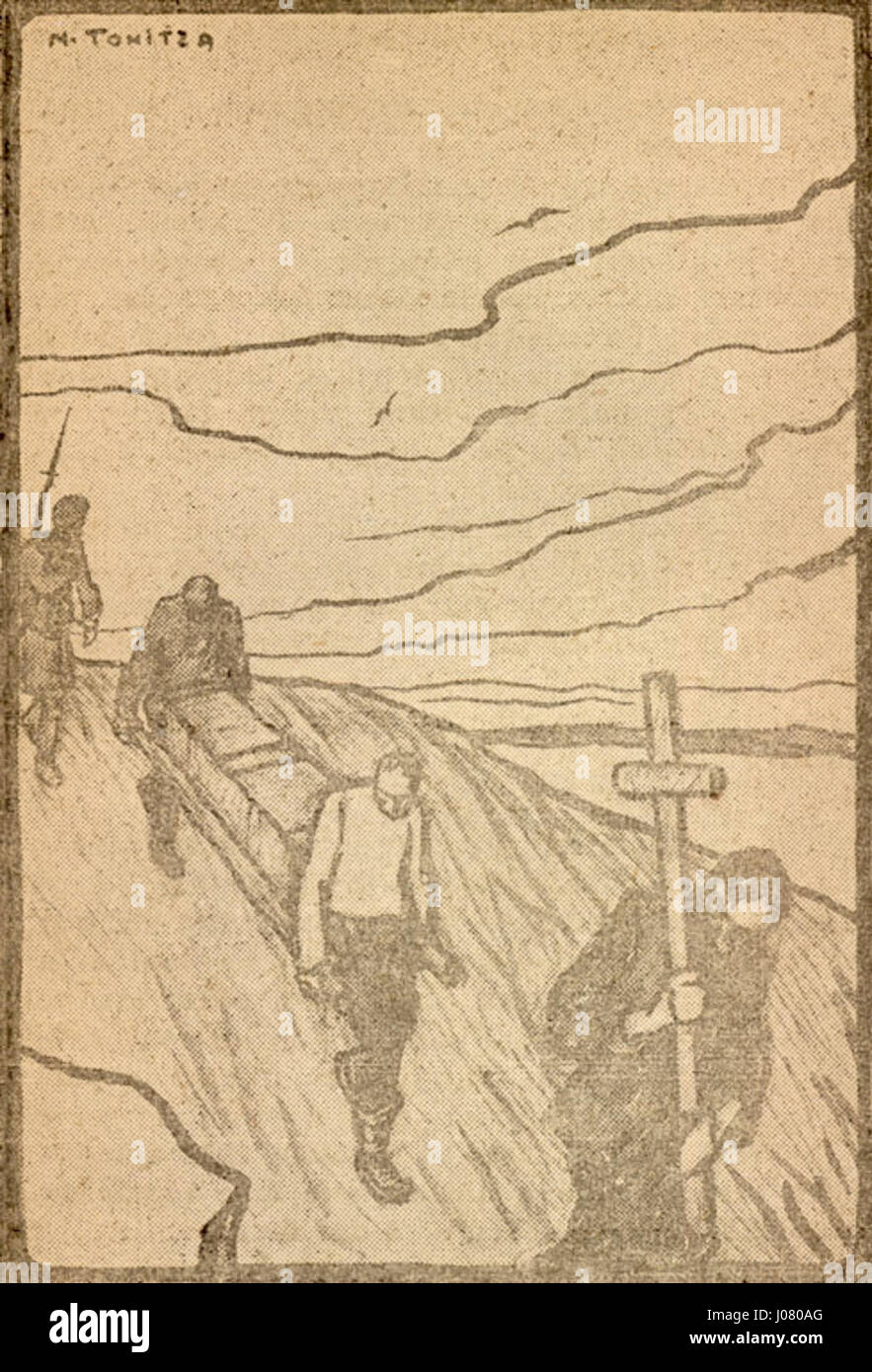 *În mâinile duCumanului* is a Romanian artwork that explores the historical and cultural aspects of the Cuman people. The piece captures a moment in time, emphasizing the cultural traditions, attire, and daily life of this Central Asian group, historically significant for their role in medieval European history. Stock Photohttps://www.alamy.com/image-license-details/?v=1https://www.alamy.com/stock-photo-n-minile-ducumanului-is-a-romanian-artwork-that-explores-the-historical-137858856.html
*În mâinile duCumanului* is a Romanian artwork that explores the historical and cultural aspects of the Cuman people. The piece captures a moment in time, emphasizing the cultural traditions, attire, and daily life of this Central Asian group, historically significant for their role in medieval European history. Stock Photohttps://www.alamy.com/image-license-details/?v=1https://www.alamy.com/stock-photo-n-minile-ducumanului-is-a-romanian-artwork-that-explores-the-historical-137858856.htmlRMJ080AG–*În mâinile duCumanului* is a Romanian artwork that explores the historical and cultural aspects of the Cuman people. The piece captures a moment in time, emphasizing the cultural traditions, attire, and daily life of this Central Asian group, historically significant for their role in medieval European history.
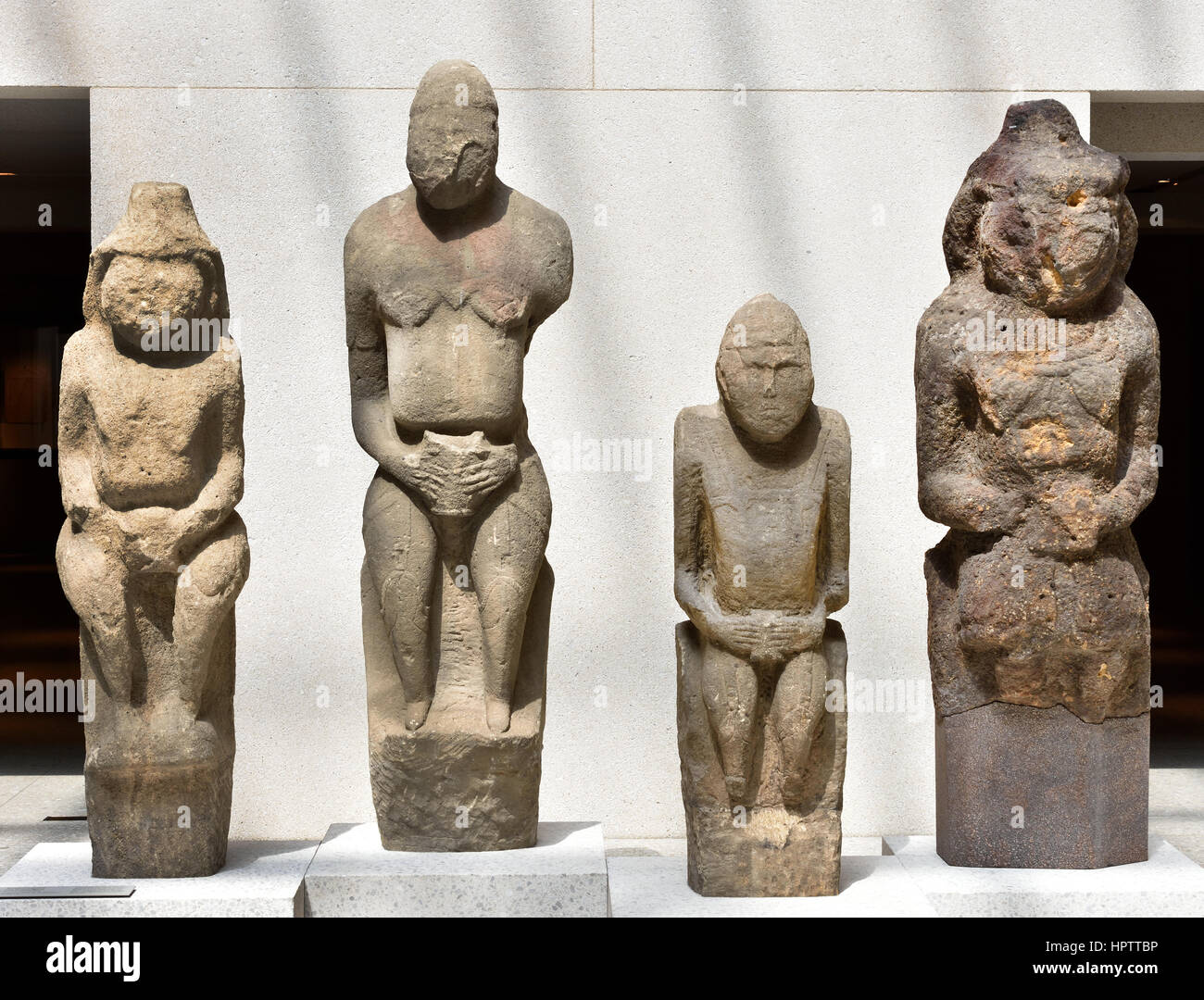 Cuman stone figures of men and women. 12th century AD. The Cumans were a Turkic tribe that ruled the southern Russian steppes from 1055-1240 AD. Stock Photohttps://www.alamy.com/image-license-details/?v=1https://www.alamy.com/stock-photo-cuman-stone-figures-of-men-and-women-12th-century-ad-the-cumans-were-134541002.html
Cuman stone figures of men and women. 12th century AD. The Cumans were a Turkic tribe that ruled the southern Russian steppes from 1055-1240 AD. Stock Photohttps://www.alamy.com/image-license-details/?v=1https://www.alamy.com/stock-photo-cuman-stone-figures-of-men-and-women-12th-century-ad-the-cumans-were-134541002.htmlRMHPTTBP–Cuman stone figures of men and women. 12th century AD. The Cumans were a Turkic tribe that ruled the southern Russian steppes from 1055-1240 AD.
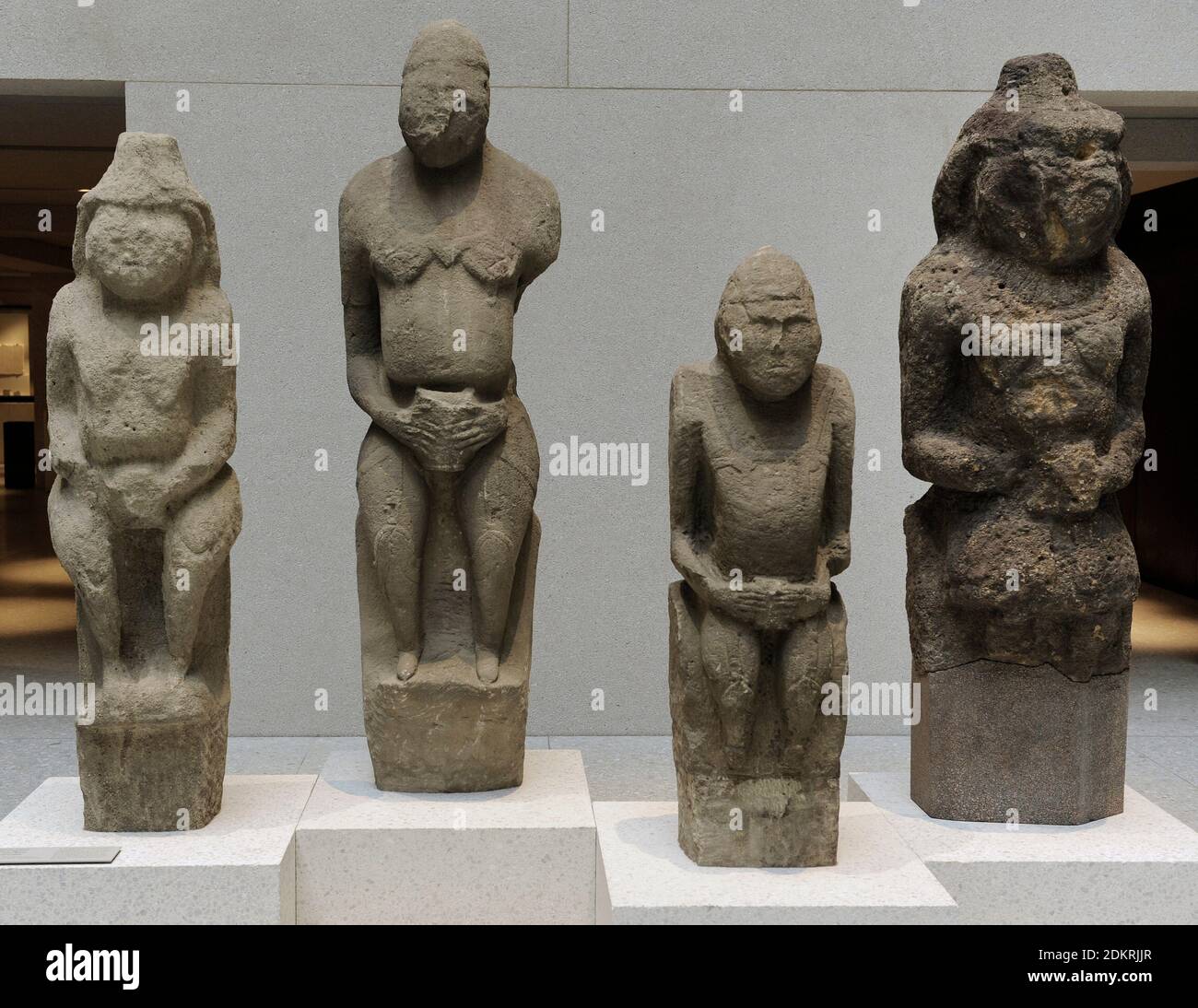 Eurasian Steppe. Cuman stone figures of men and women. 12th century AD. The Cumans were a Turkic tribe that ruled to southern Russian steppes from 1055 to 1240 AD. From Oblast Charkiw, Ukraine. Neues Museum (New Museum). Berlin. Germany. Stock Photohttps://www.alamy.com/image-license-details/?v=1https://www.alamy.com/eurasian-steppe-cuman-stone-figures-of-men-and-women-12th-century-ad-the-cumans-were-a-turkic-tribe-that-ruled-to-southern-russian-steppes-from-1055-to-1240-ad-from-oblast-charkiw-ukraine-neues-museum-new-museum-berlin-germany-image390826095.html
Eurasian Steppe. Cuman stone figures of men and women. 12th century AD. The Cumans were a Turkic tribe that ruled to southern Russian steppes from 1055 to 1240 AD. From Oblast Charkiw, Ukraine. Neues Museum (New Museum). Berlin. Germany. Stock Photohttps://www.alamy.com/image-license-details/?v=1https://www.alamy.com/eurasian-steppe-cuman-stone-figures-of-men-and-women-12th-century-ad-the-cumans-were-a-turkic-tribe-that-ruled-to-southern-russian-steppes-from-1055-to-1240-ad-from-oblast-charkiw-ukraine-neues-museum-new-museum-berlin-germany-image390826095.htmlRM2DKRJJR–Eurasian Steppe. Cuman stone figures of men and women. 12th century AD. The Cumans were a Turkic tribe that ruled to southern Russian steppes from 1055 to 1240 AD. From Oblast Charkiw, Ukraine. Neues Museum (New Museum). Berlin. Germany.
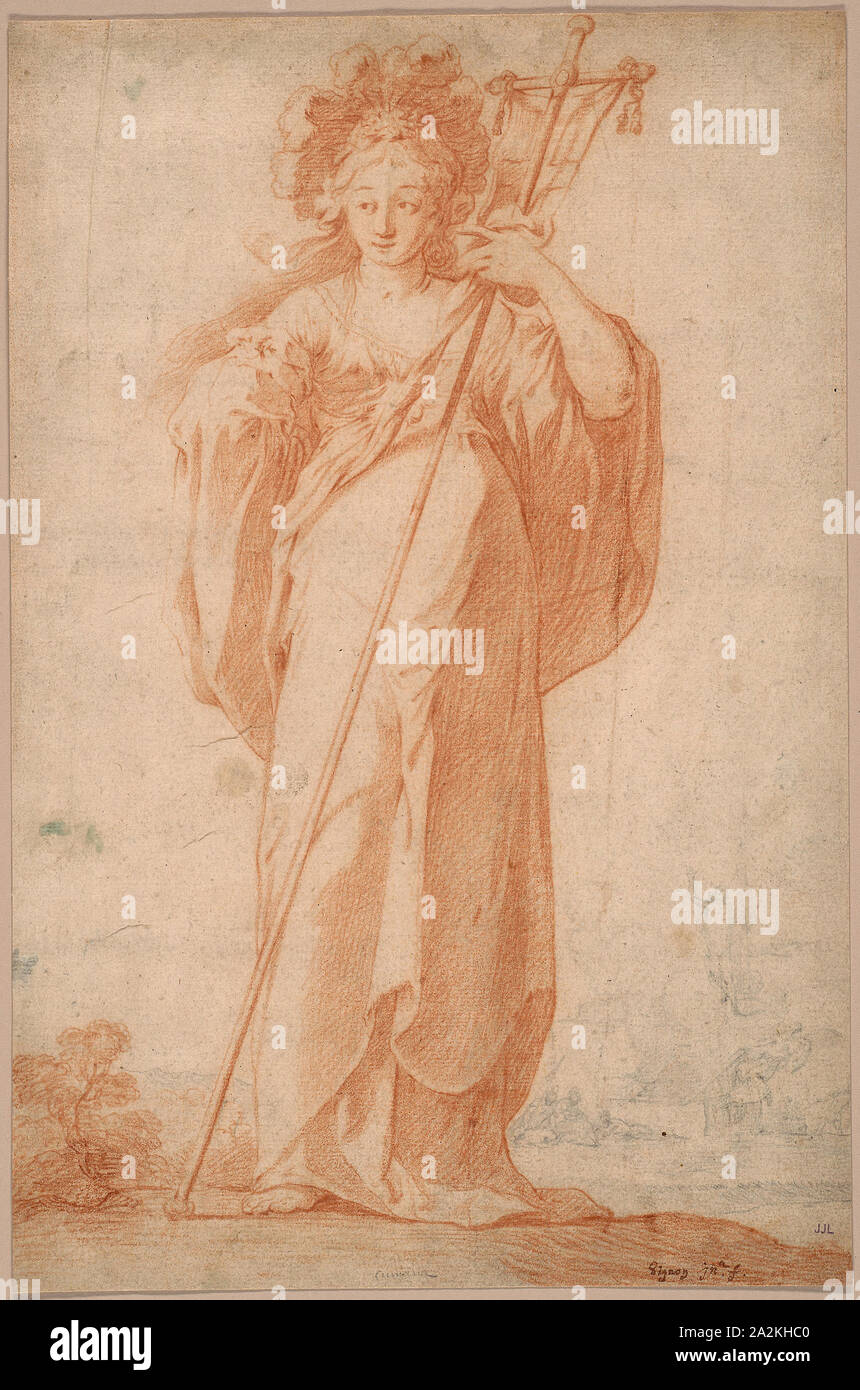 The Cuman Sibyl, c. 1630, Claude Vignon, French, 1593-1670, France, Sanguine and black chalk on paper, 320 × 219 mm Stock Photohttps://www.alamy.com/image-license-details/?v=1https://www.alamy.com/the-cuman-sibyl-c-1630-claude-vignon-french-1593-1670-france-sanguine-and-black-chalk-on-paper-320-219-mm-image328657056.html
The Cuman Sibyl, c. 1630, Claude Vignon, French, 1593-1670, France, Sanguine and black chalk on paper, 320 × 219 mm Stock Photohttps://www.alamy.com/image-license-details/?v=1https://www.alamy.com/the-cuman-sibyl-c-1630-claude-vignon-french-1593-1670-france-sanguine-and-black-chalk-on-paper-320-219-mm-image328657056.htmlRM2A2KHC0–The Cuman Sibyl, c. 1630, Claude Vignon, French, 1593-1670, France, Sanguine and black chalk on paper, 320 × 219 mm
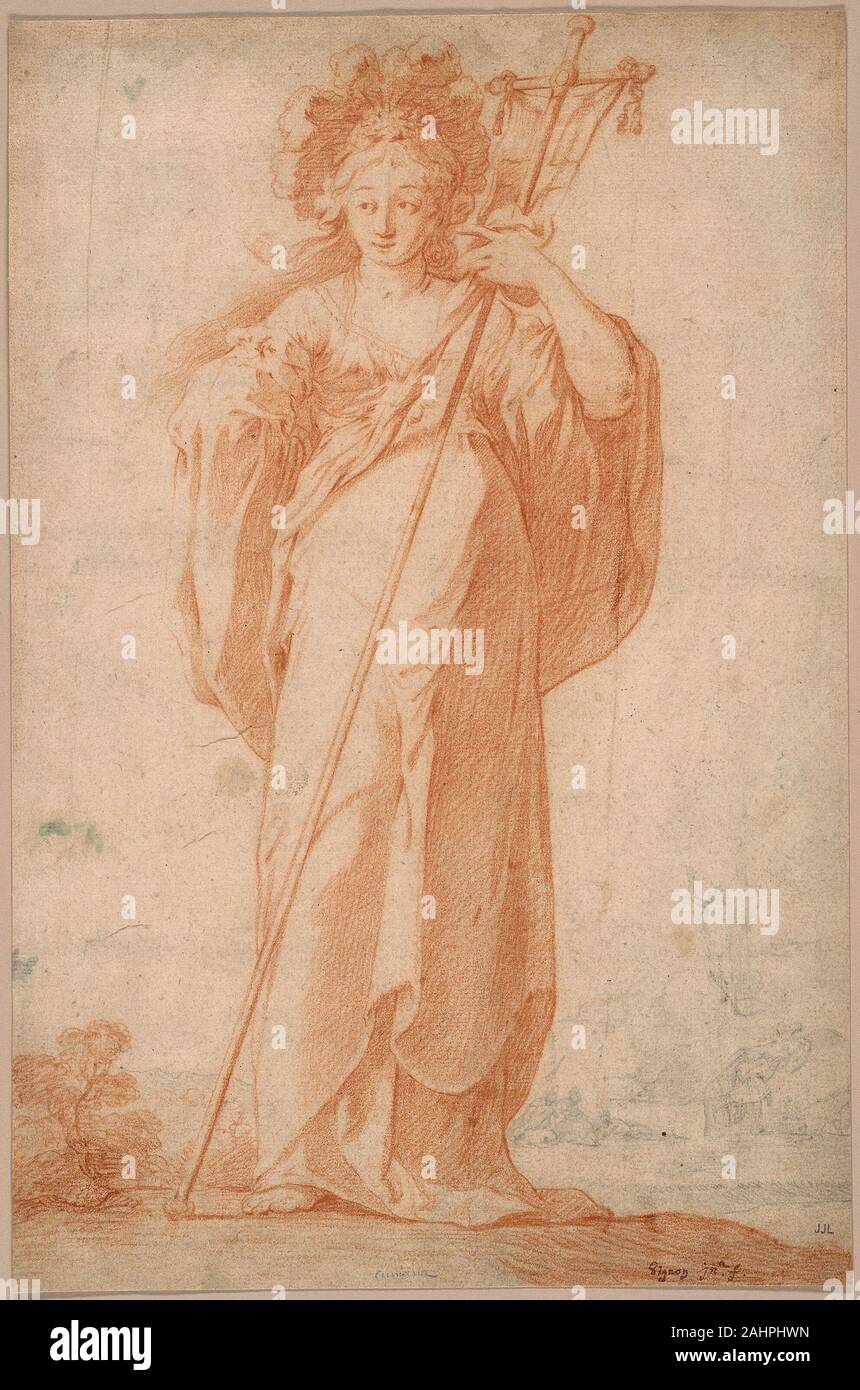 Claude Vignon. The Cuman Sibyl. 1625–1635. France. Sanguine and black chalk on paper Stock Photohttps://www.alamy.com/image-license-details/?v=1https://www.alamy.com/claude-vignon-the-cuman-sibyl-16251635-france-sanguine-and-black-chalk-on-paper-image337943137.html
Claude Vignon. The Cuman Sibyl. 1625–1635. France. Sanguine and black chalk on paper Stock Photohttps://www.alamy.com/image-license-details/?v=1https://www.alamy.com/claude-vignon-the-cuman-sibyl-16251635-france-sanguine-and-black-chalk-on-paper-image337943137.htmlRM2AHPHWN–Claude Vignon. The Cuman Sibyl. 1625–1635. France. Sanguine and black chalk on paper
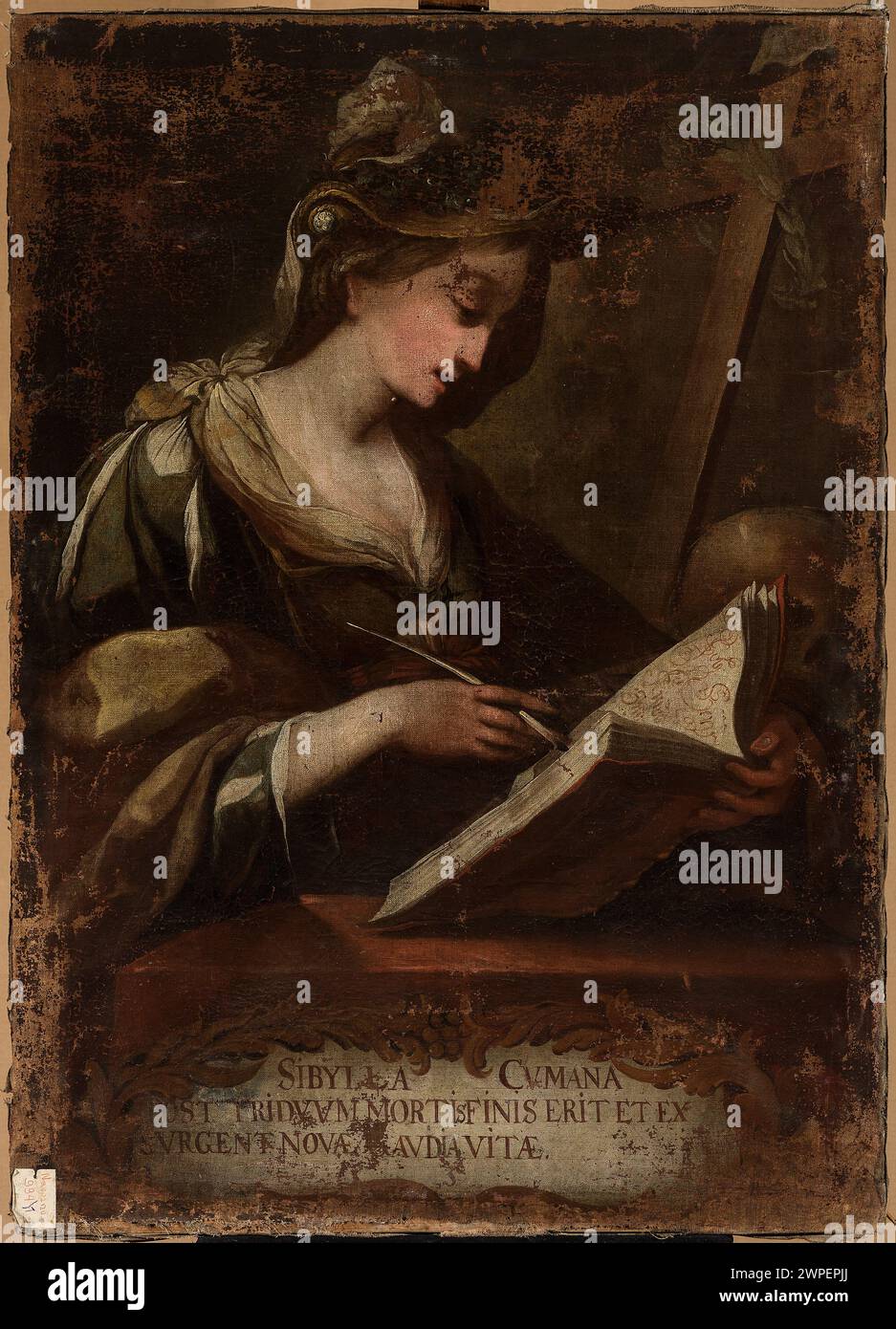 This 18th-century Silesian painting depicts Sybilla Cuman with skulls, crosses, open books, and laurel wreaths, combining religious and symbolic elements. Stock Photohttps://www.alamy.com/image-license-details/?v=1https://www.alamy.com/this-18th-century-silesian-painting-depicts-sybilla-cuman-with-skulls-crosses-open-books-and-laurel-wreaths-combining-religious-and-symbolic-elements-image599000042.html
This 18th-century Silesian painting depicts Sybilla Cuman with skulls, crosses, open books, and laurel wreaths, combining religious and symbolic elements. Stock Photohttps://www.alamy.com/image-license-details/?v=1https://www.alamy.com/this-18th-century-silesian-painting-depicts-sybilla-cuman-with-skulls-crosses-open-books-and-laurel-wreaths-combining-religious-and-symbolic-elements-image599000042.htmlRM2WPEPJJ–This 18th-century Silesian painting depicts Sybilla Cuman with skulls, crosses, open books, and laurel wreaths, combining religious and symbolic elements.
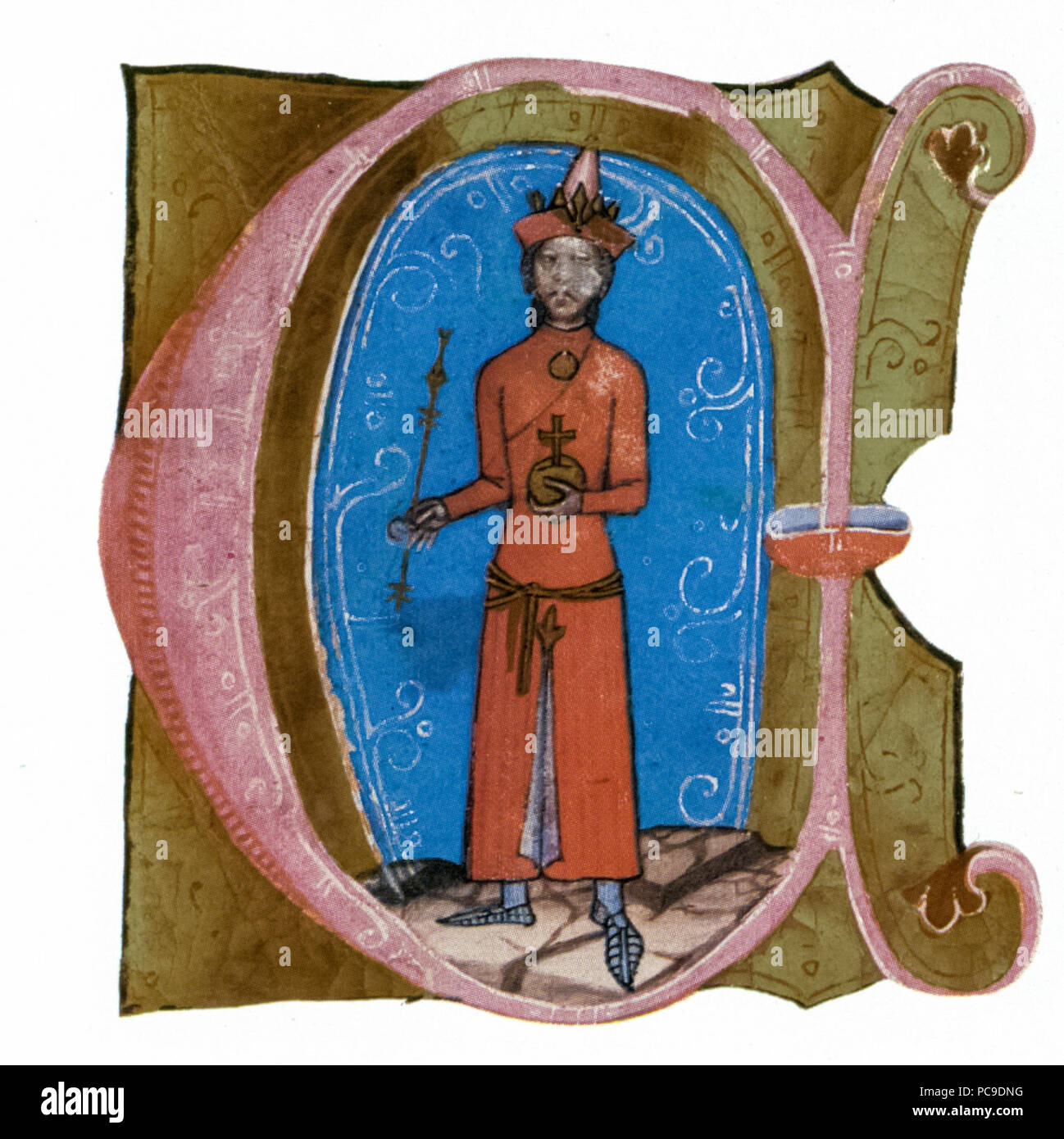 356 Ladislaus IV of Hungary Stock Photohttps://www.alamy.com/image-license-details/?v=1https://www.alamy.com/356-ladislaus-iv-of-hungary-image214108652.html
356 Ladislaus IV of Hungary Stock Photohttps://www.alamy.com/image-license-details/?v=1https://www.alamy.com/356-ladislaus-iv-of-hungary-image214108652.htmlRMPC9DNG–356 Ladislaus IV of Hungary
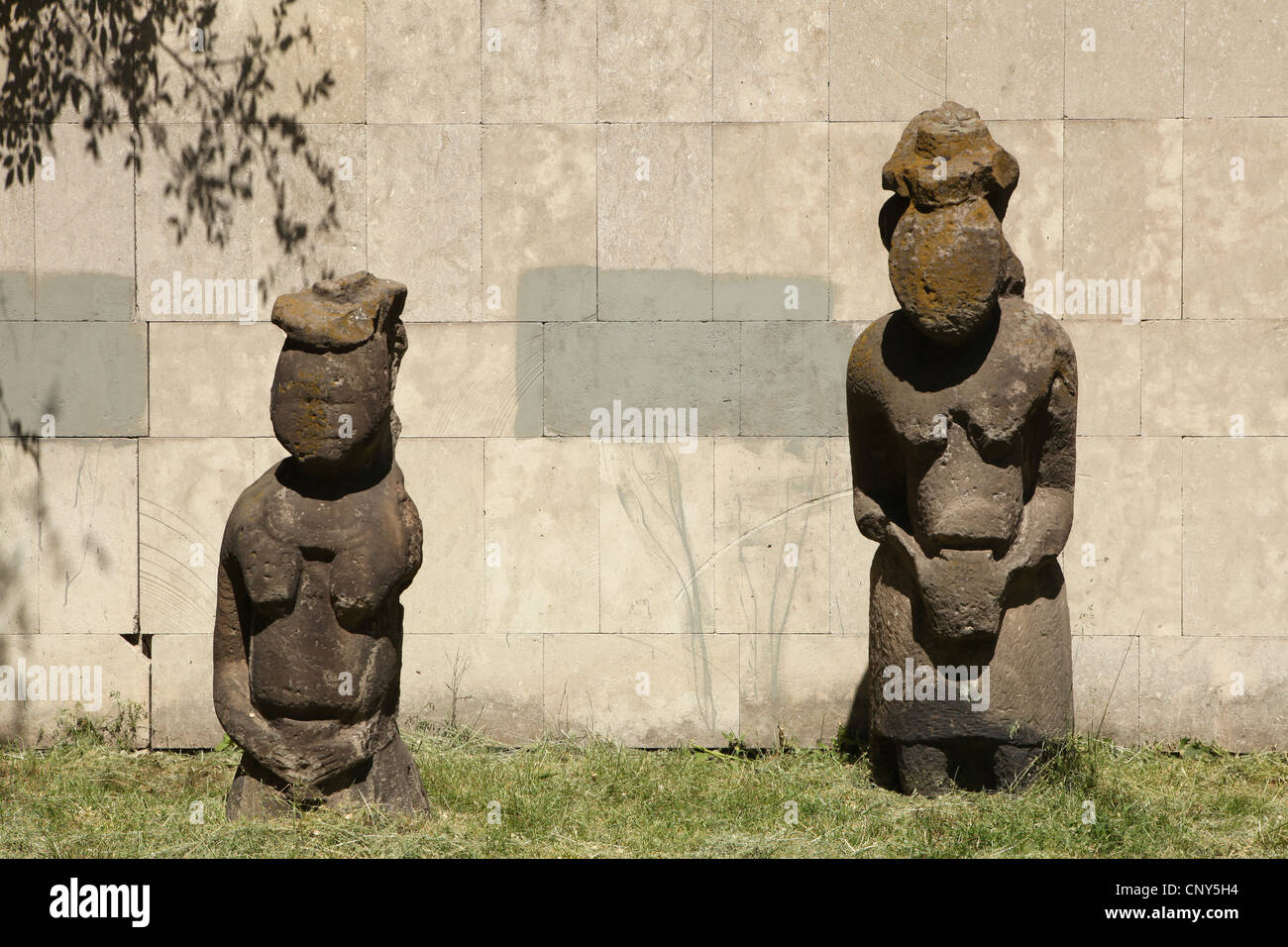 Kipchak stone statues known as the Stony Women exhibited in front of the Historical Museum in Dnipro (Dnipropetrovsk), Ukraine. Stock Photohttps://www.alamy.com/image-license-details/?v=1https://www.alamy.com/stock-photo-kipchak-stone-statues-known-as-the-stony-women-exhibited-in-front-47925616.html
Kipchak stone statues known as the Stony Women exhibited in front of the Historical Museum in Dnipro (Dnipropetrovsk), Ukraine. Stock Photohttps://www.alamy.com/image-license-details/?v=1https://www.alamy.com/stock-photo-kipchak-stone-statues-known-as-the-stony-women-exhibited-in-front-47925616.htmlRMCNY5H4–Kipchak stone statues known as the Stony Women exhibited in front of the Historical Museum in Dnipro (Dnipropetrovsk), Ukraine.
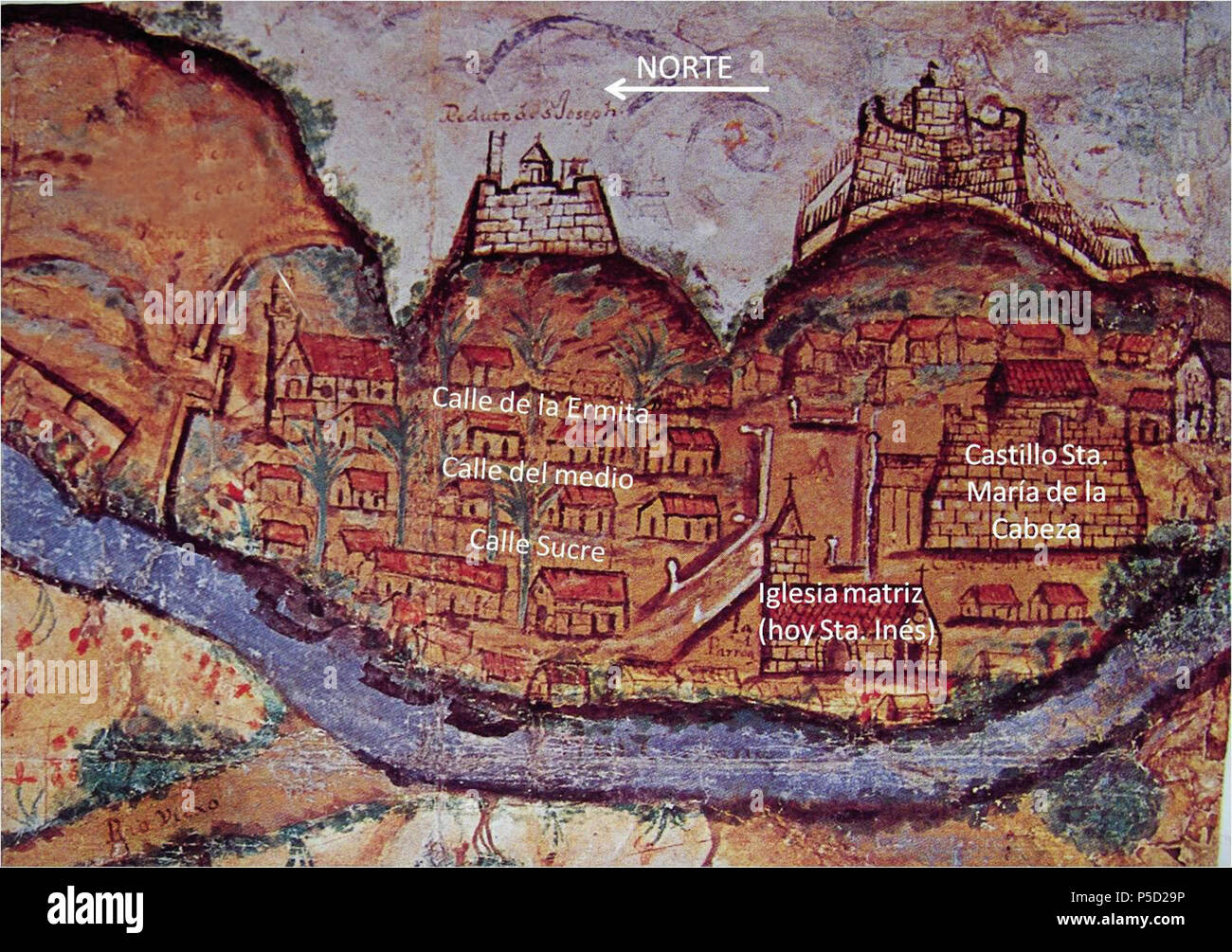 447 Dibujo de Cumaná del siglo XVII Stock Photohttps://www.alamy.com/image-license-details/?v=1https://www.alamy.com/447-dibujo-de-cuman-del-siglo-xvii-image209884914.html
447 Dibujo de Cumaná del siglo XVII Stock Photohttps://www.alamy.com/image-license-details/?v=1https://www.alamy.com/447-dibujo-de-cuman-del-siglo-xvii-image209884914.htmlRMP5D29P–447 Dibujo de Cumaná del siglo XVII
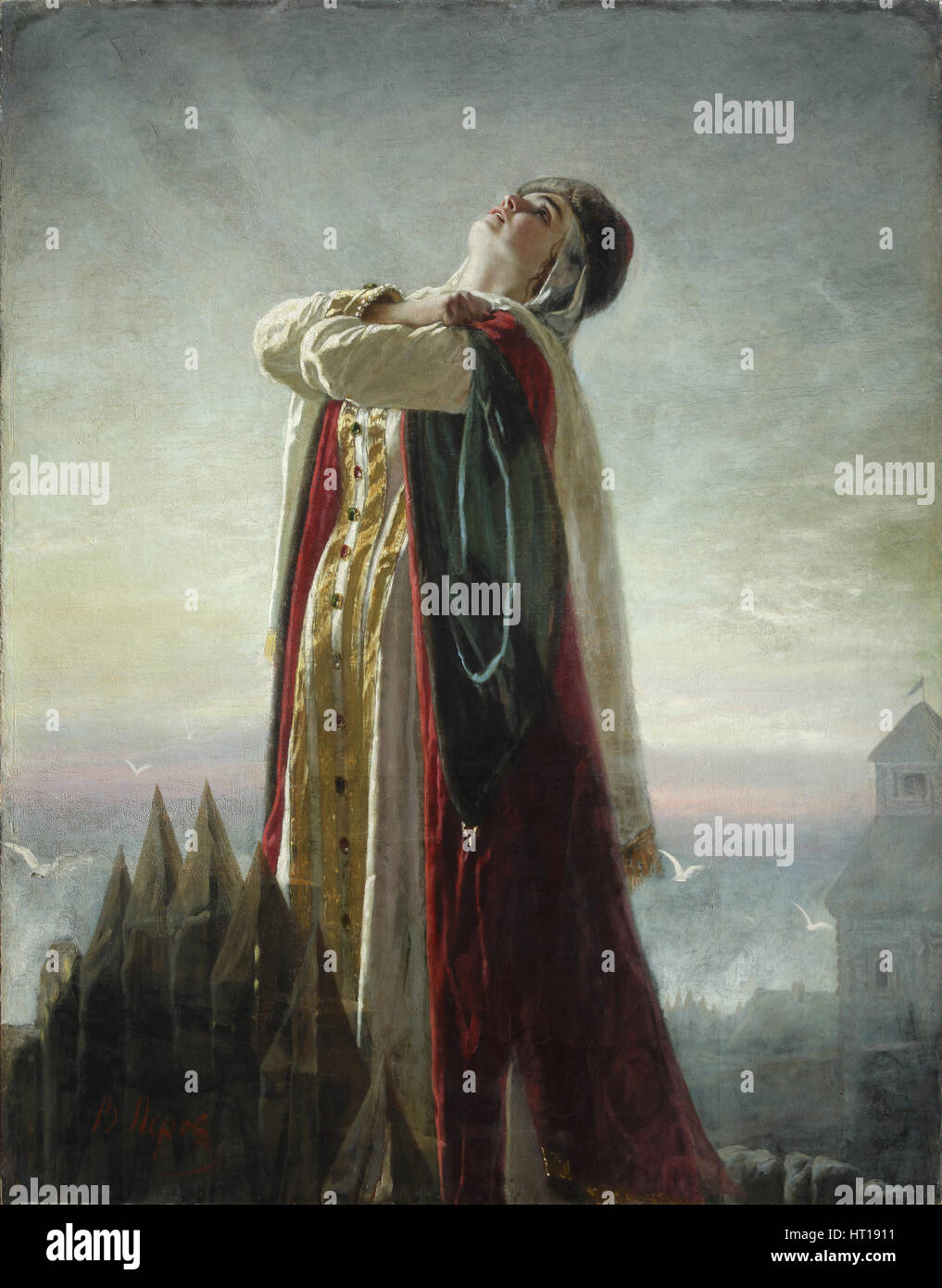 Yaroslavna's Lament, 1880. Artist: Perov, Vasili Grigoryevich (1834-1882) Stock Photohttps://www.alamy.com/image-license-details/?v=1https://www.alamy.com/stock-photo-yaroslavnas-lament-1880-artist-perov-vasili-grigoryevich-1834-1882-135253357.html
Yaroslavna's Lament, 1880. Artist: Perov, Vasili Grigoryevich (1834-1882) Stock Photohttps://www.alamy.com/image-license-details/?v=1https://www.alamy.com/stock-photo-yaroslavnas-lament-1880-artist-perov-vasili-grigoryevich-1834-1882-135253357.htmlRMHT1911–Yaroslavna's Lament, 1880. Artist: Perov, Vasili Grigoryevich (1834-1882)
 . Čeština: Listina Alžběty Kumánské . 1896. Szilágyi Sándor 41 Alzbeta Kum listina Stock Photohttps://www.alamy.com/image-license-details/?v=1https://www.alamy.com/etina-listina-albty-kumnsk-1896-szilgyi-sndor-41-alzbeta-kum-listina-image187635869.html
. Čeština: Listina Alžběty Kumánské . 1896. Szilágyi Sándor 41 Alzbeta Kum listina Stock Photohttps://www.alamy.com/image-license-details/?v=1https://www.alamy.com/etina-listina-albty-kumnsk-1896-szilgyi-sndor-41-alzbeta-kum-listina-image187635869.htmlRMMW7FD1–. Čeština: Listina Alžběty Kumánské . 1896. Szilágyi Sándor 41 Alzbeta Kum listina
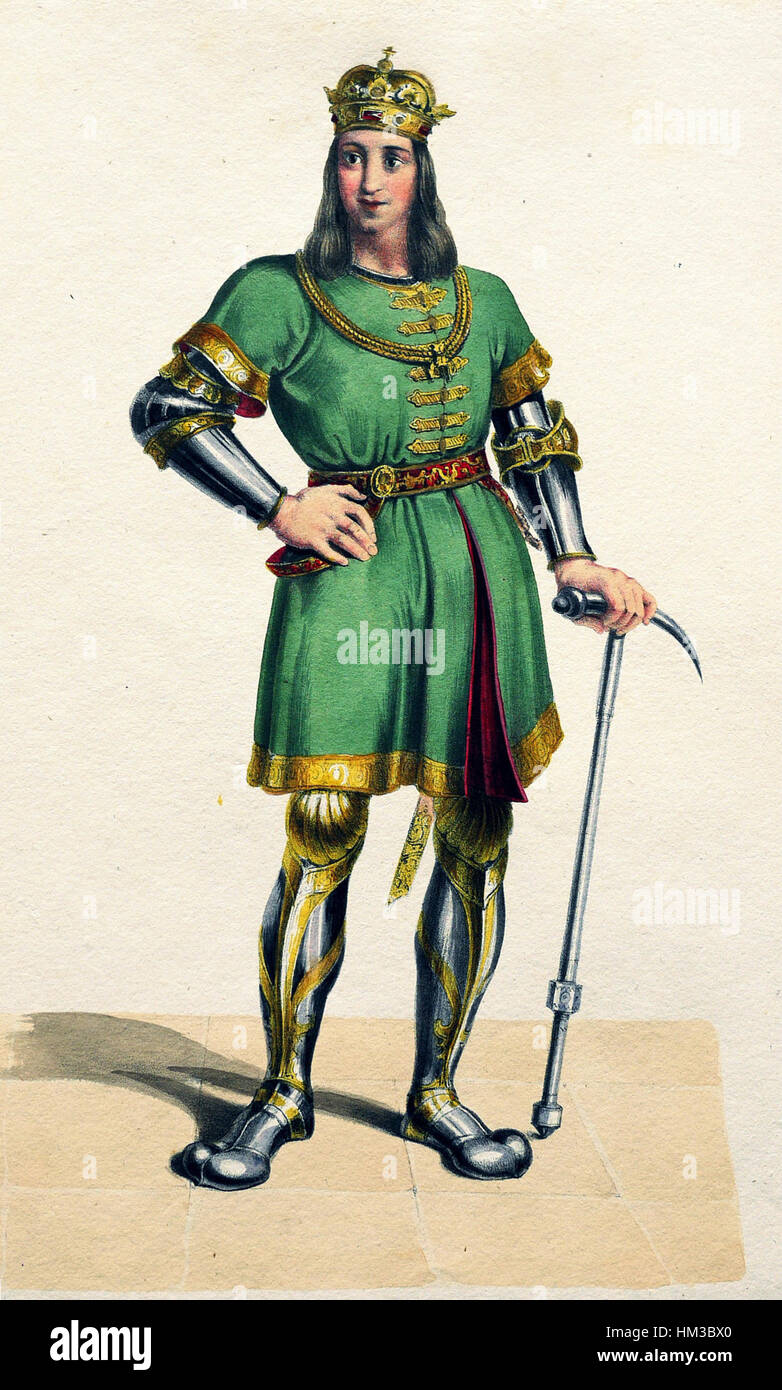 This lithograph of Ladislaus IV, King of Hungary, presents a historical view of the medieval ruler. Known as Ladislaus the Cuman, he reigned from 1272 to 1290 and was notable for his efforts to maintain order and deal with external threats to the kingdom. Stock Photohttps://www.alamy.com/image-license-details/?v=1https://www.alamy.com/stock-photo-this-lithograph-of-ladislaus-iv-king-of-hungary-presents-a-historical-132840904.html
This lithograph of Ladislaus IV, King of Hungary, presents a historical view of the medieval ruler. Known as Ladislaus the Cuman, he reigned from 1272 to 1290 and was notable for his efforts to maintain order and deal with external threats to the kingdom. Stock Photohttps://www.alamy.com/image-license-details/?v=1https://www.alamy.com/stock-photo-this-lithograph-of-ladislaus-iv-king-of-hungary-presents-a-historical-132840904.htmlRMHM3BX0–This lithograph of Ladislaus IV, King of Hungary, presents a historical view of the medieval ruler. Known as Ladislaus the Cuman, he reigned from 1272 to 1290 and was notable for his efforts to maintain order and deal with external threats to the kingdom.
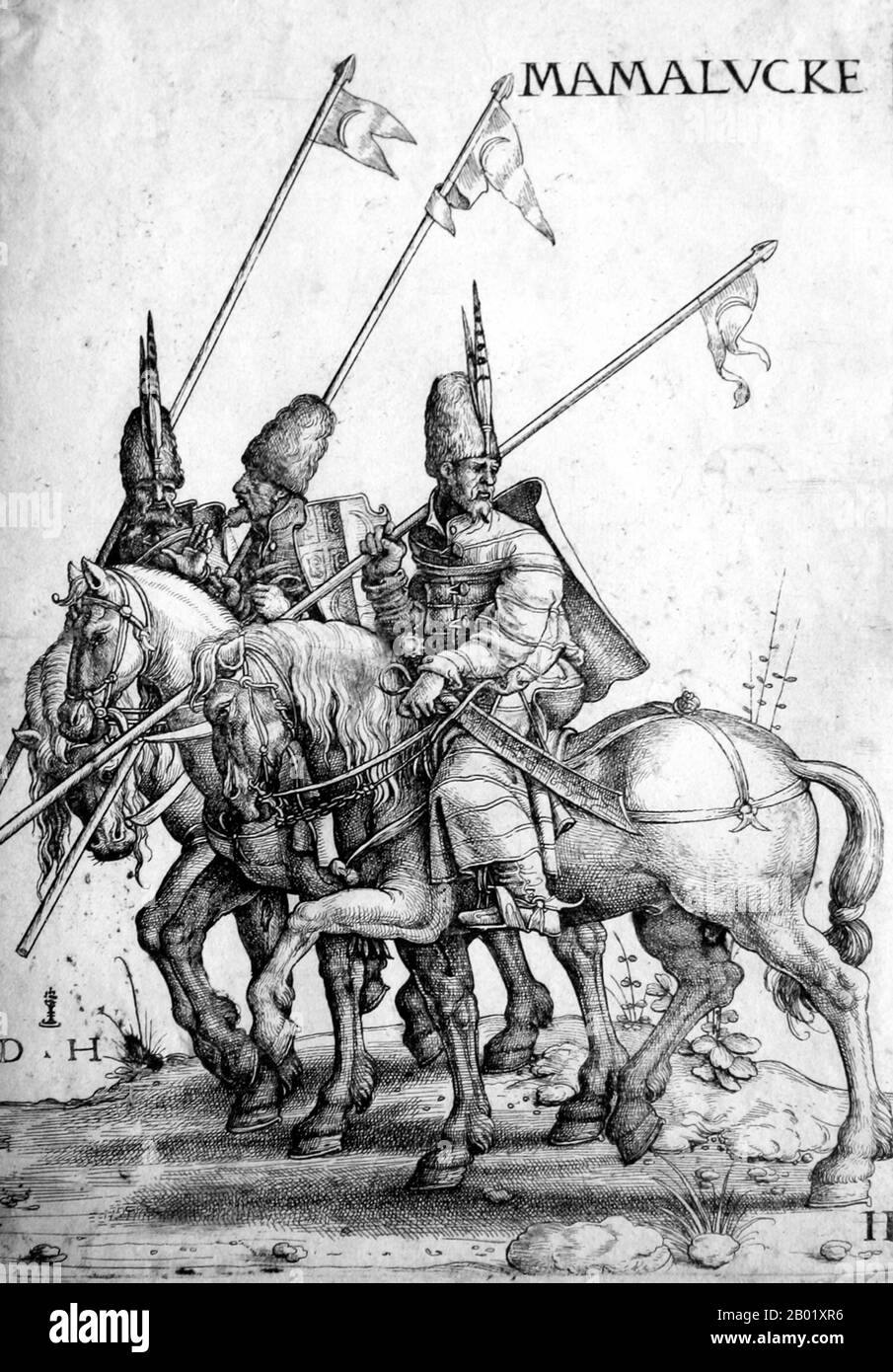 Egypt/Syria: Three Mamluks on horseback carrying lances. Etching by Daniel Hopfer (1470-1536), c. 1526-1536. Mamluk (mamālīk plural), 'owned'; also called Mamlouk, Kölemen, Mamluq, Mamluke, Mameluk, Mameluke, Mamaluke or Marmeluke. A Mamluk is a soldier of slave origin, predominantly Cuman or Kipchak and later Circassian and Georgian. The 'Mamluk phenomenon', as David Ayalon dubbed the creation of the specific warrior class, was of great political importance and was extraordinarily long-lived, lasting from the 9th to the 19th century CE. Over time, Mamluks became a powerful military caste. Stock Photohttps://www.alamy.com/image-license-details/?v=1https://www.alamy.com/egyptsyria-three-mamluks-on-horseback-carrying-lances-etching-by-daniel-hopfer-1470-1536-c-1526-1536-mamluk-mamlk-plural-owned-also-called-mamlouk-klemen-mamluq-mamluke-mameluk-mameluke-mamaluke-or-marmeluke-a-mamluk-is-a-soldier-of-slave-origin-predominantly-cuman-or-kipchak-and-later-circassian-and-georgian-the-mamluk-phenomenon-as-david-ayalon-dubbed-the-creation-of-the-specific-warrior-class-was-of-great-political-importance-and-was-extraordinarily-long-lived-lasting-from-the-9th-to-the-19th-century-ce-over-time-mamluks-became-a-powerful-military-caste-image344250346.html
Egypt/Syria: Three Mamluks on horseback carrying lances. Etching by Daniel Hopfer (1470-1536), c. 1526-1536. Mamluk (mamālīk plural), 'owned'; also called Mamlouk, Kölemen, Mamluq, Mamluke, Mameluk, Mameluke, Mamaluke or Marmeluke. A Mamluk is a soldier of slave origin, predominantly Cuman or Kipchak and later Circassian and Georgian. The 'Mamluk phenomenon', as David Ayalon dubbed the creation of the specific warrior class, was of great political importance and was extraordinarily long-lived, lasting from the 9th to the 19th century CE. Over time, Mamluks became a powerful military caste. Stock Photohttps://www.alamy.com/image-license-details/?v=1https://www.alamy.com/egyptsyria-three-mamluks-on-horseback-carrying-lances-etching-by-daniel-hopfer-1470-1536-c-1526-1536-mamluk-mamlk-plural-owned-also-called-mamlouk-klemen-mamluq-mamluke-mameluk-mameluke-mamaluke-or-marmeluke-a-mamluk-is-a-soldier-of-slave-origin-predominantly-cuman-or-kipchak-and-later-circassian-and-georgian-the-mamluk-phenomenon-as-david-ayalon-dubbed-the-creation-of-the-specific-warrior-class-was-of-great-political-importance-and-was-extraordinarily-long-lived-lasting-from-the-9th-to-the-19th-century-ce-over-time-mamluks-became-a-powerful-military-caste-image344250346.htmlRM2B01XR6–Egypt/Syria: Three Mamluks on horseback carrying lances. Etching by Daniel Hopfer (1470-1536), c. 1526-1536. Mamluk (mamālīk plural), 'owned'; also called Mamlouk, Kölemen, Mamluq, Mamluke, Mameluk, Mameluke, Mamaluke or Marmeluke. A Mamluk is a soldier of slave origin, predominantly Cuman or Kipchak and later Circassian and Georgian. The 'Mamluk phenomenon', as David Ayalon dubbed the creation of the specific warrior class, was of great political importance and was extraordinarily long-lived, lasting from the 9th to the 19th century CE. Over time, Mamluks became a powerful military caste.
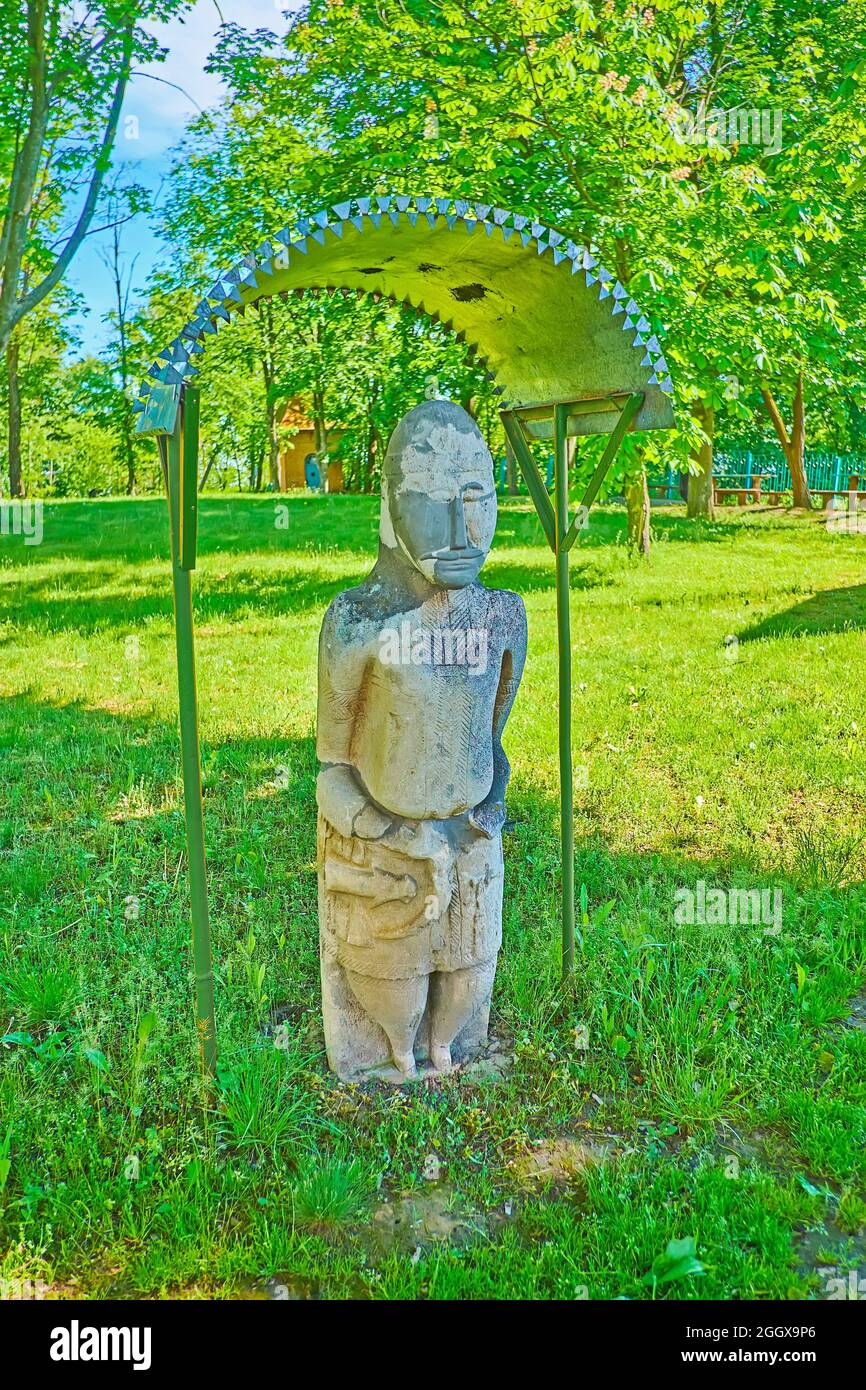 The ruins of the anicent Cuman statue of a warrior, located in Pereiaslav Scansen, Ukraine Stock Photohttps://www.alamy.com/image-license-details/?v=1https://www.alamy.com/the-ruins-of-the-anicent-cuman-statue-of-a-warrior-located-in-pereiaslav-scansen-ukraine-image440672126.html
The ruins of the anicent Cuman statue of a warrior, located in Pereiaslav Scansen, Ukraine Stock Photohttps://www.alamy.com/image-license-details/?v=1https://www.alamy.com/the-ruins-of-the-anicent-cuman-statue-of-a-warrior-located-in-pereiaslav-scansen-ukraine-image440672126.htmlRF2GGX9P6–The ruins of the anicent Cuman statue of a warrior, located in Pereiaslav Scansen, Ukraine
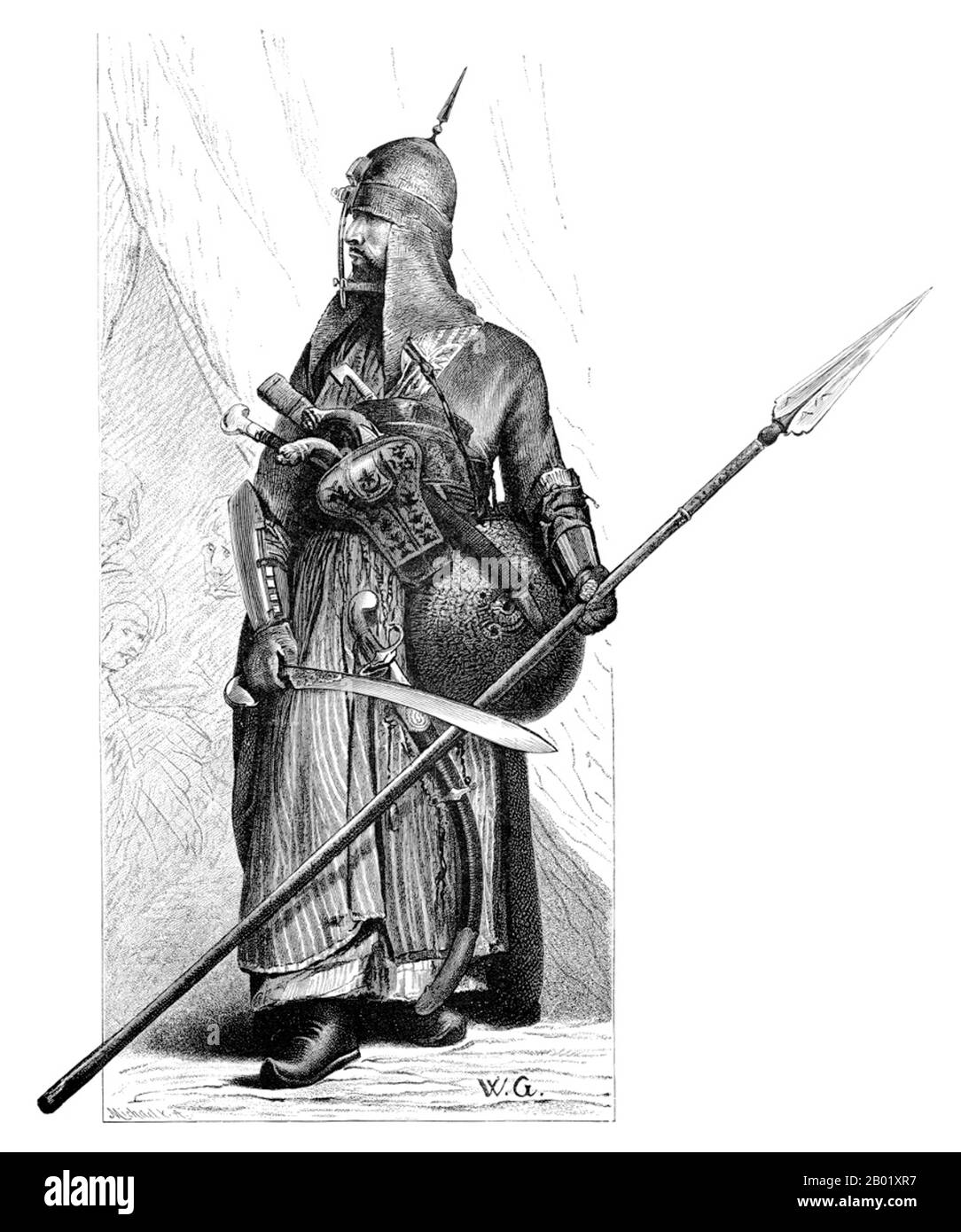 Egypt/Syria: A Mamluk soldier in full armour. Illustration by Georg Moritz Ebers (1837-1898), 1878. Mamluk (mamālīk plural), 'owned'; also called Mamlouk, Kölemen, Mamluq, Mamluke, Mameluk, Mameluke, Mamaluke or Marmeluke. A Mamluk is a soldier of slave origin, predominantly Cuman or Kipchak and later Circassian and Georgian. The 'Mamluk phenomenon', as David Ayalon dubbed the creation of the specific warrior class, was of great political importance and was extraordinarily long-lived, lasting from the 9th to the 19th century CE. Over time, Mamluks became a powerful military caste. Stock Photohttps://www.alamy.com/image-license-details/?v=1https://www.alamy.com/egyptsyria-a-mamluk-soldier-in-full-armour-illustration-by-georg-moritz-ebers-1837-1898-1878-mamluk-mamlk-plural-owned-also-called-mamlouk-klemen-mamluq-mamluke-mameluk-mameluke-mamaluke-or-marmeluke-a-mamluk-is-a-soldier-of-slave-origin-predominantly-cuman-or-kipchak-and-later-circassian-and-georgian-the-mamluk-phenomenon-as-david-ayalon-dubbed-the-creation-of-the-specific-warrior-class-was-of-great-political-importance-and-was-extraordinarily-long-lived-lasting-from-the-9th-to-the-19th-century-ce-over-time-mamluks-became-a-powerful-military-caste-image344250347.html
Egypt/Syria: A Mamluk soldier in full armour. Illustration by Georg Moritz Ebers (1837-1898), 1878. Mamluk (mamālīk plural), 'owned'; also called Mamlouk, Kölemen, Mamluq, Mamluke, Mameluk, Mameluke, Mamaluke or Marmeluke. A Mamluk is a soldier of slave origin, predominantly Cuman or Kipchak and later Circassian and Georgian. The 'Mamluk phenomenon', as David Ayalon dubbed the creation of the specific warrior class, was of great political importance and was extraordinarily long-lived, lasting from the 9th to the 19th century CE. Over time, Mamluks became a powerful military caste. Stock Photohttps://www.alamy.com/image-license-details/?v=1https://www.alamy.com/egyptsyria-a-mamluk-soldier-in-full-armour-illustration-by-georg-moritz-ebers-1837-1898-1878-mamluk-mamlk-plural-owned-also-called-mamlouk-klemen-mamluq-mamluke-mameluk-mameluke-mamaluke-or-marmeluke-a-mamluk-is-a-soldier-of-slave-origin-predominantly-cuman-or-kipchak-and-later-circassian-and-georgian-the-mamluk-phenomenon-as-david-ayalon-dubbed-the-creation-of-the-specific-warrior-class-was-of-great-political-importance-and-was-extraordinarily-long-lived-lasting-from-the-9th-to-the-19th-century-ce-over-time-mamluks-became-a-powerful-military-caste-image344250347.htmlRM2B01XR7–Egypt/Syria: A Mamluk soldier in full armour. Illustration by Georg Moritz Ebers (1837-1898), 1878. Mamluk (mamālīk plural), 'owned'; also called Mamlouk, Kölemen, Mamluq, Mamluke, Mameluk, Mameluke, Mamaluke or Marmeluke. A Mamluk is a soldier of slave origin, predominantly Cuman or Kipchak and later Circassian and Georgian. The 'Mamluk phenomenon', as David Ayalon dubbed the creation of the specific warrior class, was of great political importance and was extraordinarily long-lived, lasting from the 9th to the 19th century CE. Over time, Mamluks became a powerful military caste.
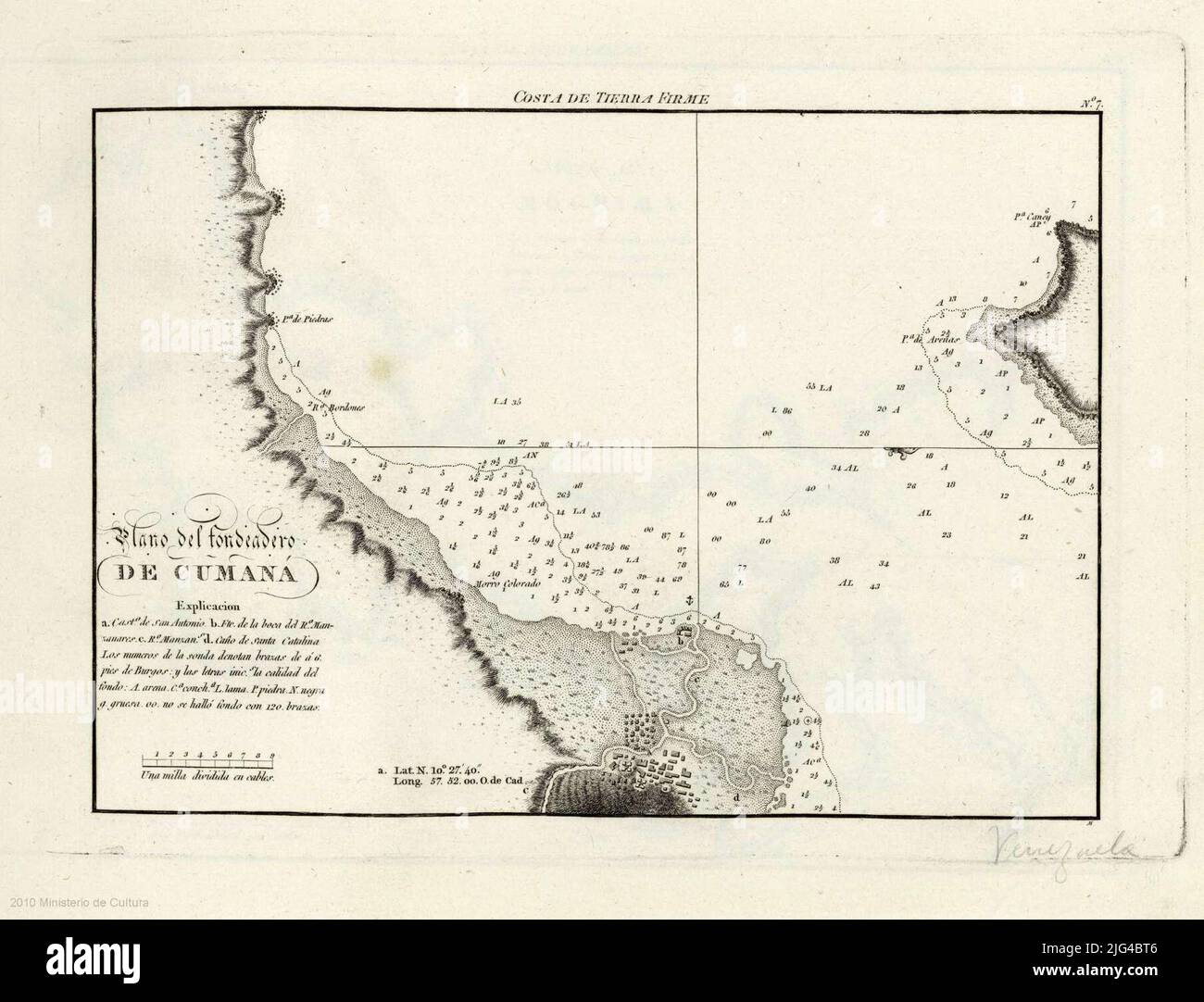 Cumaná's anchorage plan. It presents the anchorage and the plane of the city coordinates referring to the meridian of Cádiz. Oriented with average Lis Relief of coast represented by shading indicates batimetric probes notes that the probe numbers are 6 feet fathoms of Burgos and the marine background quality ratio of fortifications and geographical accidents indicated by alphabetical key Stock Photohttps://www.alamy.com/image-license-details/?v=1https://www.alamy.com/cumans-anchorage-plan-it-presents-the-anchorage-and-the-plane-of-the-city-coordinates-referring-to-the-meridian-of-cdiz-oriented-with-average-lis-relief-of-coast-represented-by-shading-indicates-batimetric-probes-notes-that-the-probe-numbers-are-6-feet-fathoms-of-burgos-and-the-marine-background-quality-ratio-of-fortifications-and-geographical-accidents-indicated-by-alphabetical-key-image474611542.html
Cumaná's anchorage plan. It presents the anchorage and the plane of the city coordinates referring to the meridian of Cádiz. Oriented with average Lis Relief of coast represented by shading indicates batimetric probes notes that the probe numbers are 6 feet fathoms of Burgos and the marine background quality ratio of fortifications and geographical accidents indicated by alphabetical key Stock Photohttps://www.alamy.com/image-license-details/?v=1https://www.alamy.com/cumans-anchorage-plan-it-presents-the-anchorage-and-the-plane-of-the-city-coordinates-referring-to-the-meridian-of-cdiz-oriented-with-average-lis-relief-of-coast-represented-by-shading-indicates-batimetric-probes-notes-that-the-probe-numbers-are-6-feet-fathoms-of-burgos-and-the-marine-background-quality-ratio-of-fortifications-and-geographical-accidents-indicated-by-alphabetical-key-image474611542.htmlRM2JG4BT6–Cumaná's anchorage plan. It presents the anchorage and the plane of the city coordinates referring to the meridian of Cádiz. Oriented with average Lis Relief of coast represented by shading indicates batimetric probes notes that the probe numbers are 6 feet fathoms of Burgos and the marine background quality ratio of fortifications and geographical accidents indicated by alphabetical key
 Italian club Napoli's goalkeeper Pacifico Cuman (centre) jumps high to clear a shot from Bangor City, despite the challenge from Bangor's Brown (behind), during their European Cup Winners' Cup first round replay football match at Highbury, London. * Jumping up behind Cuman is Bangor City's Jimmy McAllister, and right is Napoli's Giovanni Molino. Stock Photohttps://www.alamy.com/image-license-details/?v=1https://www.alamy.com/stock-photo-italian-club-napolis-goalkeeper-pacifico-cuman-centre-jumps-high-to-106519086.html
Italian club Napoli's goalkeeper Pacifico Cuman (centre) jumps high to clear a shot from Bangor City, despite the challenge from Bangor's Brown (behind), during their European Cup Winners' Cup first round replay football match at Highbury, London. * Jumping up behind Cuman is Bangor City's Jimmy McAllister, and right is Napoli's Giovanni Molino. Stock Photohttps://www.alamy.com/image-license-details/?v=1https://www.alamy.com/stock-photo-italian-club-napolis-goalkeeper-pacifico-cuman-centre-jumps-high-to-106519086.htmlRMG58A52–Italian club Napoli's goalkeeper Pacifico Cuman (centre) jumps high to clear a shot from Bangor City, despite the challenge from Bangor's Brown (behind), during their European Cup Winners' Cup first round replay football match at Highbury, London. * Jumping up behind Cuman is Bangor City's Jimmy McAllister, and right is Napoli's Giovanni Molino.
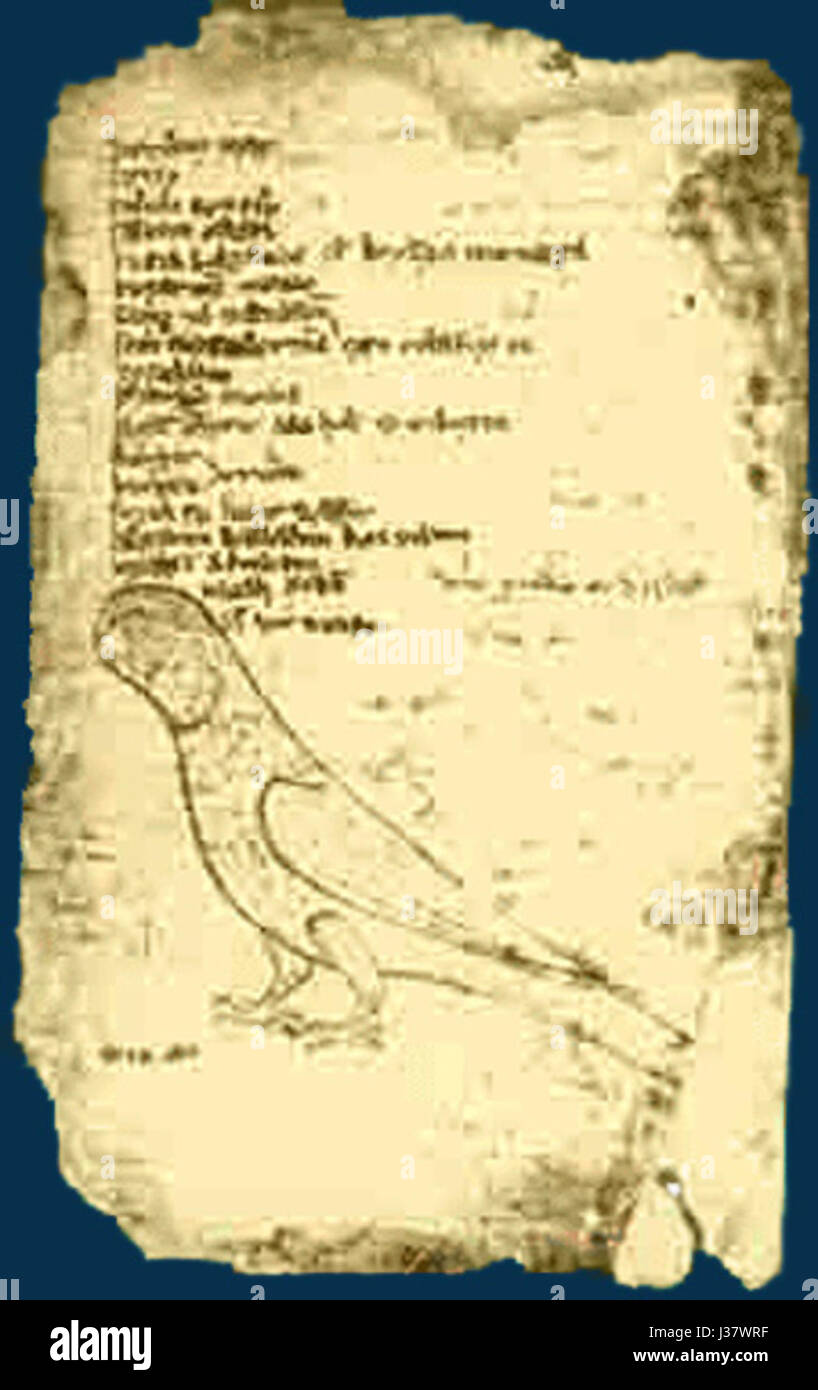 The 'Codex Cumanicus' is an important medieval manuscript containing linguistic and cultural information about the Cuman people, a Turkic ethnic group. It is a key resource for understanding the medieval Eurasian steppe and its cultures. Stock Photohttps://www.alamy.com/image-license-details/?v=1https://www.alamy.com/stock-photo-the-codex-cumanicus-is-an-important-medieval-manuscript-containing-139700835.html
The 'Codex Cumanicus' is an important medieval manuscript containing linguistic and cultural information about the Cuman people, a Turkic ethnic group. It is a key resource for understanding the medieval Eurasian steppe and its cultures. Stock Photohttps://www.alamy.com/image-license-details/?v=1https://www.alamy.com/stock-photo-the-codex-cumanicus-is-an-important-medieval-manuscript-containing-139700835.htmlRMJ37WRF–The 'Codex Cumanicus' is an important medieval manuscript containing linguistic and cultural information about the Cuman people, a Turkic ethnic group. It is a key resource for understanding the medieval Eurasian steppe and its cultures.
 Sandstone Cuman stone figures of men and women Stock Photohttps://www.alamy.com/image-license-details/?v=1https://www.alamy.com/sandstone-cuman-stone-figures-of-men-and-women-image377040501.html
Sandstone Cuman stone figures of men and women Stock Photohttps://www.alamy.com/image-license-details/?v=1https://www.alamy.com/sandstone-cuman-stone-figures-of-men-and-women-image377040501.htmlRM2CWBK05–Sandstone Cuman stone figures of men and women
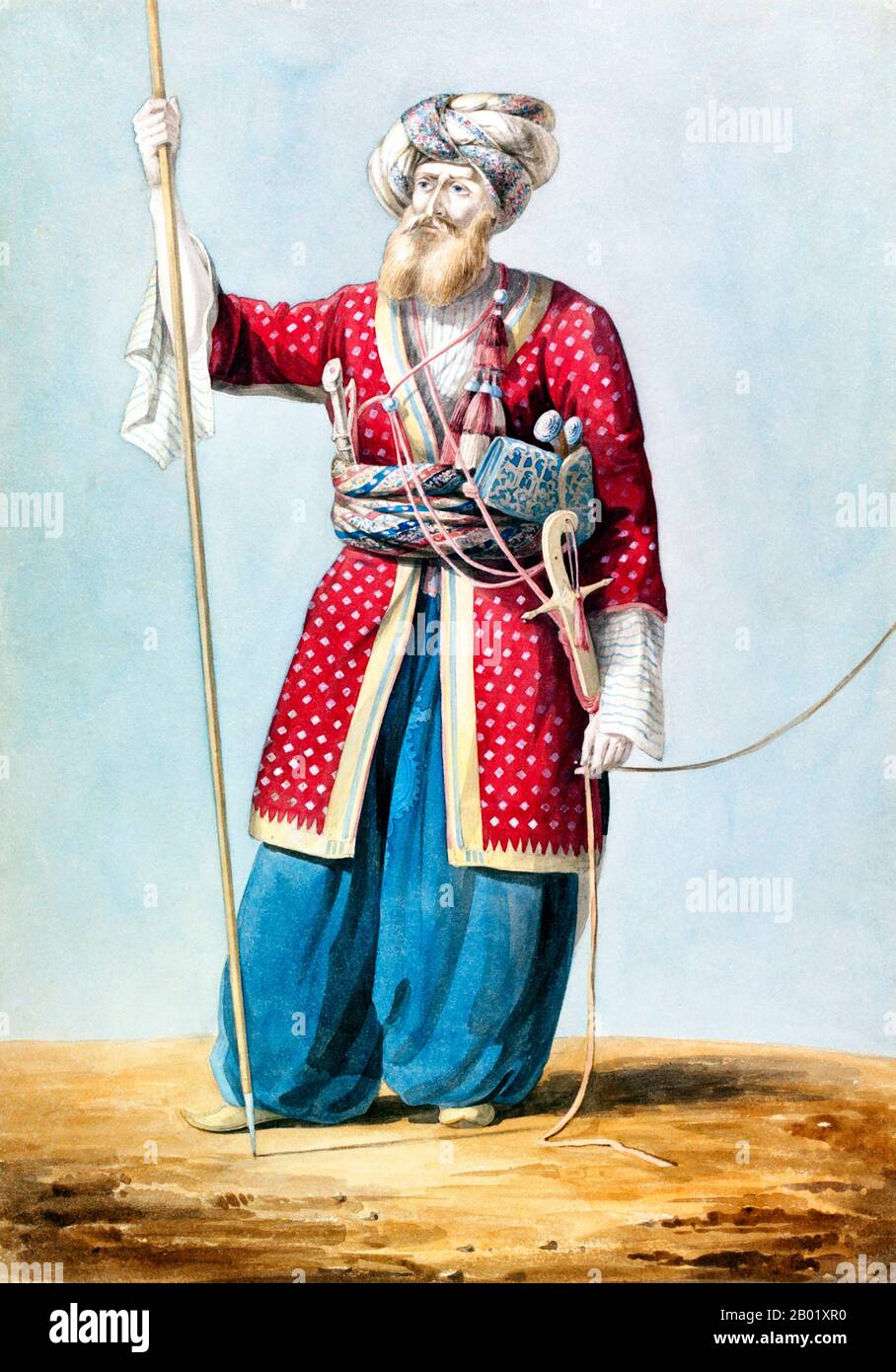 Syria/Turkey: A Mamluk soldier from Aleppo. Watercolour painting by William Page (1794-1872), c. 1816-1824. Mamluk (mamālīk plural), 'owned'; also called Mamlouk, Kölemen, Mamluq, Mamluke, Mameluk, Mameluke, Mamaluke or Marmeluke. A Mamluk is a soldier of slave origin, predominantly Cuman or Kipchak and later Circassian and Georgian. The 'Mamluk phenomenon', as David Ayalon dubbed the creation of the specific warrior class, was of great political importance and was extraordinarily long-lived, lasting from the 9th to the 19th century CE. Over time, Mamluks became a powerful military caste. Stock Photohttps://www.alamy.com/image-license-details/?v=1https://www.alamy.com/syriaturkey-a-mamluk-soldier-from-aleppo-watercolour-painting-by-william-page-1794-1872-c-1816-1824-mamluk-mamlk-plural-owned-also-called-mamlouk-klemen-mamluq-mamluke-mameluk-mameluke-mamaluke-or-marmeluke-a-mamluk-is-a-soldier-of-slave-origin-predominantly-cuman-or-kipchak-and-later-circassian-and-georgian-the-mamluk-phenomenon-as-david-ayalon-dubbed-the-creation-of-the-specific-warrior-class-was-of-great-political-importance-and-was-extraordinarily-long-lived-lasting-from-the-9th-to-the-19th-century-ce-over-time-mamluks-became-a-powerful-military-caste-image344250340.html
Syria/Turkey: A Mamluk soldier from Aleppo. Watercolour painting by William Page (1794-1872), c. 1816-1824. Mamluk (mamālīk plural), 'owned'; also called Mamlouk, Kölemen, Mamluq, Mamluke, Mameluk, Mameluke, Mamaluke or Marmeluke. A Mamluk is a soldier of slave origin, predominantly Cuman or Kipchak and later Circassian and Georgian. The 'Mamluk phenomenon', as David Ayalon dubbed the creation of the specific warrior class, was of great political importance and was extraordinarily long-lived, lasting from the 9th to the 19th century CE. Over time, Mamluks became a powerful military caste. Stock Photohttps://www.alamy.com/image-license-details/?v=1https://www.alamy.com/syriaturkey-a-mamluk-soldier-from-aleppo-watercolour-painting-by-william-page-1794-1872-c-1816-1824-mamluk-mamlk-plural-owned-also-called-mamlouk-klemen-mamluq-mamluke-mameluk-mameluke-mamaluke-or-marmeluke-a-mamluk-is-a-soldier-of-slave-origin-predominantly-cuman-or-kipchak-and-later-circassian-and-georgian-the-mamluk-phenomenon-as-david-ayalon-dubbed-the-creation-of-the-specific-warrior-class-was-of-great-political-importance-and-was-extraordinarily-long-lived-lasting-from-the-9th-to-the-19th-century-ce-over-time-mamluks-became-a-powerful-military-caste-image344250340.htmlRM2B01XR0–Syria/Turkey: A Mamluk soldier from Aleppo. Watercolour painting by William Page (1794-1872), c. 1816-1824. Mamluk (mamālīk plural), 'owned'; also called Mamlouk, Kölemen, Mamluq, Mamluke, Mameluk, Mameluke, Mamaluke or Marmeluke. A Mamluk is a soldier of slave origin, predominantly Cuman or Kipchak and later Circassian and Georgian. The 'Mamluk phenomenon', as David Ayalon dubbed the creation of the specific warrior class, was of great political importance and was extraordinarily long-lived, lasting from the 9th to the 19th century CE. Over time, Mamluks became a powerful military caste.
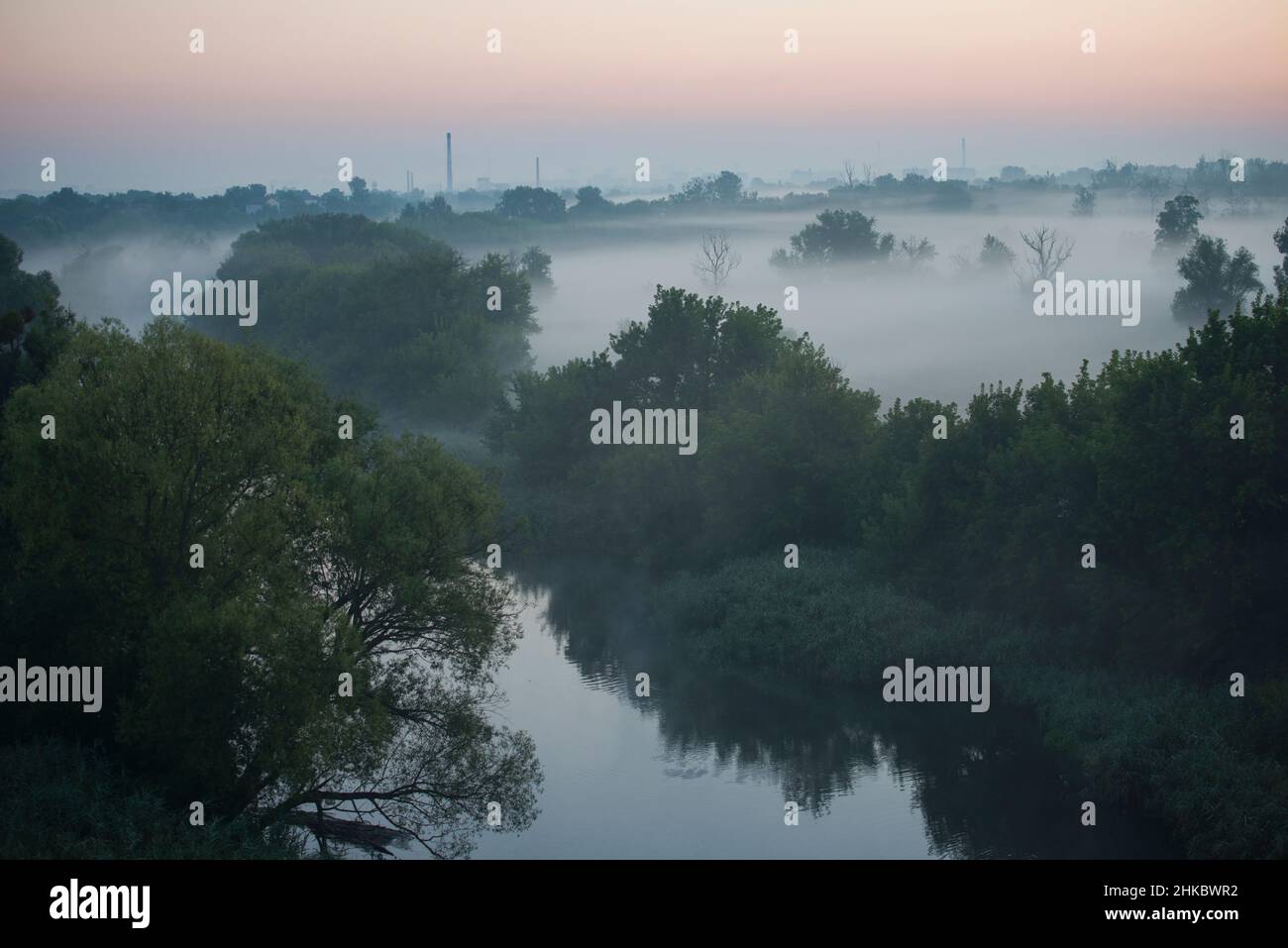 A view from the ancient castle Donec, a landmark in Kharkiv, Ukraine, which was visited by Prince Igor and John Smith (the 1-st American writer) Stock Photohttps://www.alamy.com/image-license-details/?v=1https://www.alamy.com/a-view-from-the-ancient-castle-donec-a-landmark-in-kharkiv-ukraine-which-was-visited-by-prince-igor-and-john-smith-the-1-st-american-writer-image459409750.html
A view from the ancient castle Donec, a landmark in Kharkiv, Ukraine, which was visited by Prince Igor and John Smith (the 1-st American writer) Stock Photohttps://www.alamy.com/image-license-details/?v=1https://www.alamy.com/a-view-from-the-ancient-castle-donec-a-landmark-in-kharkiv-ukraine-which-was-visited-by-prince-igor-and-john-smith-the-1-st-american-writer-image459409750.htmlRF2HKBWR2–A view from the ancient castle Donec, a landmark in Kharkiv, Ukraine, which was visited by Prince Igor and John Smith (the 1-st American writer)
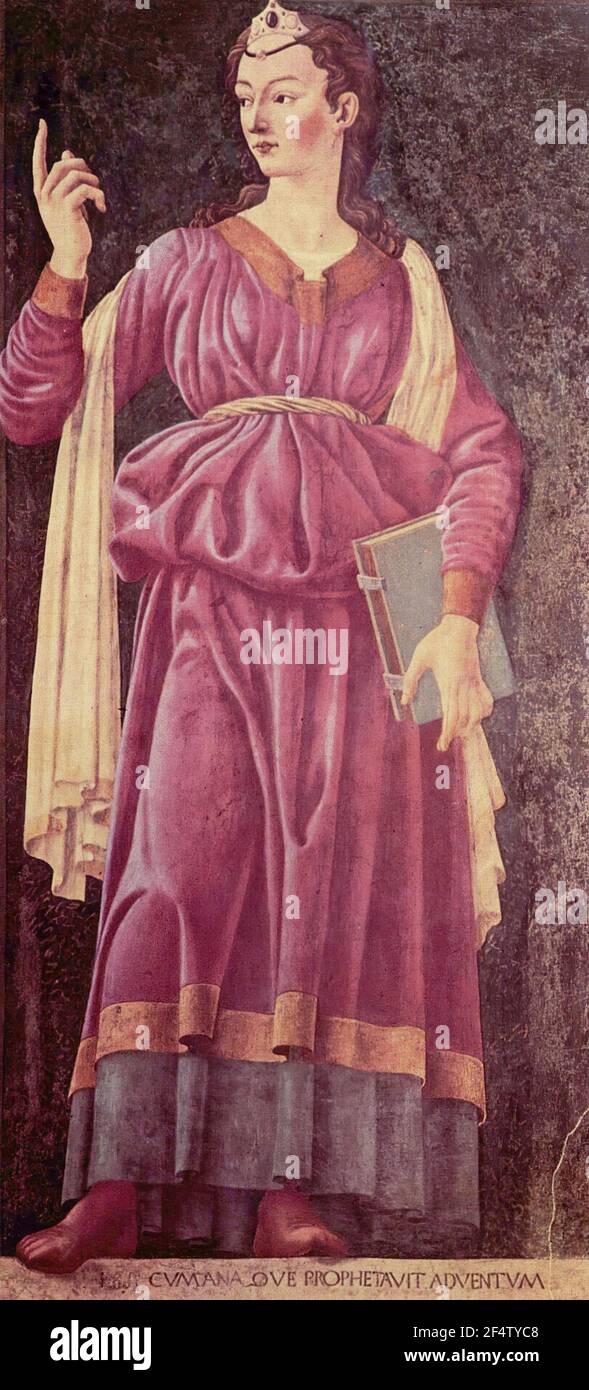 Andrea del Castagno - Cuman Sibyl C 1450 Stock Photohttps://www.alamy.com/image-license-details/?v=1https://www.alamy.com/andrea-del-castagno-cuman-sibyl-c-1450-image416055816.html
Andrea del Castagno - Cuman Sibyl C 1450 Stock Photohttps://www.alamy.com/image-license-details/?v=1https://www.alamy.com/andrea-del-castagno-cuman-sibyl-c-1450-image416055816.htmlRF2F4TYC8–Andrea del Castagno - Cuman Sibyl C 1450
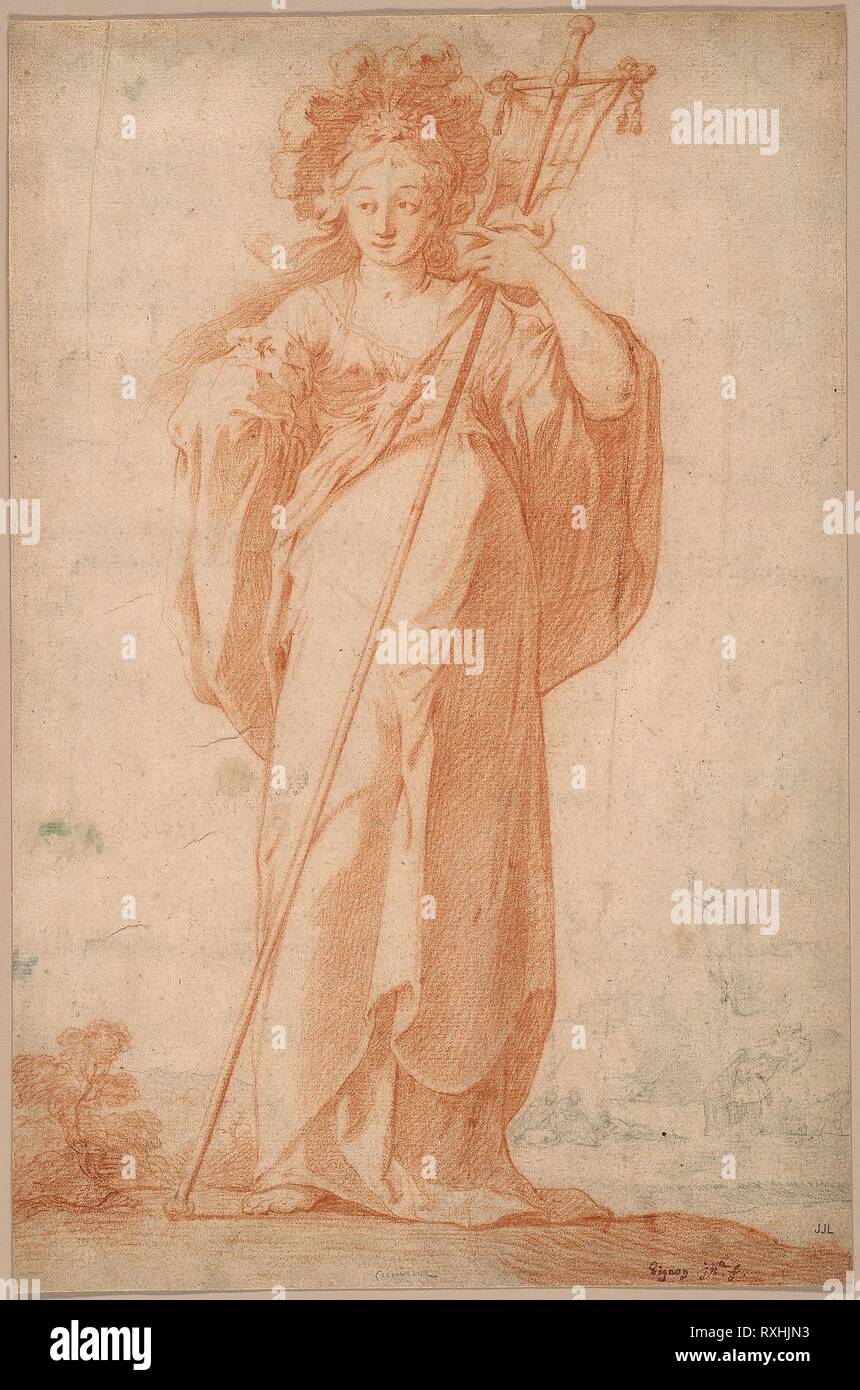 The Cuman Sibyl. Claude Vignon; French, 1593-1670. Date: 1625-1635. Dimensions: 320 × 219 mm. Sanguine and black chalk on paper. Origin: France. Museum: The Chicago Art Institute. Stock Photohttps://www.alamy.com/image-license-details/?v=1https://www.alamy.com/the-cuman-sibyl-claude-vignon-french-1593-1670-date-1625-1635-dimensions-320-219-mm-sanguine-and-black-chalk-on-paper-origin-france-museum-the-chicago-art-institute-image240103727.html
The Cuman Sibyl. Claude Vignon; French, 1593-1670. Date: 1625-1635. Dimensions: 320 × 219 mm. Sanguine and black chalk on paper. Origin: France. Museum: The Chicago Art Institute. Stock Photohttps://www.alamy.com/image-license-details/?v=1https://www.alamy.com/the-cuman-sibyl-claude-vignon-french-1593-1670-date-1625-1635-dimensions-320-219-mm-sanguine-and-black-chalk-on-paper-origin-france-museum-the-chicago-art-institute-image240103727.htmlRMRXHJN3–The Cuman Sibyl. Claude Vignon; French, 1593-1670. Date: 1625-1635. Dimensions: 320 × 219 mm. Sanguine and black chalk on paper. Origin: France. Museum: The Chicago Art Institute.
 The mill The mill object type: picture Item number: RP-P-1957-219Catalogusreferentie: New Hollstein Dutch and Flemish (Rembrandt text) 200-copy d Inscriptions / Brands: collector's mark, verso, stamped: Lugt 2228 collector's mark , verso, stamped: Lugt 2760 collector's mark , verso, stamped: Lugt 4071 collector's mark , verso, stamped: Lugt 1954 Manufacturer : printmaker Constantino Cumanonaar print by Rembrandt van Rijn Date: 1770 - 1803 Material: paper Technique: etching dimensions: sheet: h 150 mm (cut in the sheet edge) × b 210 mm (cut in the sheet edge) Subject: windmill in landscape and Stock Photohttps://www.alamy.com/image-license-details/?v=1https://www.alamy.com/the-mill-the-mill-object-type-picture-item-number-rp-p-1957-219catalogusreferentie-new-hollstein-dutch-and-flemish-rembrandt-text-200-copy-d-inscriptions-brands-collectors-mark-verso-stamped-lugt-2228-collectors-mark-verso-stamped-lugt-2760-collectors-mark-verso-stamped-lugt-4071-collectors-mark-verso-stamped-lugt-1954-manufacturer-printmaker-constantino-cumanonaar-print-by-rembrandt-van-rijn-date-1770-1803-material-paper-technique-etching-dimensions-sheet-h-150-mm-cut-in-the-sheet-edge-b-210-mm-cut-in-the-sheet-edge-subject-windmill-in-landscape-and-image348293558.html
The mill The mill object type: picture Item number: RP-P-1957-219Catalogusreferentie: New Hollstein Dutch and Flemish (Rembrandt text) 200-copy d Inscriptions / Brands: collector's mark, verso, stamped: Lugt 2228 collector's mark , verso, stamped: Lugt 2760 collector's mark , verso, stamped: Lugt 4071 collector's mark , verso, stamped: Lugt 1954 Manufacturer : printmaker Constantino Cumanonaar print by Rembrandt van Rijn Date: 1770 - 1803 Material: paper Technique: etching dimensions: sheet: h 150 mm (cut in the sheet edge) × b 210 mm (cut in the sheet edge) Subject: windmill in landscape and Stock Photohttps://www.alamy.com/image-license-details/?v=1https://www.alamy.com/the-mill-the-mill-object-type-picture-item-number-rp-p-1957-219catalogusreferentie-new-hollstein-dutch-and-flemish-rembrandt-text-200-copy-d-inscriptions-brands-collectors-mark-verso-stamped-lugt-2228-collectors-mark-verso-stamped-lugt-2760-collectors-mark-verso-stamped-lugt-4071-collectors-mark-verso-stamped-lugt-1954-manufacturer-printmaker-constantino-cumanonaar-print-by-rembrandt-van-rijn-date-1770-1803-material-paper-technique-etching-dimensions-sheet-h-150-mm-cut-in-the-sheet-edge-b-210-mm-cut-in-the-sheet-edge-subject-windmill-in-landscape-and-image348293558.htmlRM2B6J3YJ–The mill The mill object type: picture Item number: RP-P-1957-219Catalogusreferentie: New Hollstein Dutch and Flemish (Rembrandt text) 200-copy d Inscriptions / Brands: collector's mark, verso, stamped: Lugt 2228 collector's mark , verso, stamped: Lugt 2760 collector's mark , verso, stamped: Lugt 4071 collector's mark , verso, stamped: Lugt 1954 Manufacturer : printmaker Constantino Cumanonaar print by Rembrandt van Rijn Date: 1770 - 1803 Material: paper Technique: etching dimensions: sheet: h 150 mm (cut in the sheet edge) × b 210 mm (cut in the sheet edge) Subject: windmill in landscape and
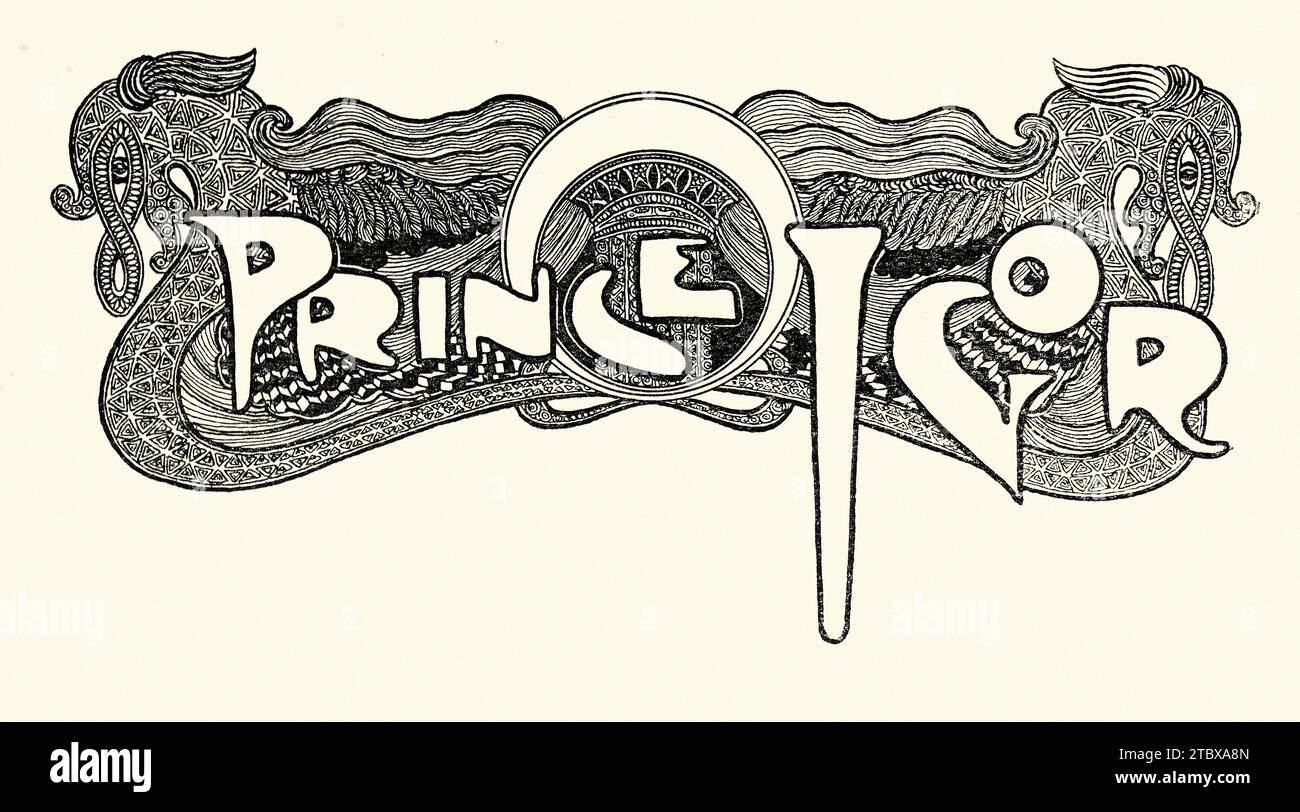 Title for the Opera ballet Prince Igor which recounts the campaign of the 12th-century prince Igor Svyatoslavich against the invading Cuman Stock Photohttps://www.alamy.com/image-license-details/?v=1https://www.alamy.com/title-for-the-opera-ballet-prince-igor-which-recounts-the-campaign-of-the-12th-century-prince-igor-svyatoslavich-against-the-invading-cuman-image575282197.html
Title for the Opera ballet Prince Igor which recounts the campaign of the 12th-century prince Igor Svyatoslavich against the invading Cuman Stock Photohttps://www.alamy.com/image-license-details/?v=1https://www.alamy.com/title-for-the-opera-ballet-prince-igor-which-recounts-the-campaign-of-the-12th-century-prince-igor-svyatoslavich-against-the-invading-cuman-image575282197.htmlRM2TBXA8N–Title for the Opera ballet Prince Igor which recounts the campaign of the 12th-century prince Igor Svyatoslavich against the invading Cuman
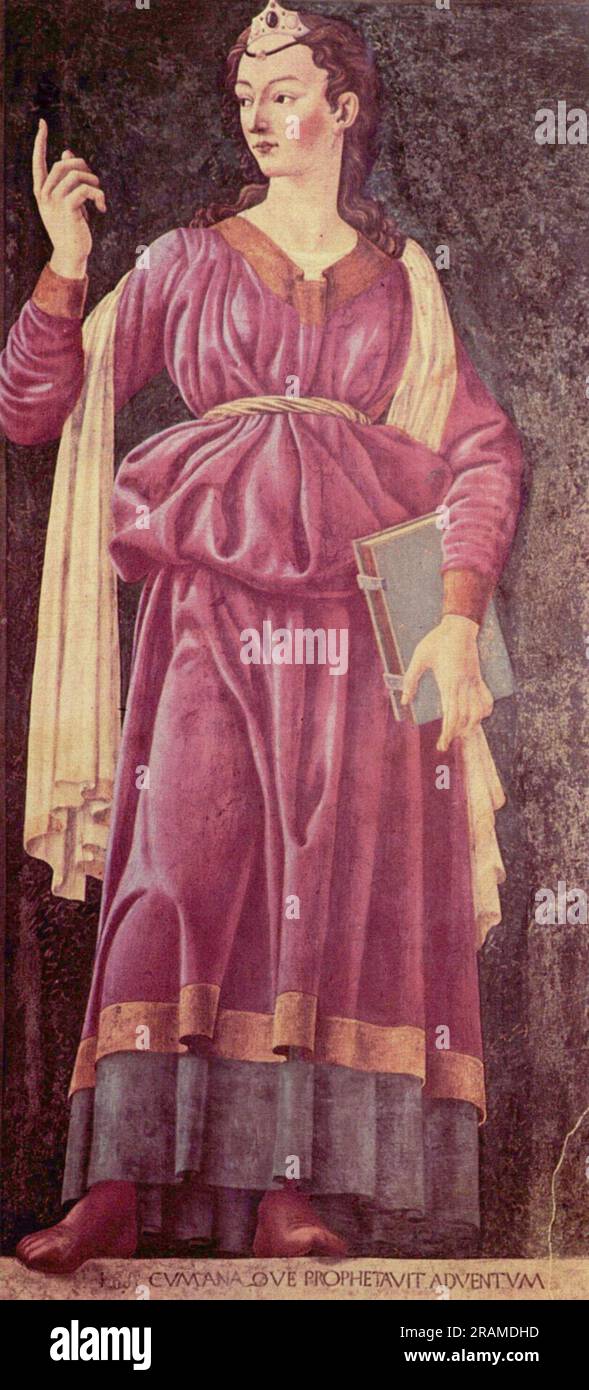 The Cuman Sibyl c.1450; Italy by Andrea del Castagno Stock Photohttps://www.alamy.com/image-license-details/?v=1https://www.alamy.com/the-cuman-sibyl-c1450-italy-by-andrea-del-castagno-image557328057.html
The Cuman Sibyl c.1450; Italy by Andrea del Castagno Stock Photohttps://www.alamy.com/image-license-details/?v=1https://www.alamy.com/the-cuman-sibyl-c1450-italy-by-andrea-del-castagno-image557328057.htmlRM2RAMDHD–The Cuman Sibyl c.1450; Italy by Andrea del Castagno
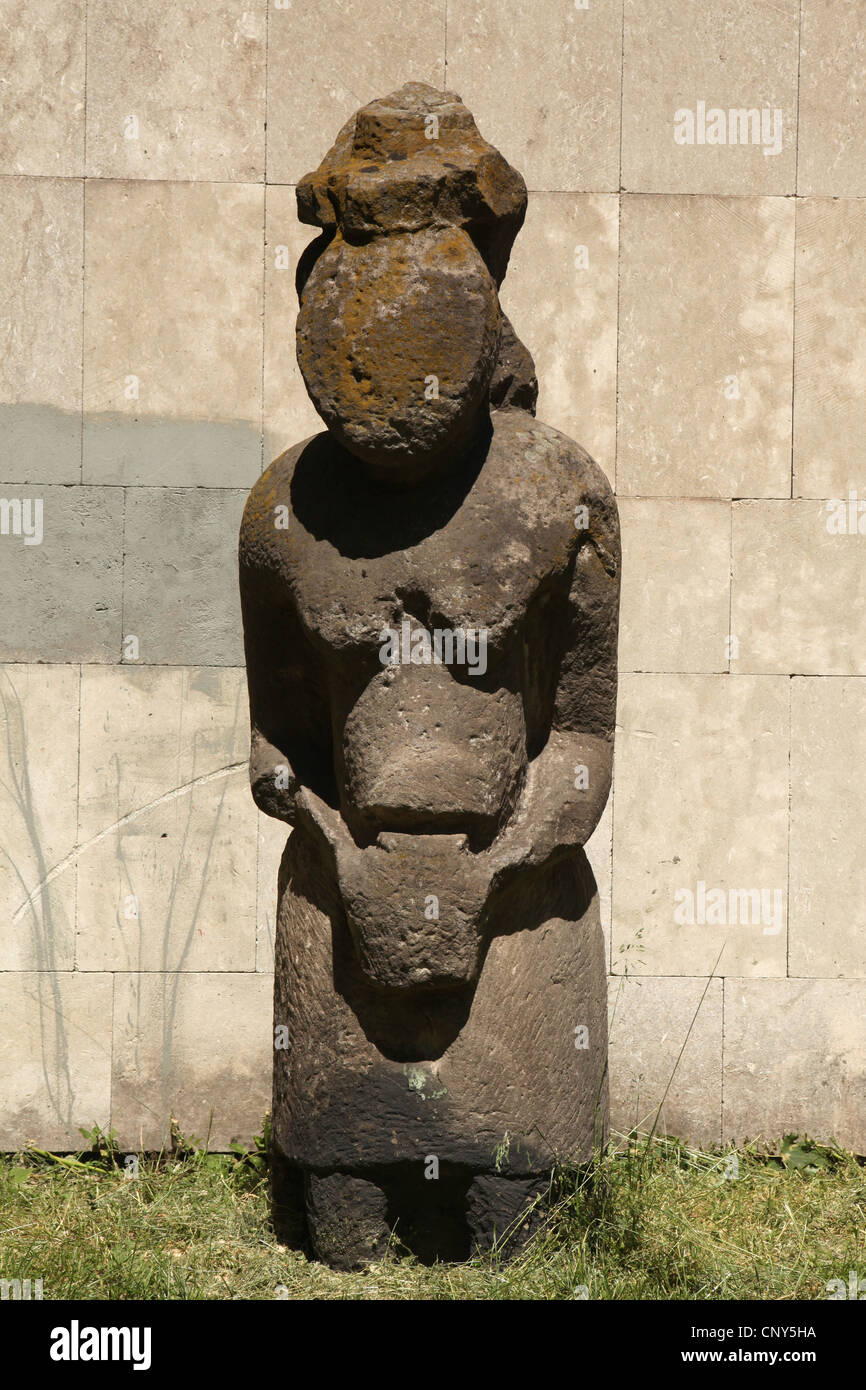 Kipchak stone statue known as the Stony Woman exhibited in front of the Historical Museum in Dnipro (Dnipropetrovsk), Ukraine. Stock Photohttps://www.alamy.com/image-license-details/?v=1https://www.alamy.com/stock-photo-kipchak-stone-statue-known-as-the-stony-woman-exhibited-in-front-of-47925622.html
Kipchak stone statue known as the Stony Woman exhibited in front of the Historical Museum in Dnipro (Dnipropetrovsk), Ukraine. Stock Photohttps://www.alamy.com/image-license-details/?v=1https://www.alamy.com/stock-photo-kipchak-stone-statue-known-as-the-stony-woman-exhibited-in-front-of-47925622.htmlRMCNY5HA–Kipchak stone statue known as the Stony Woman exhibited in front of the Historical Museum in Dnipro (Dnipropetrovsk), Ukraine.
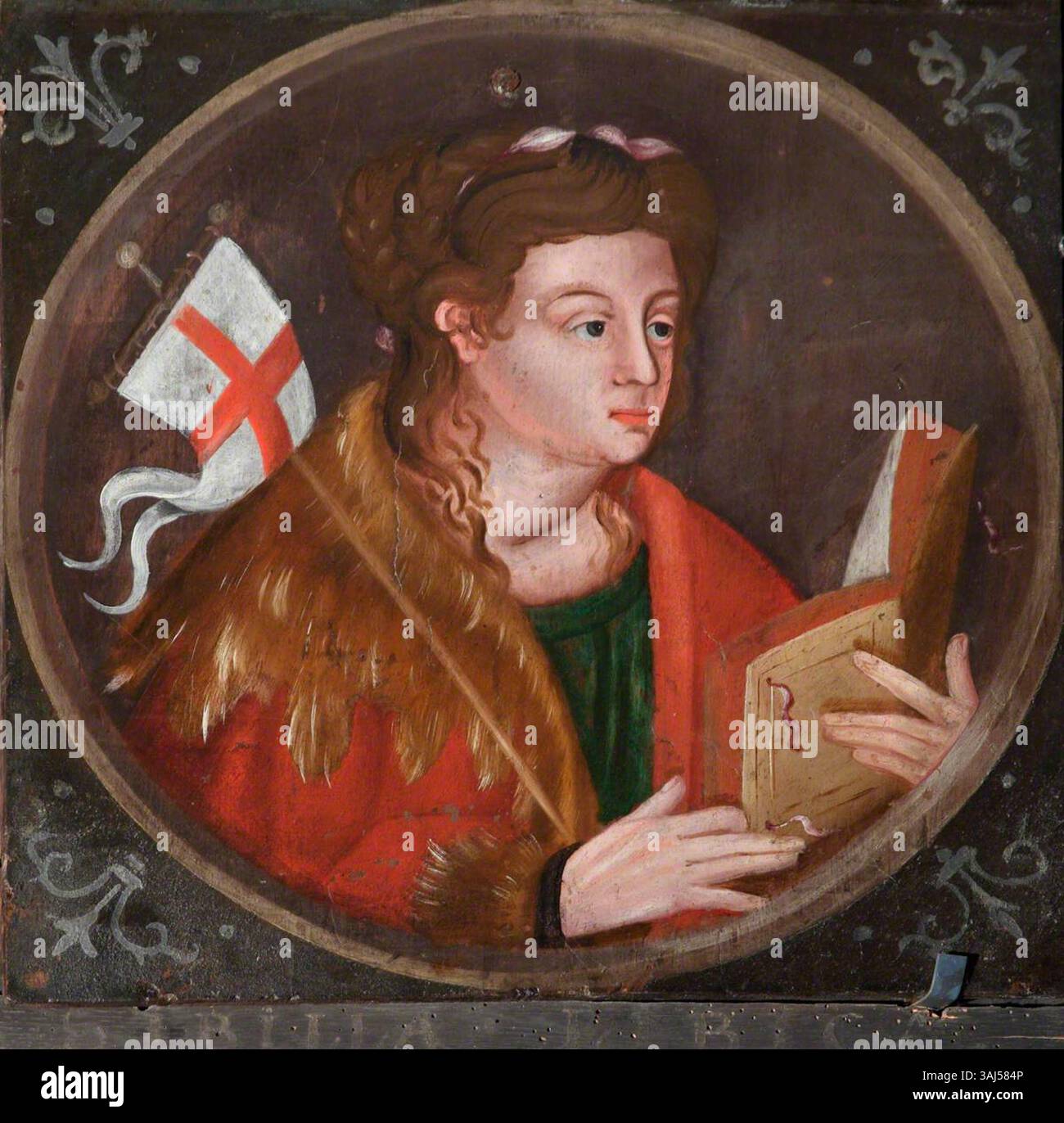 This mythological painting, after Crispijn van de Passe the Elder, portrays the Cuman Sibyl, an ancient prophetess, rendered in oil on panel around 1610. Stock Photohttps://www.alamy.com/image-license-details/?v=1https://www.alamy.com/this-mythological-painting-after-crispijn-van-de-passe-the-elder-portrays-the-cuman-sibyl-an-ancient-prophetess-rendered-in-oil-on-panel-around-1610-image665173958.html
This mythological painting, after Crispijn van de Passe the Elder, portrays the Cuman Sibyl, an ancient prophetess, rendered in oil on panel around 1610. Stock Photohttps://www.alamy.com/image-license-details/?v=1https://www.alamy.com/this-mythological-painting-after-crispijn-van-de-passe-the-elder-portrays-the-cuman-sibyl-an-ancient-prophetess-rendered-in-oil-on-panel-around-1610-image665173958.htmlRM3AJ584P–This mythological painting, after Crispijn van de Passe the Elder, portrays the Cuman Sibyl, an ancient prophetess, rendered in oil on panel around 1610.
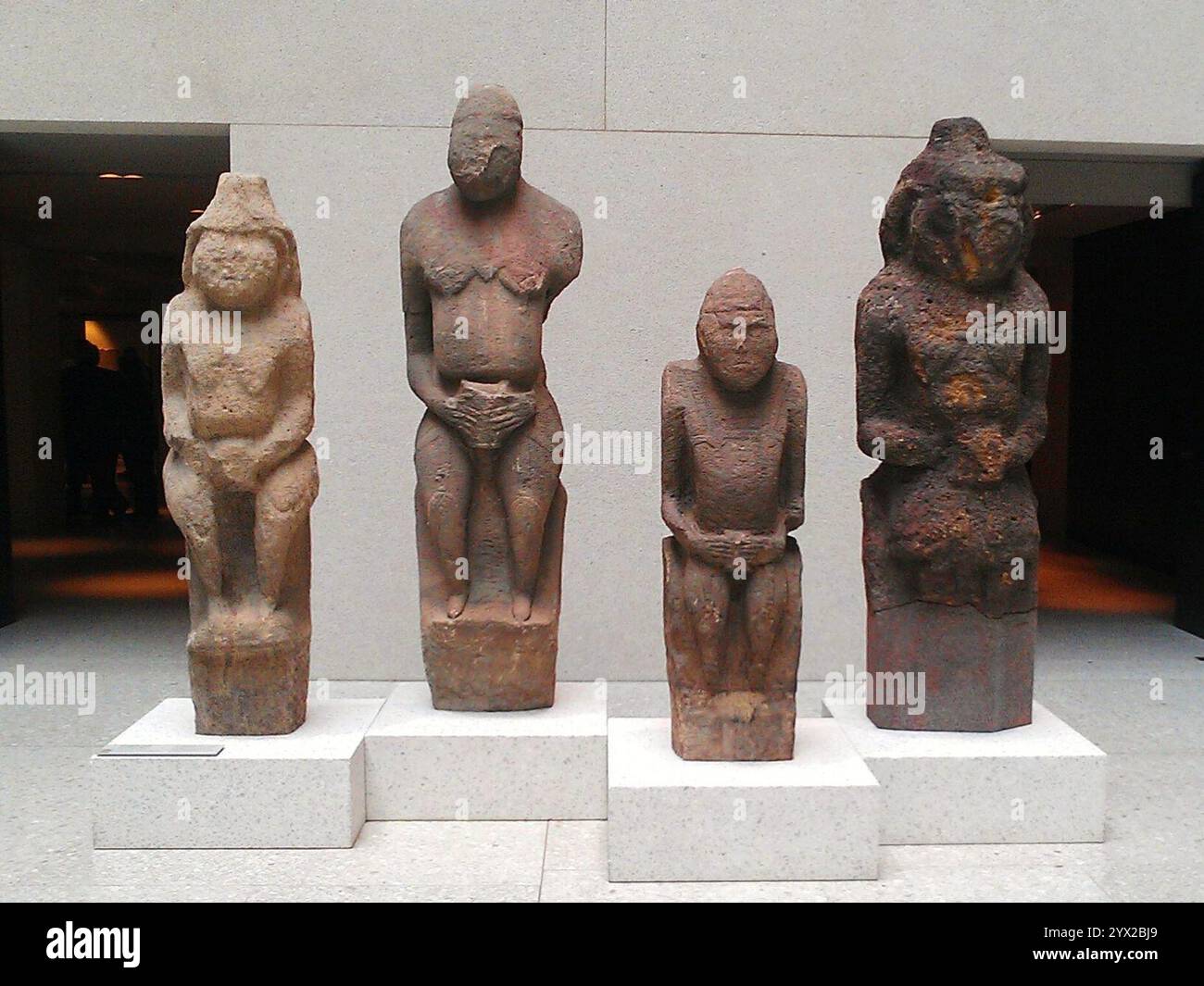 Cuman statues from Ukraine Stock Photohttps://www.alamy.com/image-license-details/?v=1https://www.alamy.com/cuman-statues-from-ukraine-image635607345.html
Cuman statues from Ukraine Stock Photohttps://www.alamy.com/image-license-details/?v=1https://www.alamy.com/cuman-statues-from-ukraine-image635607345.htmlRM2YX2BJ9–Cuman statues from Ukraine
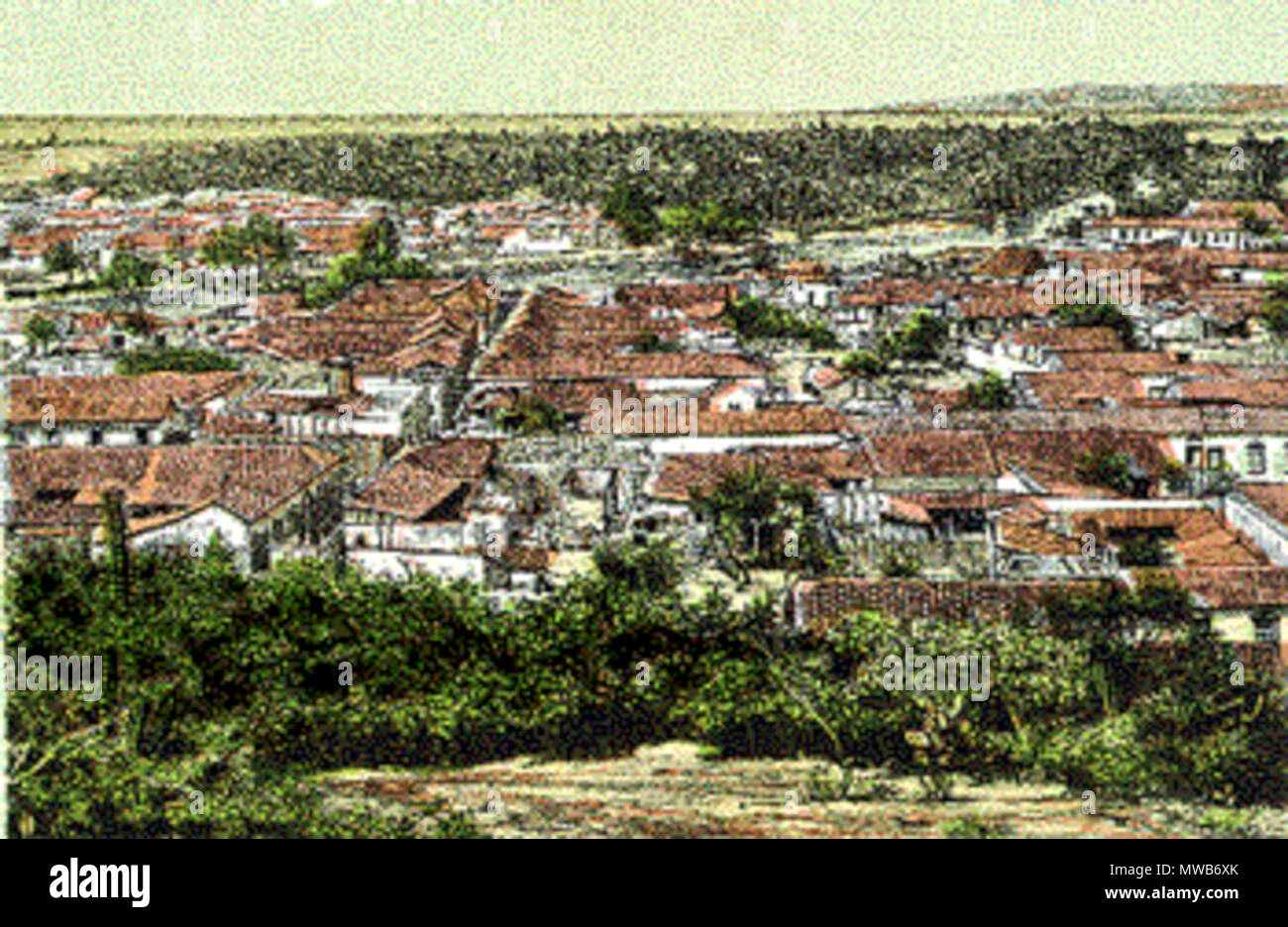 . Drawing of Cumaná in the 1860s . 1860s. Unknown 148 Cumana in the 1860s Stock Photohttps://www.alamy.com/image-license-details/?v=1https://www.alamy.com/drawing-of-cuman-in-the-1860s-1860s-unknown-148-cumana-in-the-1860s-image187717003.html
. Drawing of Cumaná in the 1860s . 1860s. Unknown 148 Cumana in the 1860s Stock Photohttps://www.alamy.com/image-license-details/?v=1https://www.alamy.com/drawing-of-cuman-in-the-1860s-1860s-unknown-148-cumana-in-the-1860s-image187717003.htmlRMMWB6XK–. Drawing of Cumaná in the 1860s . 1860s. Unknown 148 Cumana in the 1860s
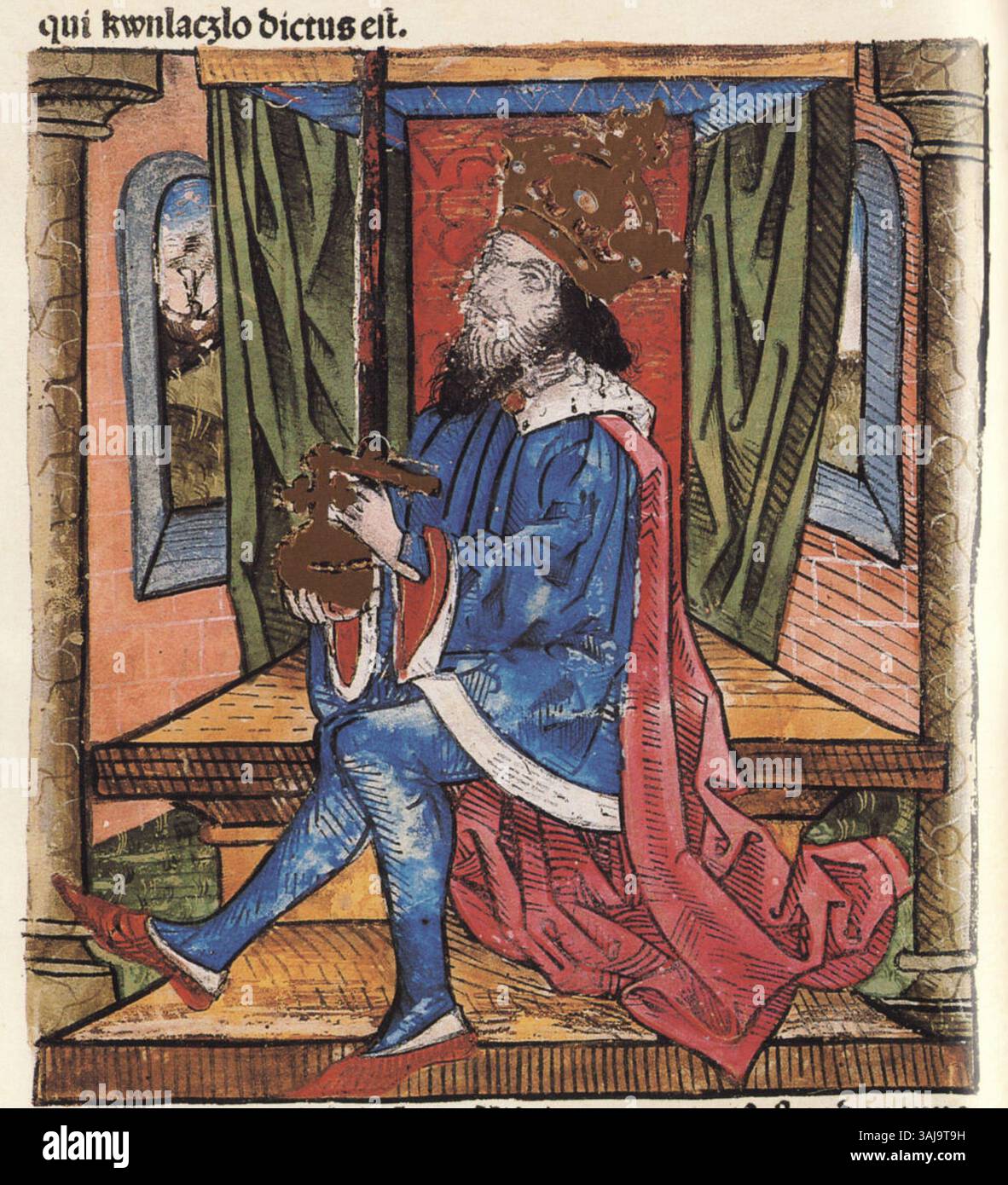 This section of the 'Chronica Hungarorum' by Johannes Thuróczy discusses King Ladislaus IV of Hungary, known as Ladislaus the Cuman, who ruled in the late 13th century. The manuscript details his reign and the challenges he faced during his time as king of Hungary. Stock Photohttps://www.alamy.com/image-license-details/?v=1https://www.alamy.com/this-section-of-the-chronica-hungarorum-by-johannes-thurczy-discusses-king-ladislaus-iv-of-hungary-known-as-ladislaus-the-cuman-who-ruled-in-the-late-13th-century-the-manuscript-details-his-reign-and-the-challenges-he-faced-during-his-time-as-king-of-hungary-image665274445.html
This section of the 'Chronica Hungarorum' by Johannes Thuróczy discusses King Ladislaus IV of Hungary, known as Ladislaus the Cuman, who ruled in the late 13th century. The manuscript details his reign and the challenges he faced during his time as king of Hungary. Stock Photohttps://www.alamy.com/image-license-details/?v=1https://www.alamy.com/this-section-of-the-chronica-hungarorum-by-johannes-thurczy-discusses-king-ladislaus-iv-of-hungary-known-as-ladislaus-the-cuman-who-ruled-in-the-late-13th-century-the-manuscript-details-his-reign-and-the-challenges-he-faced-during-his-time-as-king-of-hungary-image665274445.htmlRM3AJ9T9H–This section of the 'Chronica Hungarorum' by Johannes Thuróczy discusses King Ladislaus IV of Hungary, known as Ladislaus the Cuman, who ruled in the late 13th century. The manuscript details his reign and the challenges he faced during his time as king of Hungary.
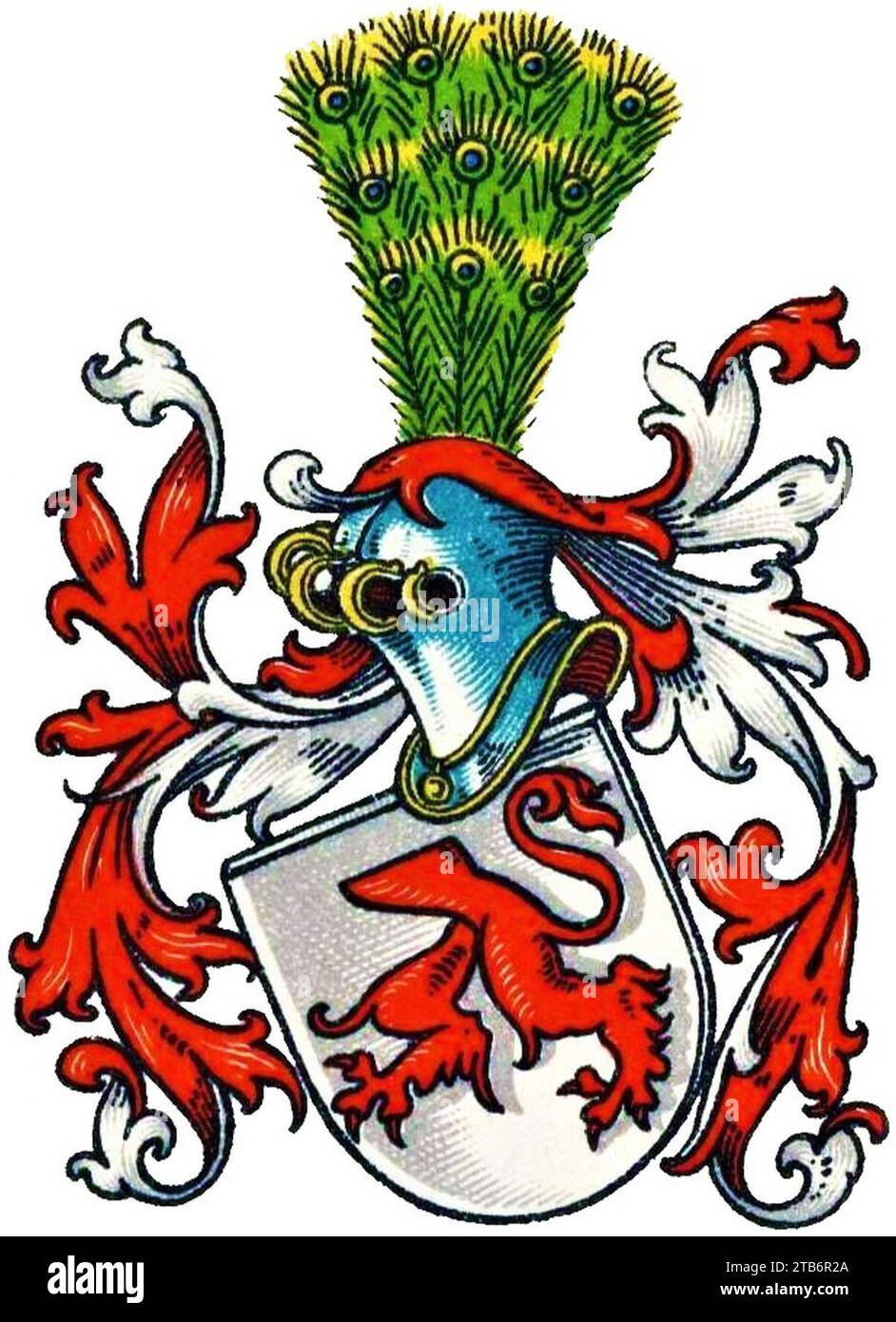 Wappen Kuhmann Cuman Spießen T90. Stock Photohttps://www.alamy.com/image-license-details/?v=1https://www.alamy.com/wappen-kuhmann-cuman-spieen-t90-image574853170.html
Wappen Kuhmann Cuman Spießen T90. Stock Photohttps://www.alamy.com/image-license-details/?v=1https://www.alamy.com/wappen-kuhmann-cuman-spieen-t90-image574853170.htmlRM2TB6R2A–Wappen Kuhmann Cuman Spießen T90.
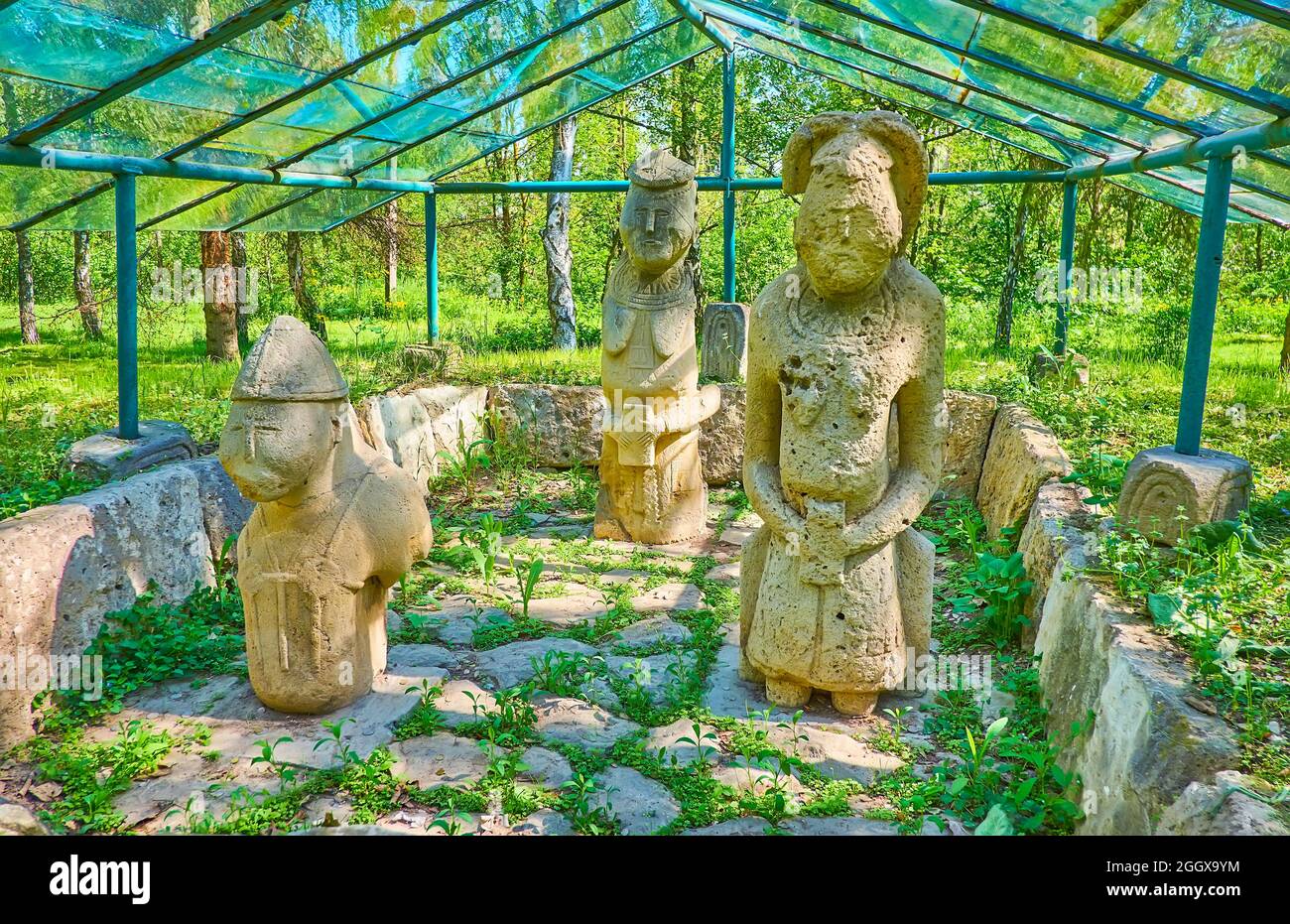 The ancient Cuman Pagan shrine with preserved stone sculptures of the warrior and women, Pereiaslav Scansen, Ukraine Stock Photohttps://www.alamy.com/image-license-details/?v=1https://www.alamy.com/the-ancient-cuman-pagan-shrine-with-preserved-stone-sculptures-of-the-warrior-and-women-pereiaslav-scansen-ukraine-image440672280.html
The ancient Cuman Pagan shrine with preserved stone sculptures of the warrior and women, Pereiaslav Scansen, Ukraine Stock Photohttps://www.alamy.com/image-license-details/?v=1https://www.alamy.com/the-ancient-cuman-pagan-shrine-with-preserved-stone-sculptures-of-the-warrior-and-women-pereiaslav-scansen-ukraine-image440672280.htmlRF2GGX9YM–The ancient Cuman Pagan shrine with preserved stone sculptures of the warrior and women, Pereiaslav Scansen, Ukraine
RM3AJ77TW–This image from the 'Chronicon Pictum' depicts Prince Ladislaus of Hungary engaged in battle with a Cuman warrior who has kidnapped a girl. The battle scene shows Ladislaus with a halo, fighting the Cuman, with the kidnapped girl in the background, and Hungarian soldiers in pursuit of the Cuman in the distance.
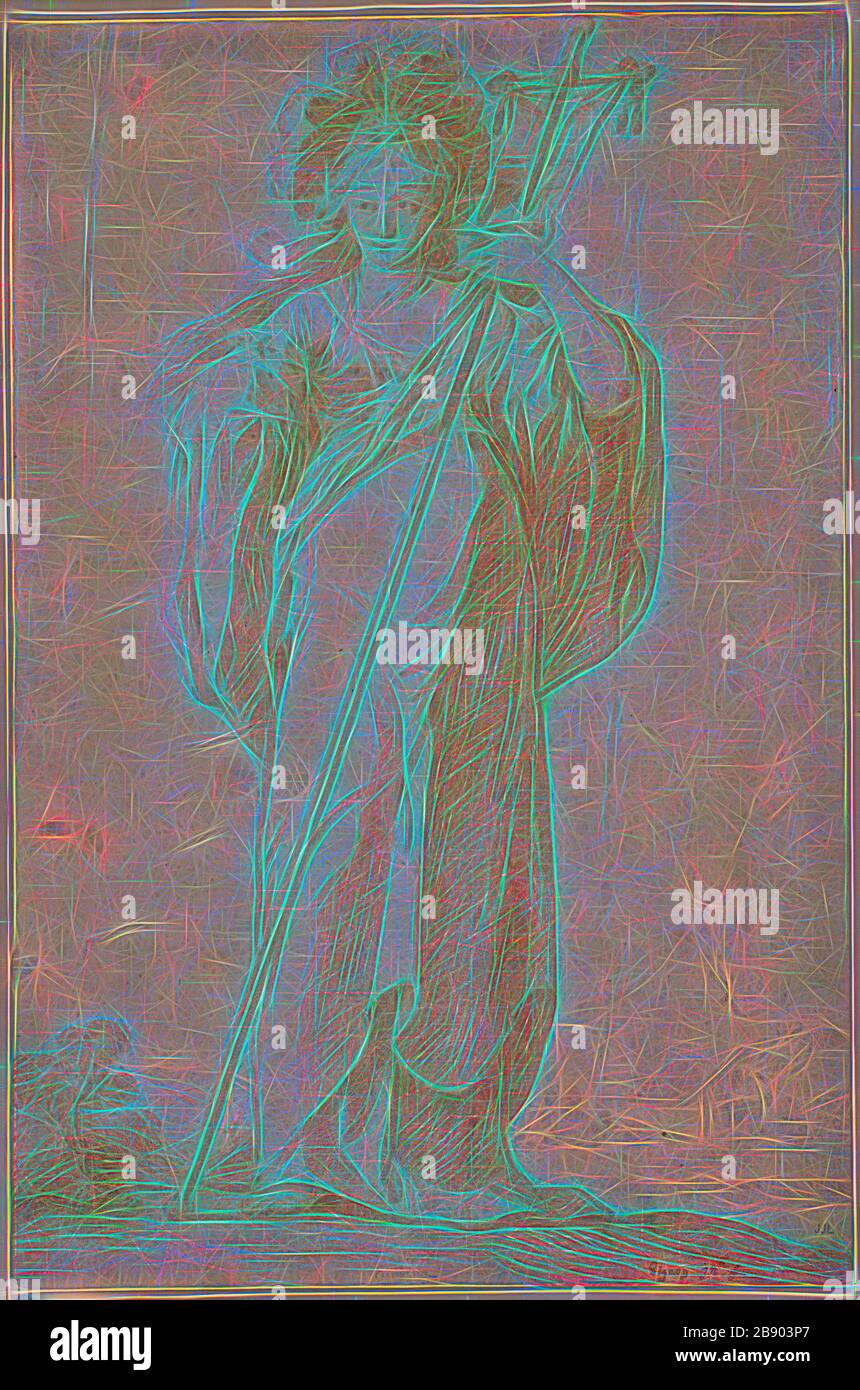 The Cuman Sibyl, c. 1630, Claude Vignon, French, 1593-1670, France, Sanguine and black chalk on paper, 320 × 219 mm, Reimagined by Gibon, design of warm cheerful glowing of brightness and light rays radiance. Classic art reinvented with a modern twist. Photography inspired by futurism, embracing dynamic energy of modern technology, movement, speed and revolutionize culture. Stock Photohttps://www.alamy.com/image-license-details/?v=1https://www.alamy.com/the-cuman-sibyl-c-1630-claude-vignon-french-1593-1670-france-sanguine-and-black-chalk-on-paper-320-219-mm-reimagined-by-gibon-design-of-warm-cheerful-glowing-of-brightness-and-light-rays-radiance-classic-art-reinvented-with-a-modern-twist-photography-inspired-by-futurism-embracing-dynamic-energy-of-modern-technology-movement-speed-and-revolutionize-culture-image349742239.html
The Cuman Sibyl, c. 1630, Claude Vignon, French, 1593-1670, France, Sanguine and black chalk on paper, 320 × 219 mm, Reimagined by Gibon, design of warm cheerful glowing of brightness and light rays radiance. Classic art reinvented with a modern twist. Photography inspired by futurism, embracing dynamic energy of modern technology, movement, speed and revolutionize culture. Stock Photohttps://www.alamy.com/image-license-details/?v=1https://www.alamy.com/the-cuman-sibyl-c-1630-claude-vignon-french-1593-1670-france-sanguine-and-black-chalk-on-paper-320-219-mm-reimagined-by-gibon-design-of-warm-cheerful-glowing-of-brightness-and-light-rays-radiance-classic-art-reinvented-with-a-modern-twist-photography-inspired-by-futurism-embracing-dynamic-energy-of-modern-technology-movement-speed-and-revolutionize-culture-image349742239.htmlRF2B903P7–The Cuman Sibyl, c. 1630, Claude Vignon, French, 1593-1670, France, Sanguine and black chalk on paper, 320 × 219 mm, Reimagined by Gibon, design of warm cheerful glowing of brightness and light rays radiance. Classic art reinvented with a modern twist. Photography inspired by futurism, embracing dynamic energy of modern technology, movement, speed and revolutionize culture.
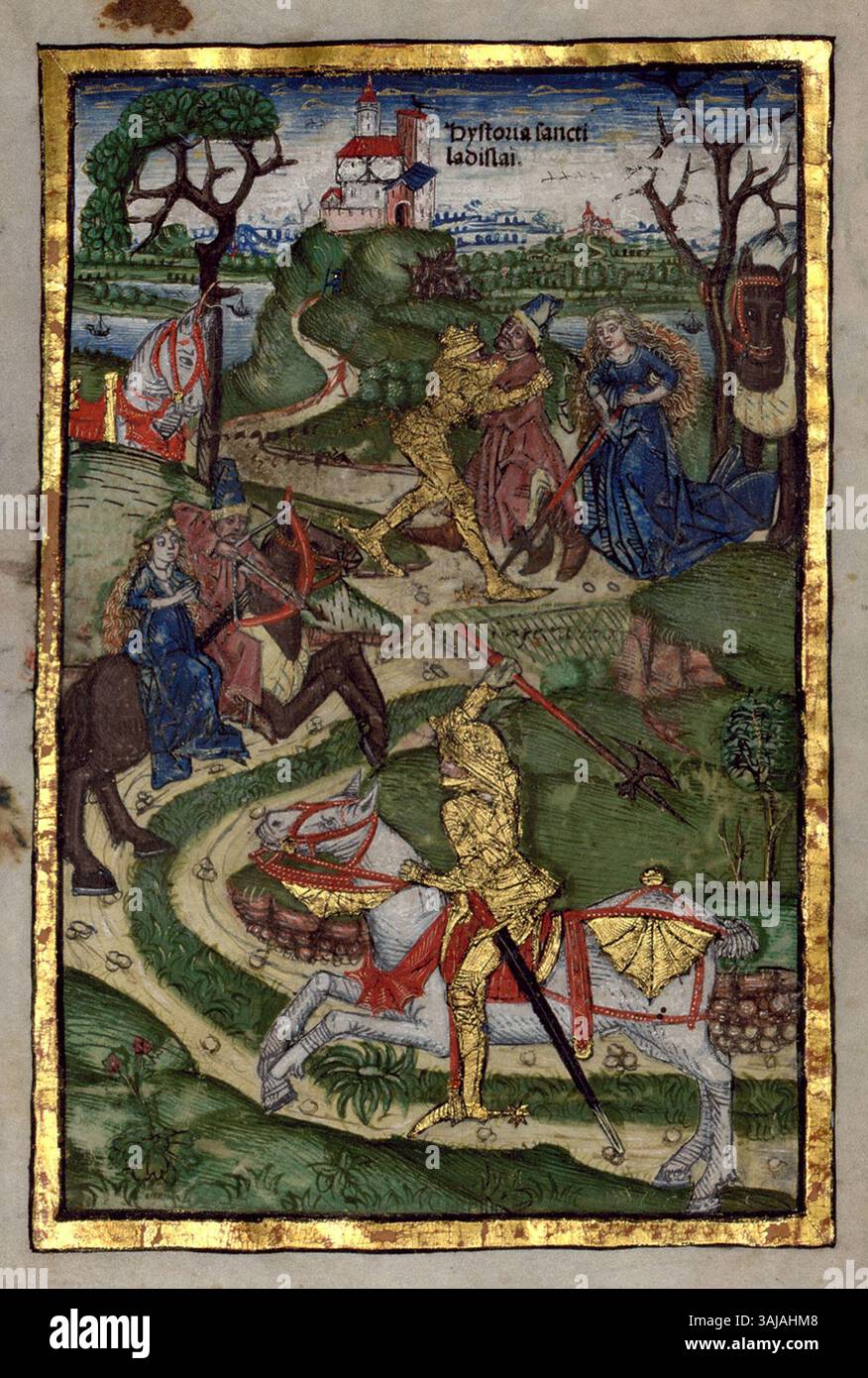 In this depiction from the 'Thuróczy Chronicle' (1488), King Saint Ladislaus of Hungary chases a Cuman warrior who has kidnapped a girl. The painting shows two scenes: the king in pursuit and battling the Cuman warrior. This image symbolizes Christianity's victory over paganism, linked to the Battle of Kerlés in 1068 and the legend of Saint Ladislaus. Stock Photohttps://www.alamy.com/image-license-details/?v=1https://www.alamy.com/in-this-depiction-from-the-thurczy-chronicle-1488-king-saint-ladislaus-of-hungary-chases-a-cuman-warrior-who-has-kidnapped-a-girl-the-painting-shows-two-scenes-the-king-in-pursuit-and-battling-the-cuman-warrior-this-image-symbolizes-christianitys-victory-over-paganism-linked-to-the-battle-of-kerls-in-1068-and-the-legend-of-saint-ladislaus-image665291208.html
In this depiction from the 'Thuróczy Chronicle' (1488), King Saint Ladislaus of Hungary chases a Cuman warrior who has kidnapped a girl. The painting shows two scenes: the king in pursuit and battling the Cuman warrior. This image symbolizes Christianity's victory over paganism, linked to the Battle of Kerlés in 1068 and the legend of Saint Ladislaus. Stock Photohttps://www.alamy.com/image-license-details/?v=1https://www.alamy.com/in-this-depiction-from-the-thurczy-chronicle-1488-king-saint-ladislaus-of-hungary-chases-a-cuman-warrior-who-has-kidnapped-a-girl-the-painting-shows-two-scenes-the-king-in-pursuit-and-battling-the-cuman-warrior-this-image-symbolizes-christianitys-victory-over-paganism-linked-to-the-battle-of-kerls-in-1068-and-the-legend-of-saint-ladislaus-image665291208.htmlRM3AJAHM8–In this depiction from the 'Thuróczy Chronicle' (1488), King Saint Ladislaus of Hungary chases a Cuman warrior who has kidnapped a girl. The painting shows two scenes: the king in pursuit and battling the Cuman warrior. This image symbolizes Christianity's victory over paganism, linked to the Battle of Kerlés in 1068 and the legend of Saint Ladislaus.
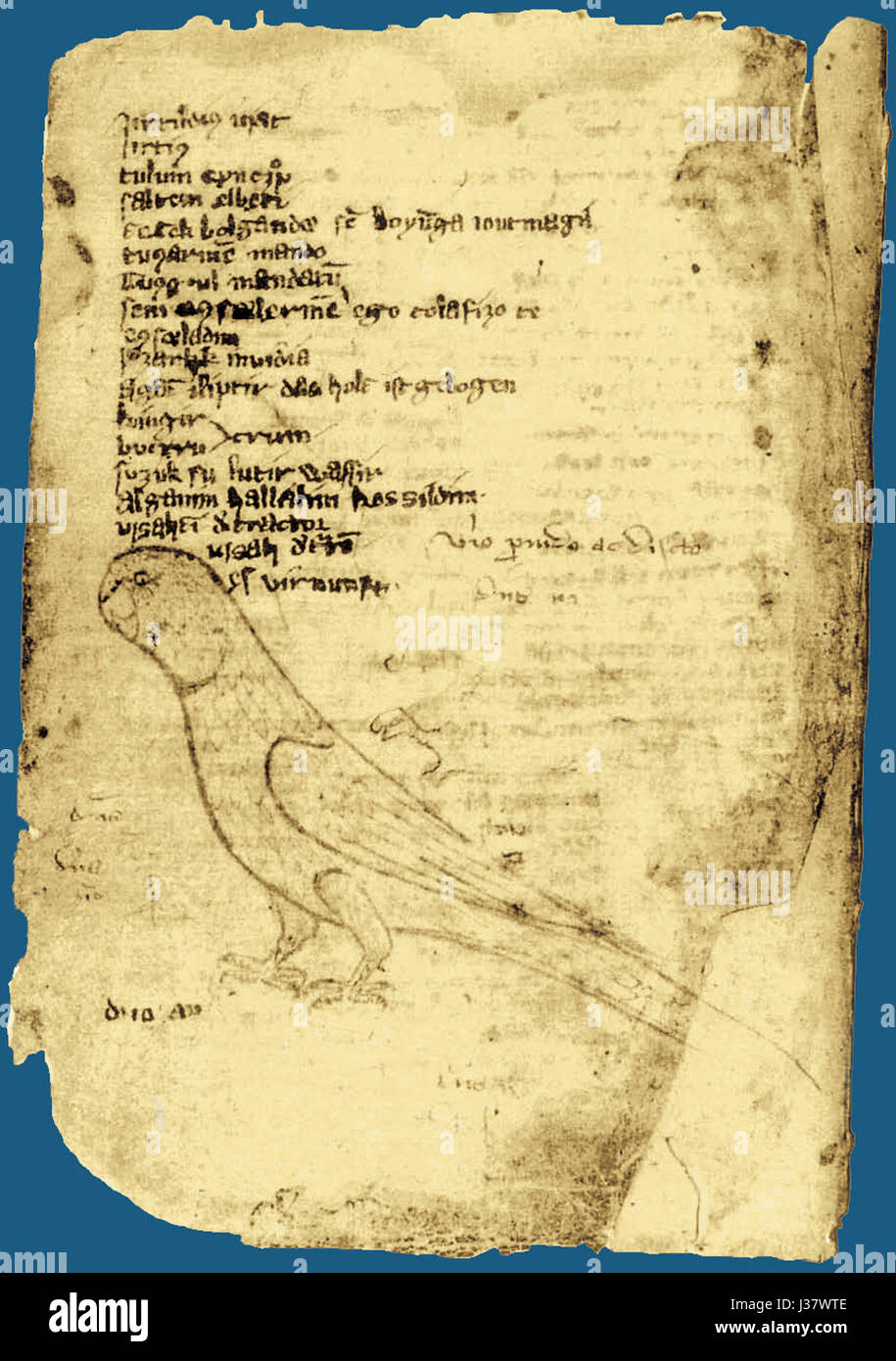 A page from the 'Codex Cumanicus,' an important medieval manuscript that offers insight into the Cuman language and culture. This page focuses on language, translations, and the interaction between different cultures during the medieval period. Stock Photohttps://www.alamy.com/image-license-details/?v=1https://www.alamy.com/stock-photo-a-page-from-the-codex-cumanicus-an-important-medieval-manuscript-that-139700862.html
A page from the 'Codex Cumanicus,' an important medieval manuscript that offers insight into the Cuman language and culture. This page focuses on language, translations, and the interaction between different cultures during the medieval period. Stock Photohttps://www.alamy.com/image-license-details/?v=1https://www.alamy.com/stock-photo-a-page-from-the-codex-cumanicus-an-important-medieval-manuscript-that-139700862.htmlRMJ37WTE–A page from the 'Codex Cumanicus,' an important medieval manuscript that offers insight into the Cuman language and culture. This page focuses on language, translations, and the interaction between different cultures during the medieval period.
 Sandstone Cuman stone figures of men and women Stock Photohttps://www.alamy.com/image-license-details/?v=1https://www.alamy.com/sandstone-cuman-stone-figures-of-men-and-women-image377040476.html
Sandstone Cuman stone figures of men and women Stock Photohttps://www.alamy.com/image-license-details/?v=1https://www.alamy.com/sandstone-cuman-stone-figures-of-men-and-women-image377040476.htmlRM2CWBJY8–Sandstone Cuman stone figures of men and women
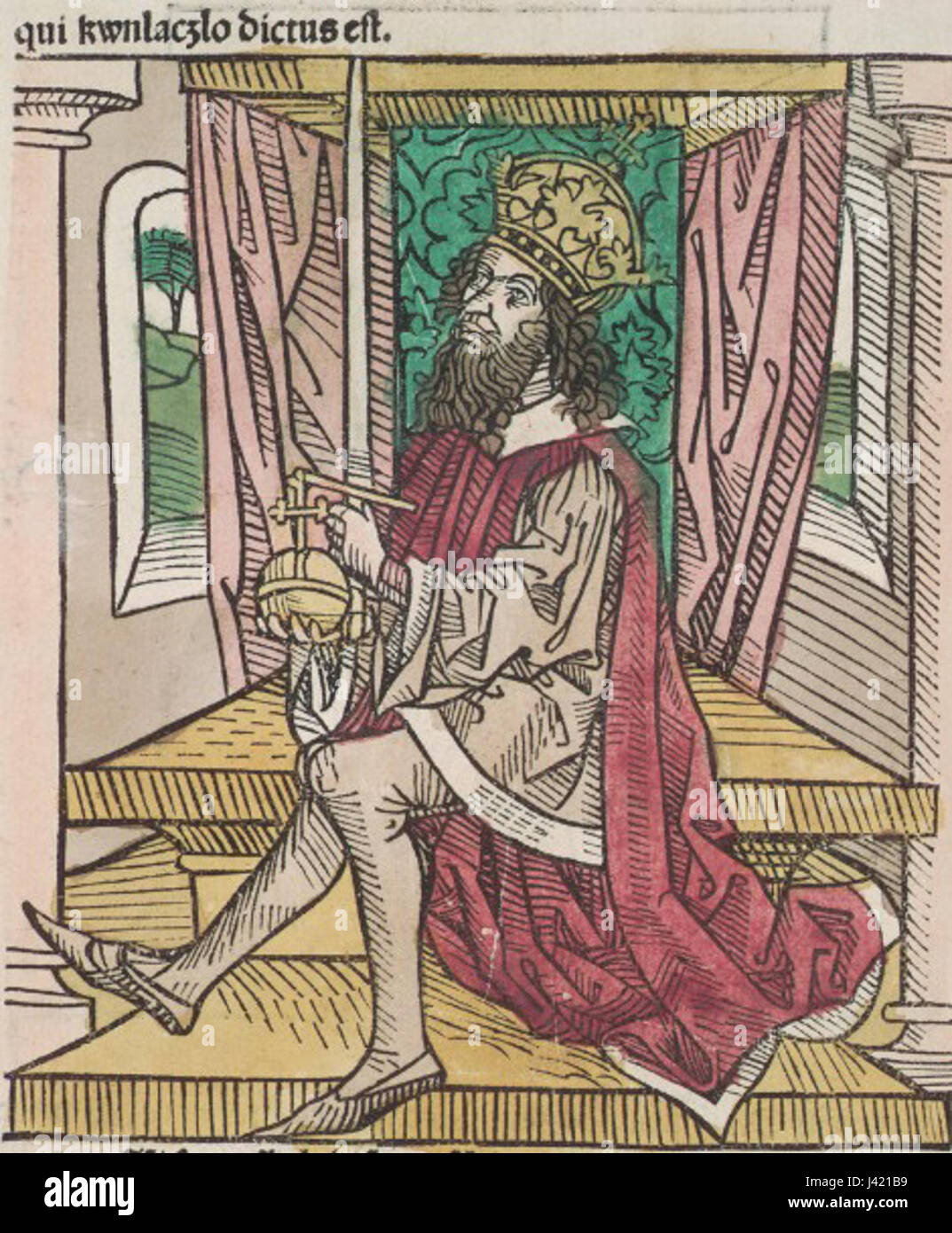 Ladislaus IV of Hungary, also known as Ladislaus the Cuman, was the King of Hungary from 1272 to 1290. His reign was marked by internal strife and conflicts with neighboring powers, which influenced the kingdom's stability during the late 13th century. Stock Photohttps://www.alamy.com/image-license-details/?v=1https://www.alamy.com/stock-photo-ladislaus-iv-of-hungary-also-known-as-ladislaus-the-cuman-was-the-140186573.html
Ladislaus IV of Hungary, also known as Ladislaus the Cuman, was the King of Hungary from 1272 to 1290. His reign was marked by internal strife and conflicts with neighboring powers, which influenced the kingdom's stability during the late 13th century. Stock Photohttps://www.alamy.com/image-license-details/?v=1https://www.alamy.com/stock-photo-ladislaus-iv-of-hungary-also-known-as-ladislaus-the-cuman-was-the-140186573.htmlRMJ421B9–Ladislaus IV of Hungary, also known as Ladislaus the Cuman, was the King of Hungary from 1272 to 1290. His reign was marked by internal strife and conflicts with neighboring powers, which influenced the kingdom's stability during the late 13th century.
 A view from the ancient castle Donec, a landmark in Kharkiv, Ukraine, which was visited by Prince Igor and John Smith (the 1-st American writer). Stock Photohttps://www.alamy.com/image-license-details/?v=1https://www.alamy.com/a-view-from-the-ancient-castle-donec-a-landmark-in-kharkiv-ukraine-which-was-visited-by-prince-igor-and-john-smith-the-1-st-american-writer-image459409863.html
A view from the ancient castle Donec, a landmark in Kharkiv, Ukraine, which was visited by Prince Igor and John Smith (the 1-st American writer). Stock Photohttps://www.alamy.com/image-license-details/?v=1https://www.alamy.com/a-view-from-the-ancient-castle-donec-a-landmark-in-kharkiv-ukraine-which-was-visited-by-prince-igor-and-john-smith-the-1-st-american-writer-image459409863.htmlRF2HKBWY3–A view from the ancient castle Donec, a landmark in Kharkiv, Ukraine, which was visited by Prince Igor and John Smith (the 1-st American writer).
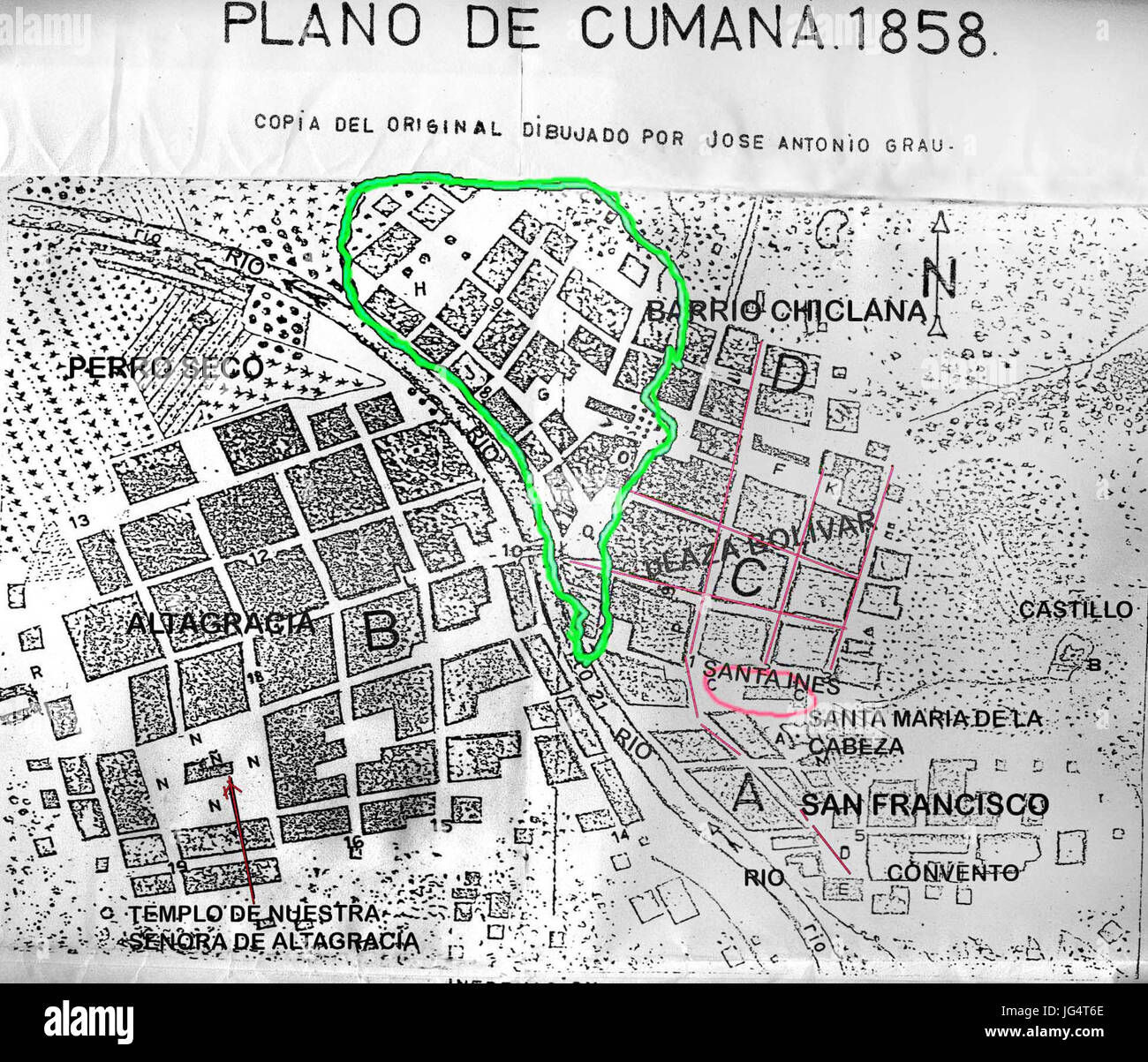 Plano de Cumaná - Jose Antonio Grau 1958 Stock Photohttps://www.alamy.com/image-license-details/?v=1https://www.alamy.com/stock-photo-plano-de-cuman-jose-antonio-grau-1958-147624246.html
Plano de Cumaná - Jose Antonio Grau 1958 Stock Photohttps://www.alamy.com/image-license-details/?v=1https://www.alamy.com/stock-photo-plano-de-cuman-jose-antonio-grau-1958-147624246.htmlRMJG4T6E–Plano de Cumaná - Jose Antonio Grau 1958
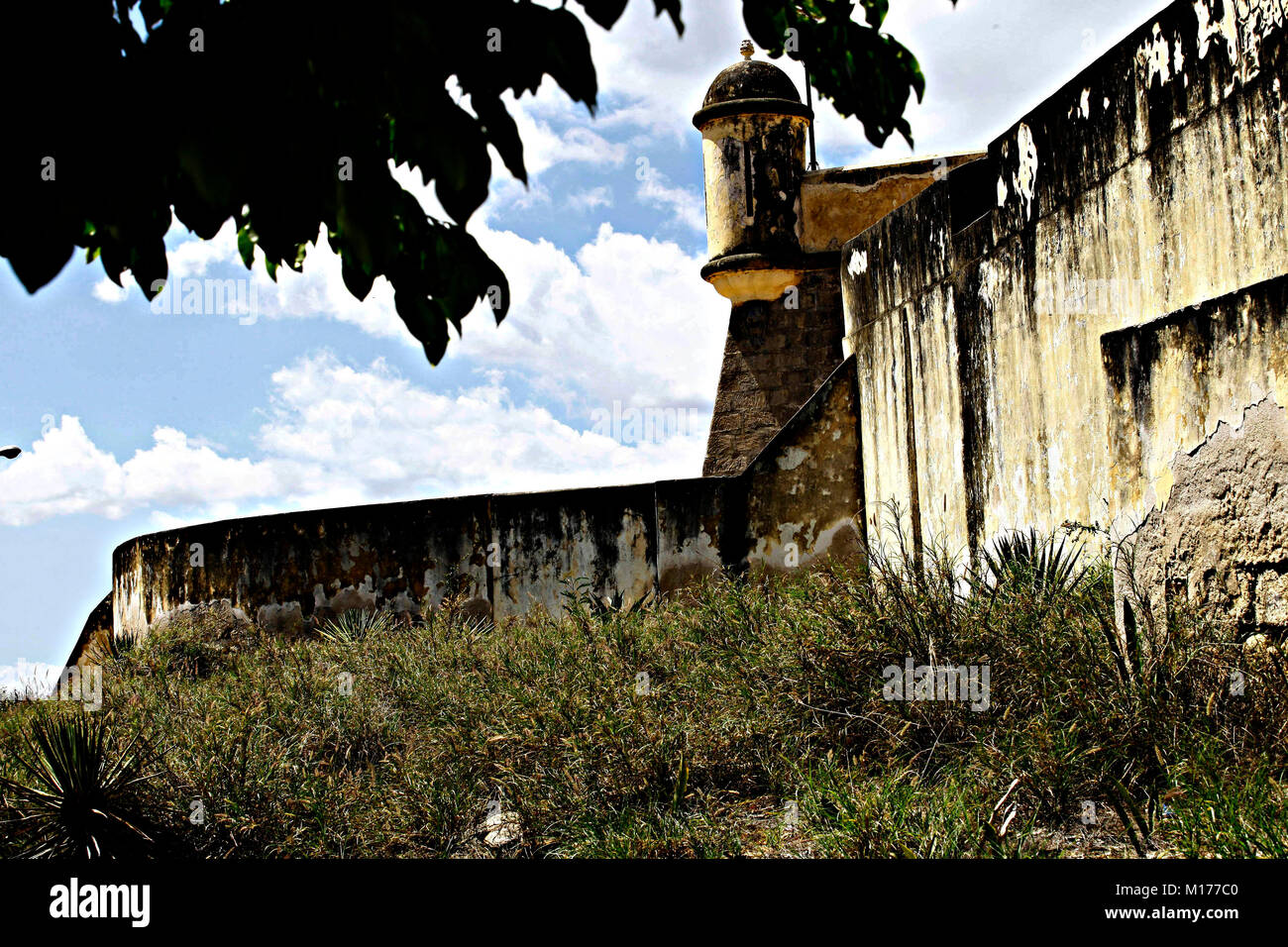 Cumana, Sucre, Venezuela. 10th June, 2011. June 10, 2011. Castle of San Antonio de la Eminencia, built between 1665 and 1668 with the purpose of defending the city of Cuman''¡ from the attack of pirates and corsairs that lashed the Caribbean. It is located in the city of Cuman''¡, Sucre state, Venezuela. Cumana was the first city founded in the American continent. Photo: Juan Carlos Hernandez Credit: Juan Carlos Hernandez/ZUMA Wire/Alamy Live News Stock Photohttps://www.alamy.com/image-license-details/?v=1https://www.alamy.com/stock-photo-cumana-sucre-venezuela-10th-june-2011-june-10-2011-castle-of-san-antonio-172877824.html
Cumana, Sucre, Venezuela. 10th June, 2011. June 10, 2011. Castle of San Antonio de la Eminencia, built between 1665 and 1668 with the purpose of defending the city of Cuman''¡ from the attack of pirates and corsairs that lashed the Caribbean. It is located in the city of Cuman''¡, Sucre state, Venezuela. Cumana was the first city founded in the American continent. Photo: Juan Carlos Hernandez Credit: Juan Carlos Hernandez/ZUMA Wire/Alamy Live News Stock Photohttps://www.alamy.com/image-license-details/?v=1https://www.alamy.com/stock-photo-cumana-sucre-venezuela-10th-june-2011-june-10-2011-castle-of-san-antonio-172877824.htmlRMM177C0–Cumana, Sucre, Venezuela. 10th June, 2011. June 10, 2011. Castle of San Antonio de la Eminencia, built between 1665 and 1668 with the purpose of defending the city of Cuman''¡ from the attack of pirates and corsairs that lashed the Caribbean. It is located in the city of Cuman''¡, Sucre state, Venezuela. Cumana was the first city founded in the American continent. Photo: Juan Carlos Hernandez Credit: Juan Carlos Hernandez/ZUMA Wire/Alamy Live News
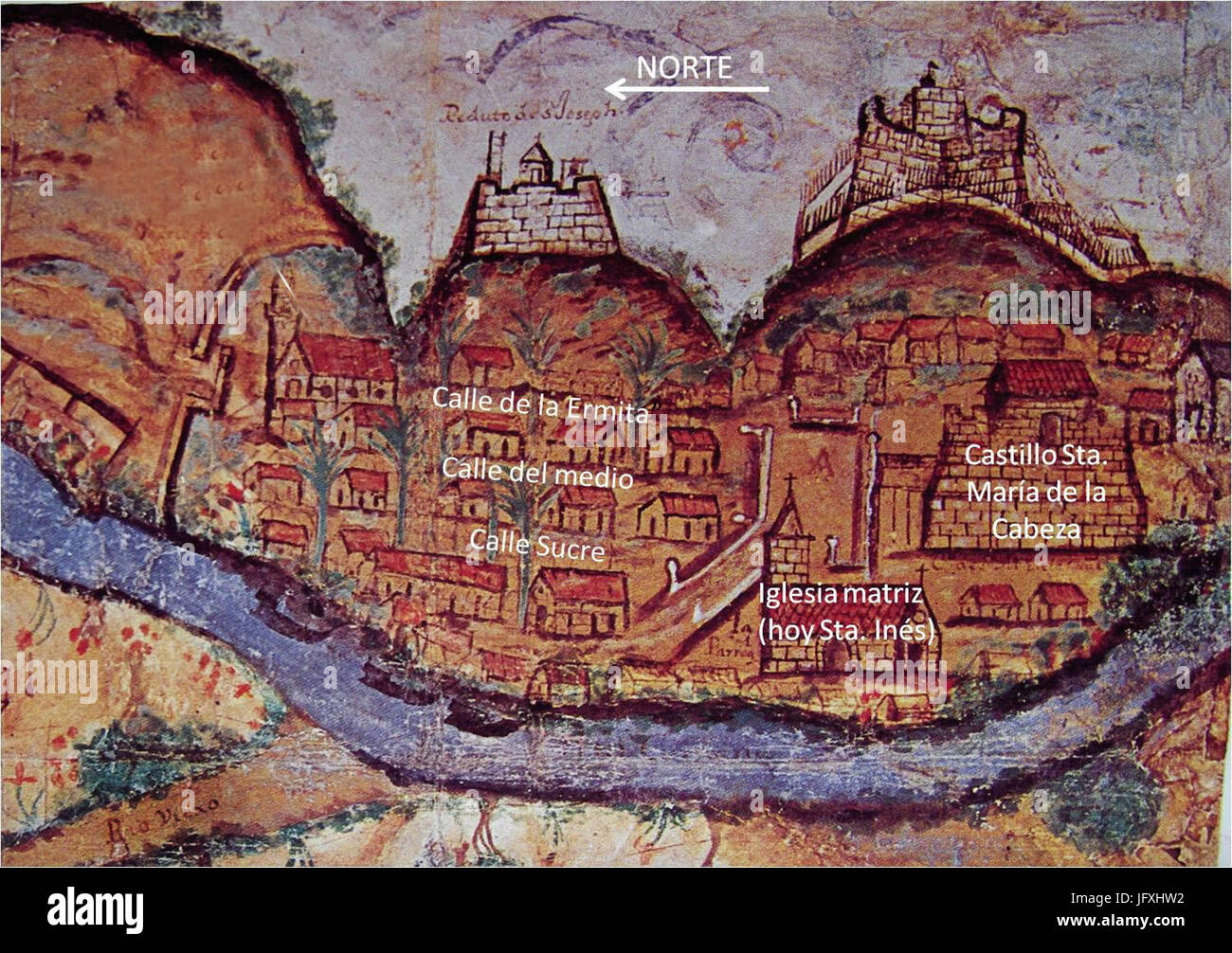 Dibujo de Cumaná del siglo XVII Stock Photohttps://www.alamy.com/image-license-details/?v=1https://www.alamy.com/stock-photo-dibujo-de-cuman-del-siglo-xvii-147487566.html
Dibujo de Cumaná del siglo XVII Stock Photohttps://www.alamy.com/image-license-details/?v=1https://www.alamy.com/stock-photo-dibujo-de-cuman-del-siglo-xvii-147487566.htmlRMJFXHW2–Dibujo de Cumaná del siglo XVII
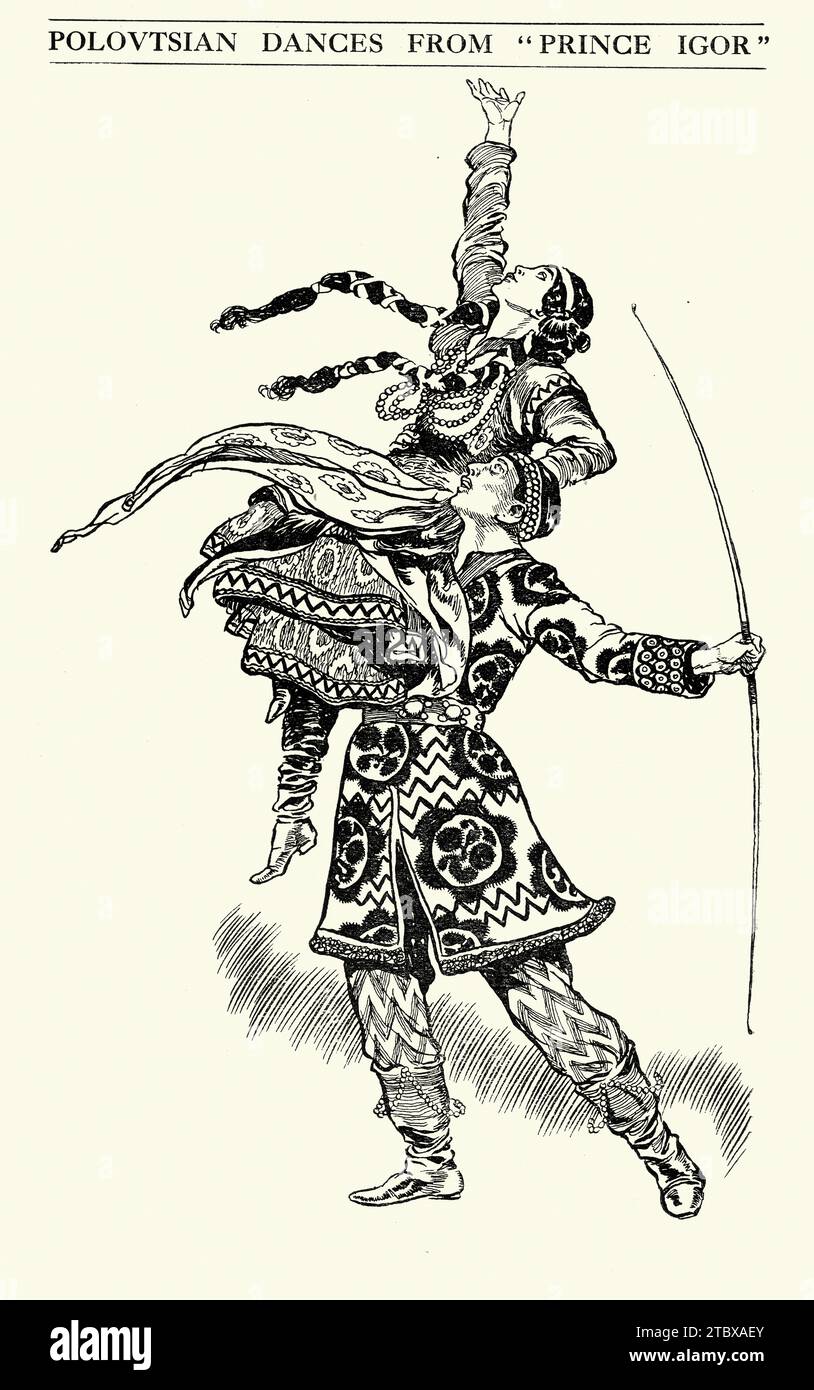 Polovtsian dances, Russian, Costume design for the Opera ballet Prince Igor which recounts the campaign of the 12th-century prince Igor Svyatoslavich against the invading Cuman Stock Photohttps://www.alamy.com/image-license-details/?v=1https://www.alamy.com/polovtsian-dances-russian-costume-design-for-the-opera-ballet-prince-igor-which-recounts-the-campaign-of-the-12th-century-prince-igor-svyatoslavich-against-the-invading-cuman-image575282371.html
Polovtsian dances, Russian, Costume design for the Opera ballet Prince Igor which recounts the campaign of the 12th-century prince Igor Svyatoslavich against the invading Cuman Stock Photohttps://www.alamy.com/image-license-details/?v=1https://www.alamy.com/polovtsian-dances-russian-costume-design-for-the-opera-ballet-prince-igor-which-recounts-the-campaign-of-the-12th-century-prince-igor-svyatoslavich-against-the-invading-cuman-image575282371.htmlRM2TBXAEY–Polovtsian dances, Russian, Costume design for the Opera ballet Prince Igor which recounts the campaign of the 12th-century prince Igor Svyatoslavich against the invading Cuman
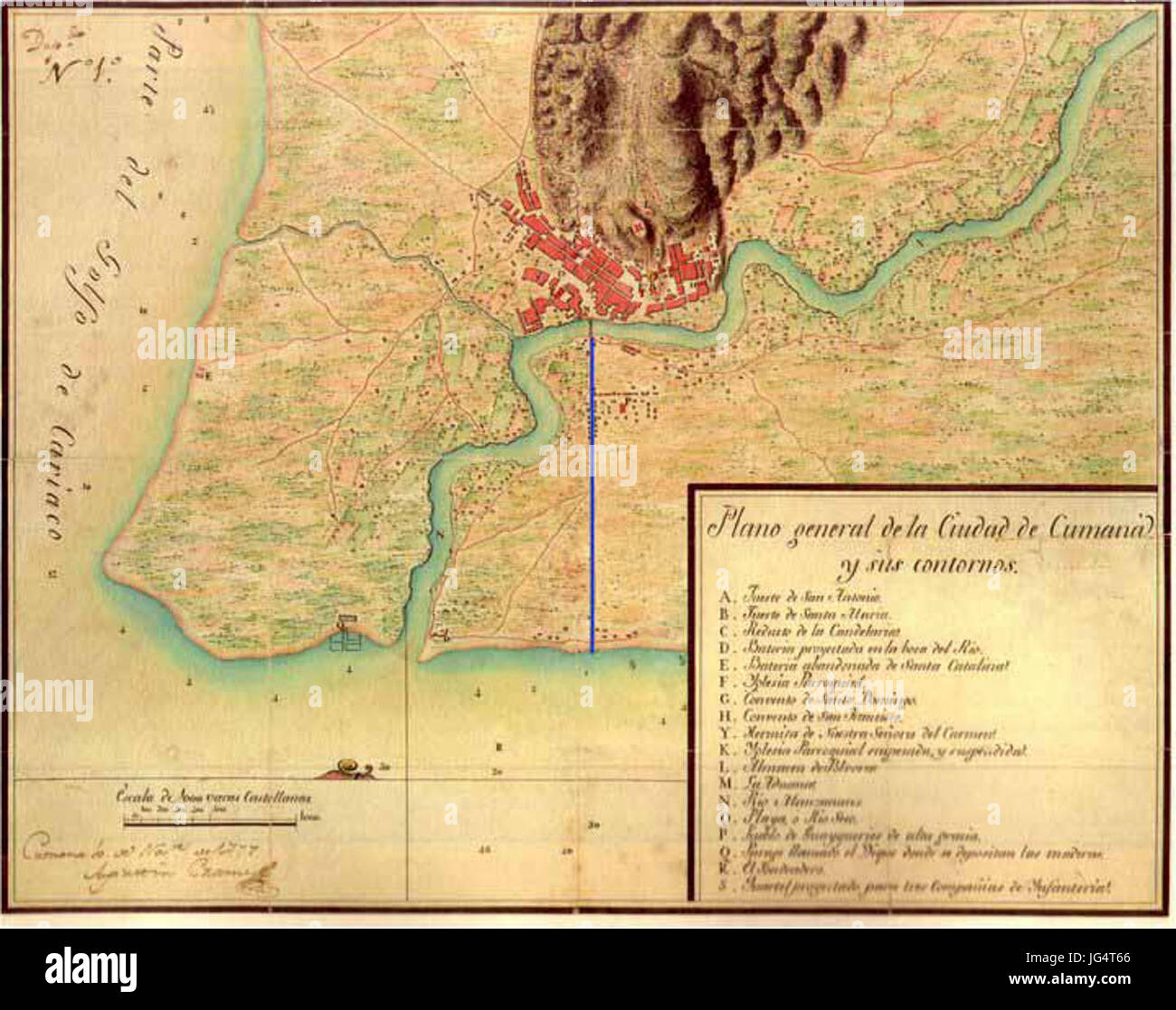 Plano completo de Cumaná Agustín Crame c.1777 Stock Photohttps://www.alamy.com/image-license-details/?v=1https://www.alamy.com/stock-photo-plano-completo-de-cuman-agustn-crame-c1777-147624238.html
Plano completo de Cumaná Agustín Crame c.1777 Stock Photohttps://www.alamy.com/image-license-details/?v=1https://www.alamy.com/stock-photo-plano-completo-de-cuman-agustn-crame-c1777-147624238.htmlRMJG4T66–Plano completo de Cumaná Agustín Crame c.1777
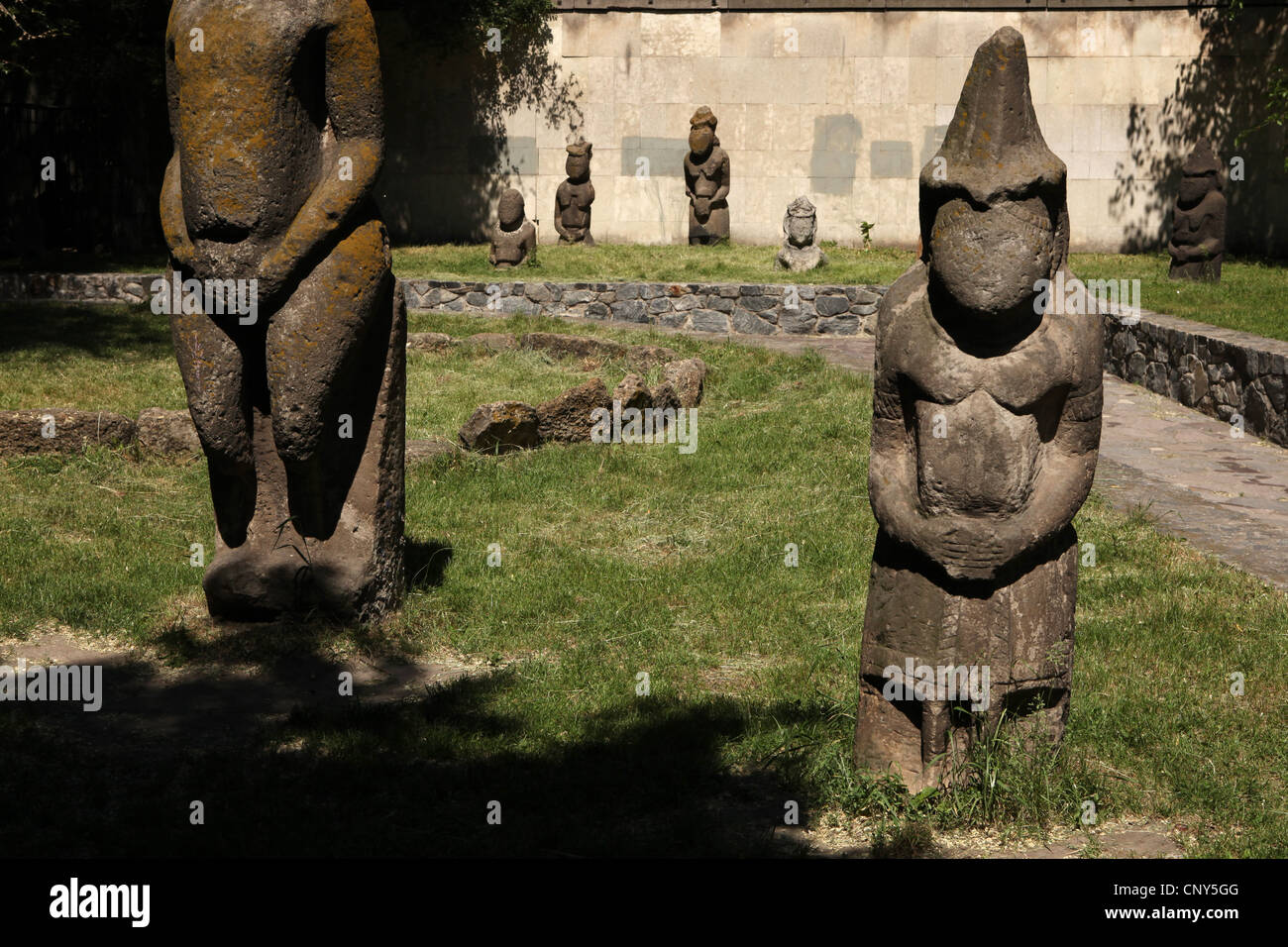 Kipchak stone statues known as the Stony Women exhibited in front of the Historical Museum in Dnipro (Dnipropetrovsk), Ukraine. Stock Photohttps://www.alamy.com/image-license-details/?v=1https://www.alamy.com/stock-photo-kipchak-stone-statues-known-as-the-stony-women-exhibited-in-front-47925600.html
Kipchak stone statues known as the Stony Women exhibited in front of the Historical Museum in Dnipro (Dnipropetrovsk), Ukraine. Stock Photohttps://www.alamy.com/image-license-details/?v=1https://www.alamy.com/stock-photo-kipchak-stone-statues-known-as-the-stony-women-exhibited-in-front-47925600.htmlRMCNY5GG–Kipchak stone statues known as the Stony Women exhibited in front of the Historical Museum in Dnipro (Dnipropetrovsk), Ukraine.
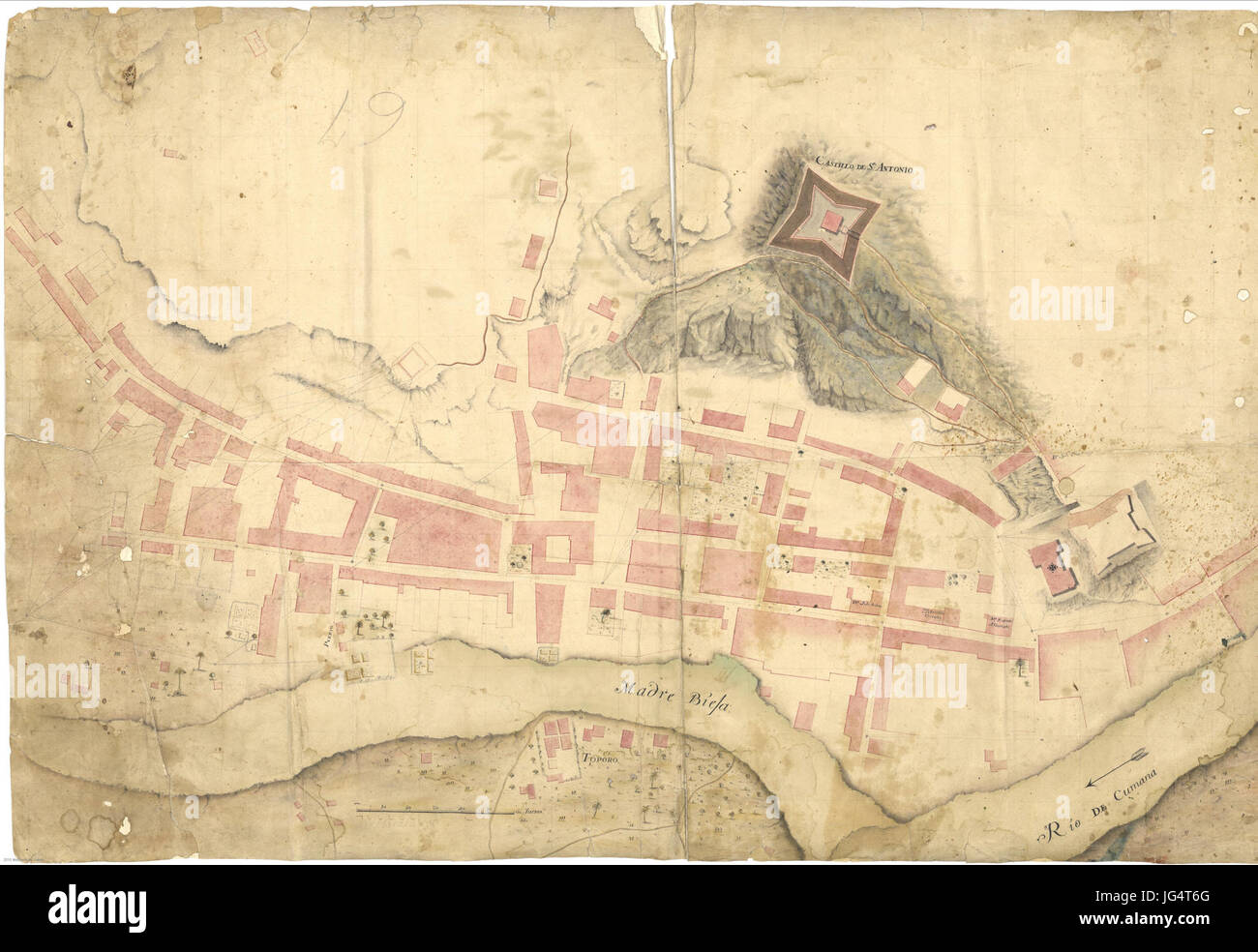 Plano de Cumaná c.1700 Stock Photohttps://www.alamy.com/image-license-details/?v=1https://www.alamy.com/stock-photo-plano-de-cuman-c1700-147624248.html
Plano de Cumaná c.1700 Stock Photohttps://www.alamy.com/image-license-details/?v=1https://www.alamy.com/stock-photo-plano-de-cuman-c1700-147624248.htmlRMJG4T6G–Plano de Cumaná c.1700
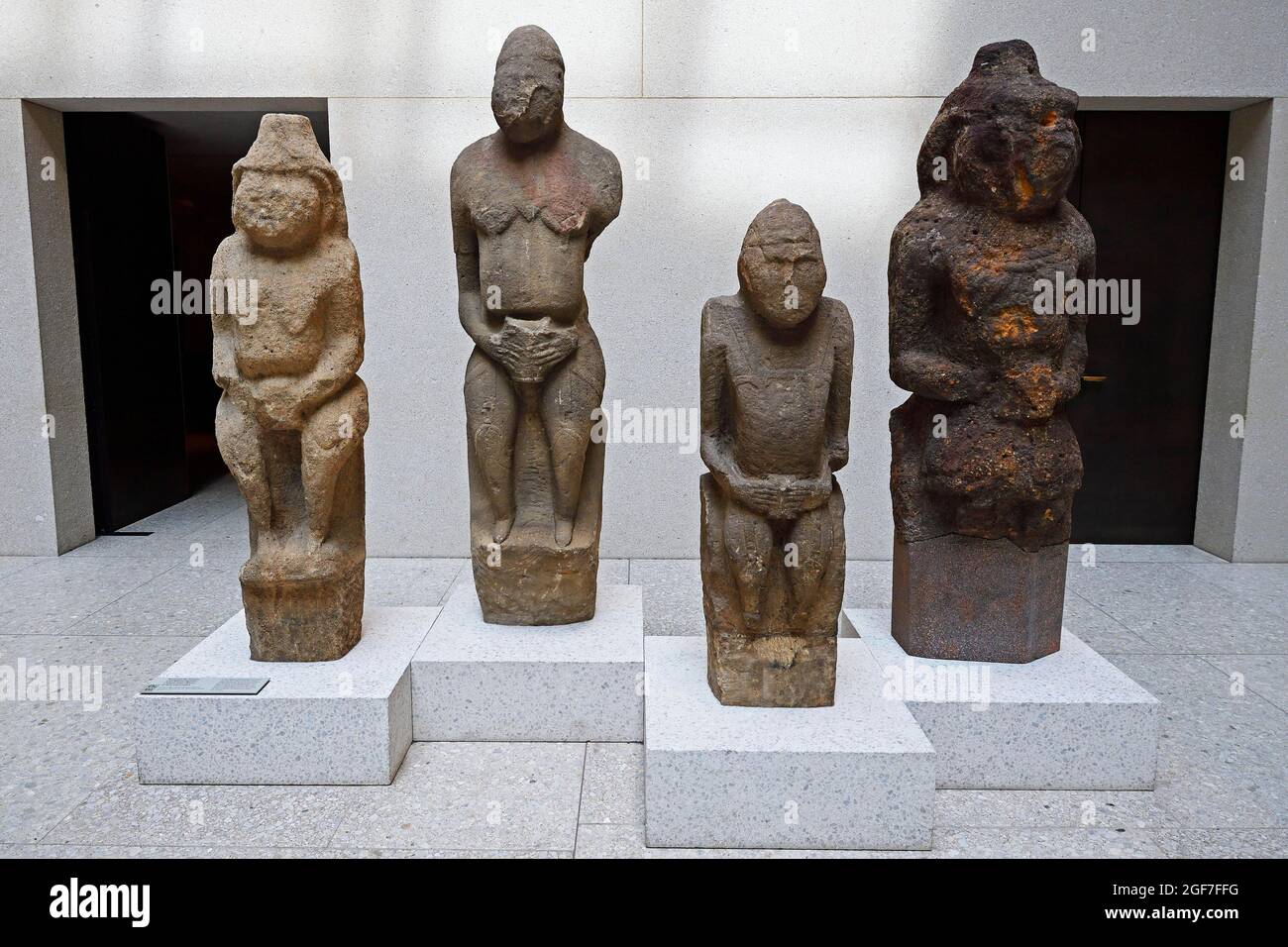 Cuman woman, and men figures, 12th century, Neues Museum, Museum Island, Berlin, Germany Stock Photohttps://www.alamy.com/image-license-details/?v=1https://www.alamy.com/cuman-woman-and-men-figures-12th-century-neues-museum-museum-island-berlin-germany-image439644900.html
Cuman woman, and men figures, 12th century, Neues Museum, Museum Island, Berlin, Germany Stock Photohttps://www.alamy.com/image-license-details/?v=1https://www.alamy.com/cuman-woman-and-men-figures-12th-century-neues-museum-museum-island-berlin-germany-image439644900.htmlRM2GF7FFG–Cuman woman, and men figures, 12th century, Neues Museum, Museum Island, Berlin, Germany
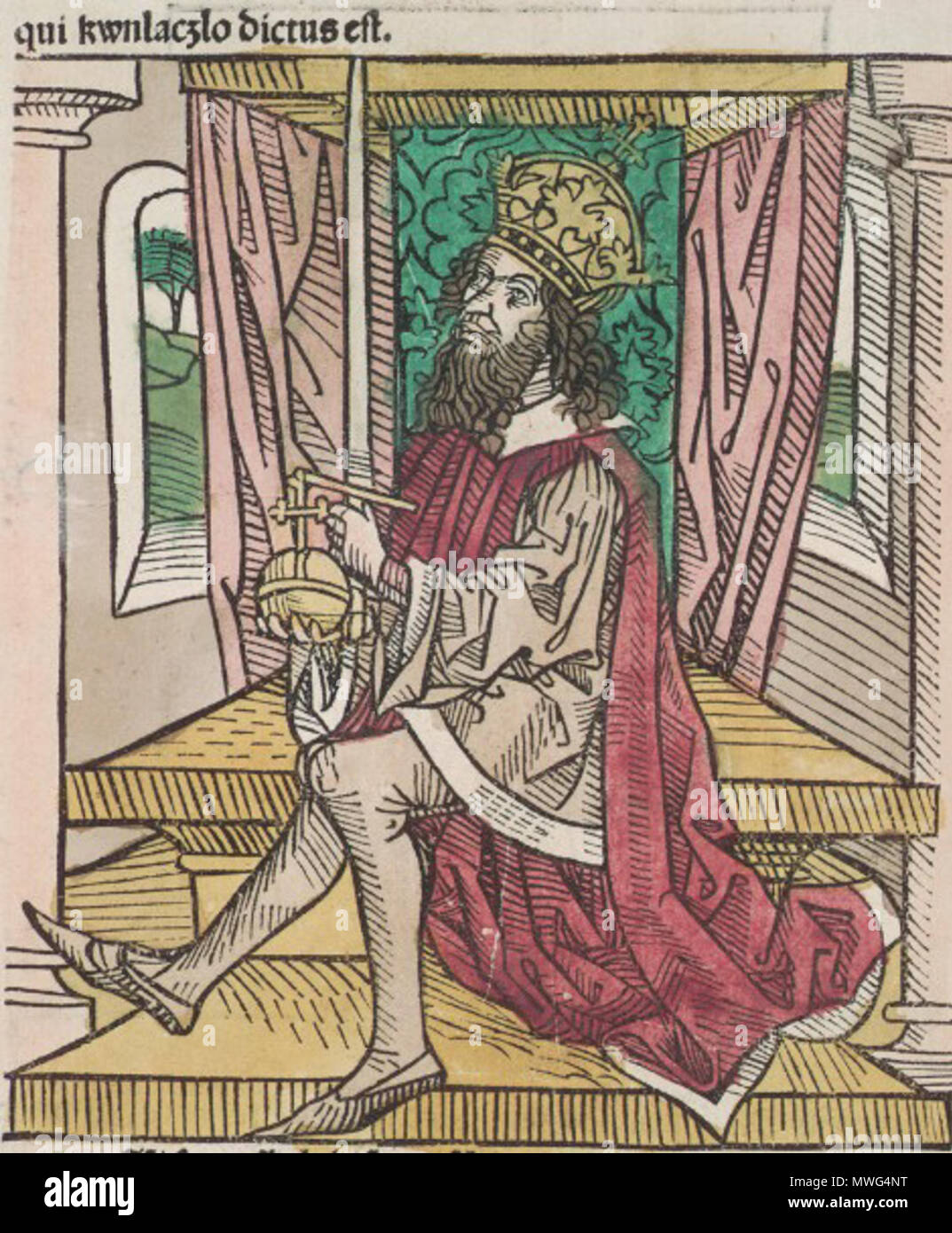 . English: Ladislaus IV of Hungary . 15th century. Johannes Thurocz 356 Ladislaus IV of Hungary th Stock Photohttps://www.alamy.com/image-license-details/?v=1https://www.alamy.com/english-ladislaus-iv-of-hungary-15th-century-johannes-thurocz-356-ladislaus-iv-of-hungary-th-image187825060.html
. English: Ladislaus IV of Hungary . 15th century. Johannes Thurocz 356 Ladislaus IV of Hungary th Stock Photohttps://www.alamy.com/image-license-details/?v=1https://www.alamy.com/english-ladislaus-iv-of-hungary-15th-century-johannes-thurocz-356-ladislaus-iv-of-hungary-th-image187825060.htmlRMMWG4NT–. English: Ladislaus IV of Hungary . 15th century. Johannes Thurocz 356 Ladislaus IV of Hungary th
 Mitotic division,fertilization, Blue color cuman cell ,Bleu stem cell. 3D render. Stock Photohttps://www.alamy.com/image-license-details/?v=1https://www.alamy.com/mitotic-divisionfertilization-blue-color-cuman-cell-bleu-stem-cell-3d-render-image454904882.html
Mitotic division,fertilization, Blue color cuman cell ,Bleu stem cell. 3D render. Stock Photohttps://www.alamy.com/image-license-details/?v=1https://www.alamy.com/mitotic-divisionfertilization-blue-color-cuman-cell-bleu-stem-cell-3d-render-image454904882.htmlRF2HC2KPX–Mitotic division,fertilization, Blue color cuman cell ,Bleu stem cell. 3D render.
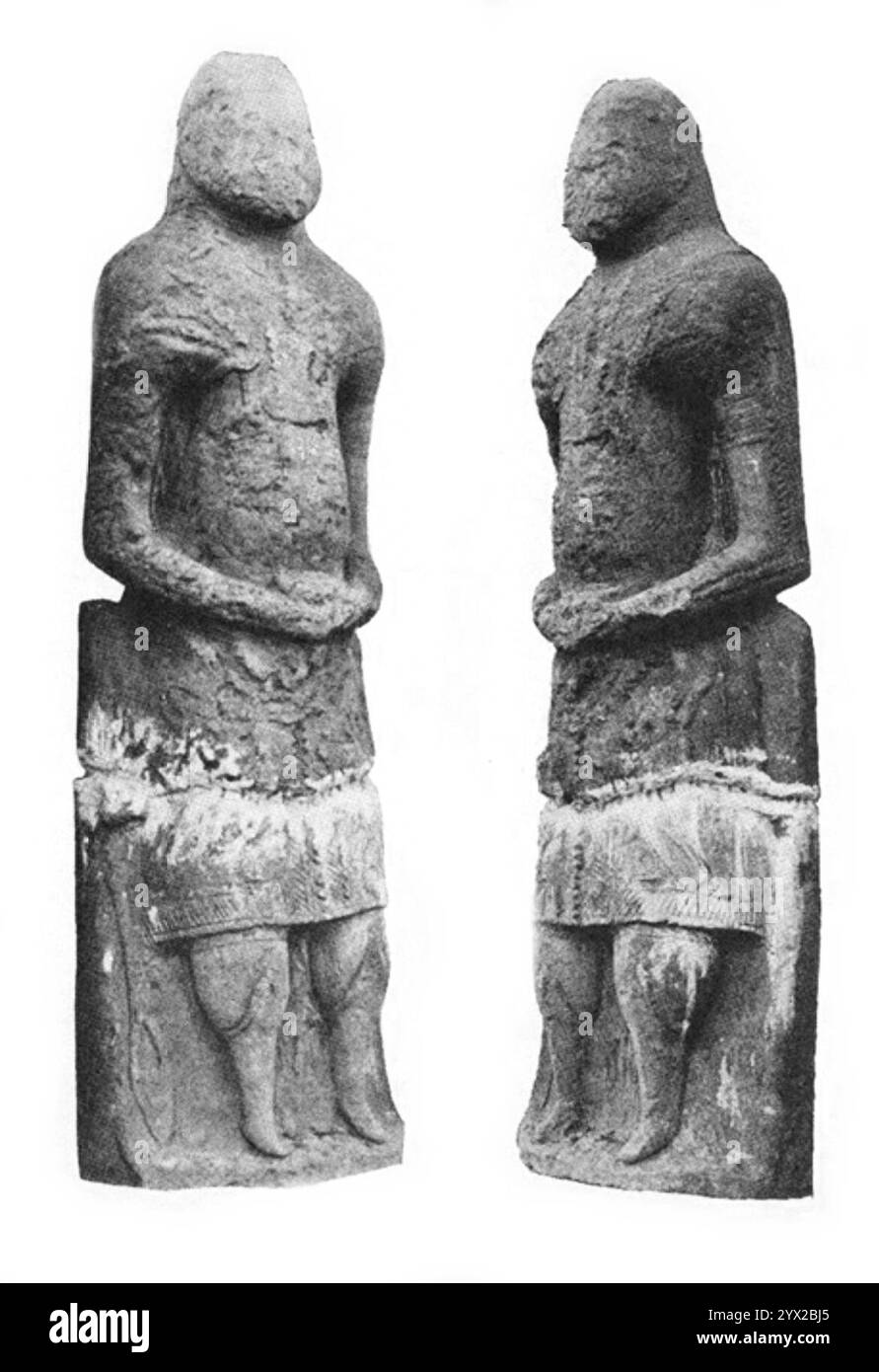 Cuman-Qıpčaq warrior-statue with musical instrument carved at its feet (left). Stock Photohttps://www.alamy.com/image-license-details/?v=1https://www.alamy.com/cuman-qpaq-warrior-statue-with-musical-instrument-carved-at-its-feet-left-image635607341.html
Cuman-Qıpčaq warrior-statue with musical instrument carved at its feet (left). Stock Photohttps://www.alamy.com/image-license-details/?v=1https://www.alamy.com/cuman-qpaq-warrior-statue-with-musical-instrument-carved-at-its-feet-left-image635607341.htmlRM2YX2BJ5–Cuman-Qıpčaq warrior-statue with musical instrument carved at its feet (left).
 The carved stone Kurgan stelae on the lawn in Pereiaslav Scansen, Ukraine Stock Photohttps://www.alamy.com/image-license-details/?v=1https://www.alamy.com/the-carved-stone-kurgan-stelae-on-the-lawn-in-pereiaslav-scansen-ukraine-image440672119.html
The carved stone Kurgan stelae on the lawn in Pereiaslav Scansen, Ukraine Stock Photohttps://www.alamy.com/image-license-details/?v=1https://www.alamy.com/the-carved-stone-kurgan-stelae-on-the-lawn-in-pereiaslav-scansen-ukraine-image440672119.htmlRF2GGX9NY–The carved stone Kurgan stelae on the lawn in Pereiaslav Scansen, Ukraine
 Darjiu Szekelyderzs Romania. 16.jun.2019. Saint Ladislaus wins the bloody duel, girl beheads the Cuman warrior. Fresco detail in the Unitarian fortifi Stock Photohttps://www.alamy.com/image-license-details/?v=1https://www.alamy.com/darjiu-szekelyderzs-romania-16jun2019-saint-ladislaus-wins-the-bloody-duel-girl-beheads-the-cuman-warrior-fresco-detail-in-the-unitarian-fortifi-image458942271.html
Darjiu Szekelyderzs Romania. 16.jun.2019. Saint Ladislaus wins the bloody duel, girl beheads the Cuman warrior. Fresco detail in the Unitarian fortifi Stock Photohttps://www.alamy.com/image-license-details/?v=1https://www.alamy.com/darjiu-szekelyderzs-romania-16jun2019-saint-ladislaus-wins-the-bloody-duel-girl-beheads-the-cuman-warrior-fresco-detail-in-the-unitarian-fortifi-image458942271.htmlRF2HJJHFB–Darjiu Szekelyderzs Romania. 16.jun.2019. Saint Ladislaus wins the bloody duel, girl beheads the Cuman warrior. Fresco detail in the Unitarian fortifi
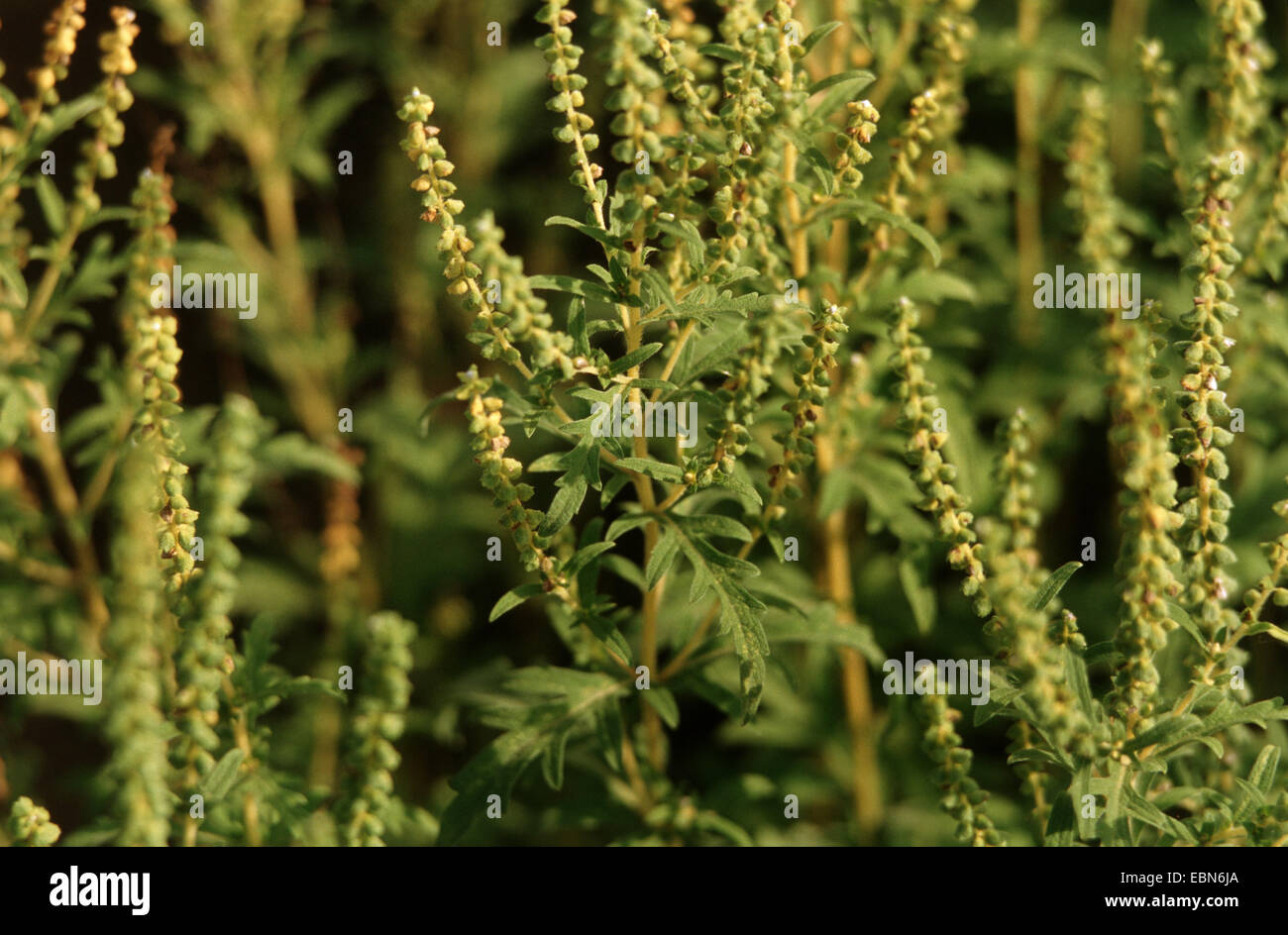 Cuman ragweed, Perennial ragweed, Western ragweed (Ambrosia psilostachya), blooming Stock Photohttps://www.alamy.com/image-license-details/?v=1https://www.alamy.com/stock-photo-cuman-ragweed-perennial-ragweed-western-ragweed-ambrosia-psilostachya-76068898.html
Cuman ragweed, Perennial ragweed, Western ragweed (Ambrosia psilostachya), blooming Stock Photohttps://www.alamy.com/image-license-details/?v=1https://www.alamy.com/stock-photo-cuman-ragweed-perennial-ragweed-western-ragweed-ambrosia-psilostachya-76068898.htmlRMEBN6JA–Cuman ragweed, Perennial ragweed, Western ragweed (Ambrosia psilostachya), blooming
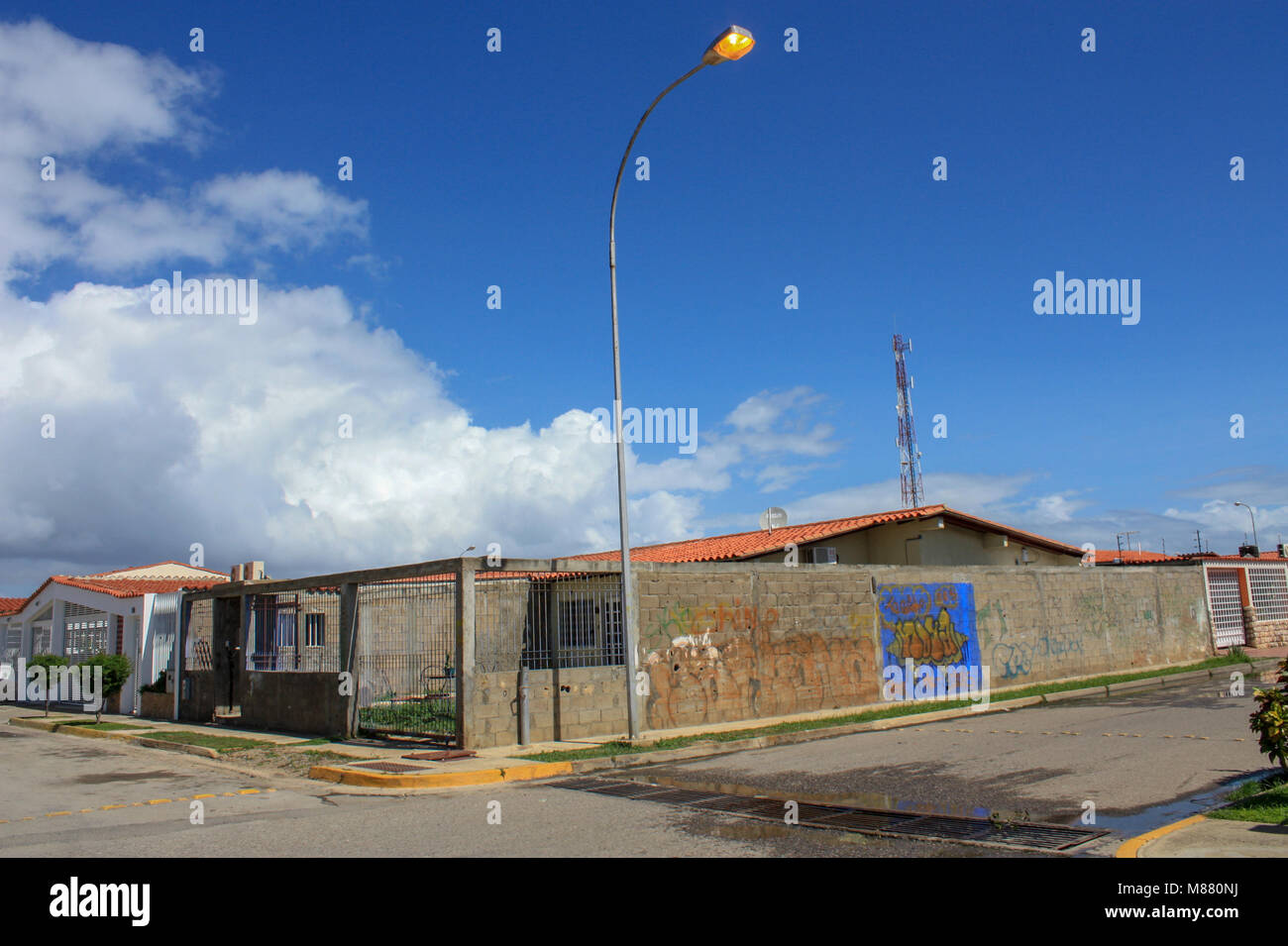 unfinnished house in Cuman city Stock Photohttps://www.alamy.com/image-license-details/?v=1https://www.alamy.com/stock-photo-unfinnished-house-in-cuman-city-177197150.html
unfinnished house in Cuman city Stock Photohttps://www.alamy.com/image-license-details/?v=1https://www.alamy.com/stock-photo-unfinnished-house-in-cuman-city-177197150.htmlRFM880NJ–unfinnished house in Cuman city
 Cuman ragweed, Perennial ragweed or Western ragweed (Ambrosia psilostachya), Asteraceae. Stock Photohttps://www.alamy.com/image-license-details/?v=1https://www.alamy.com/stock-photo-cuman-ragweed-perennial-ragweed-or-western-ragweed-ambrosia-psilostachya-133263330.html
Cuman ragweed, Perennial ragweed or Western ragweed (Ambrosia psilostachya), Asteraceae. Stock Photohttps://www.alamy.com/image-license-details/?v=1https://www.alamy.com/stock-photo-cuman-ragweed-perennial-ragweed-or-western-ragweed-ambrosia-psilostachya-133263330.htmlRMHMPJMJ–Cuman ragweed, Perennial ragweed or Western ragweed (Ambrosia psilostachya), Asteraceae.
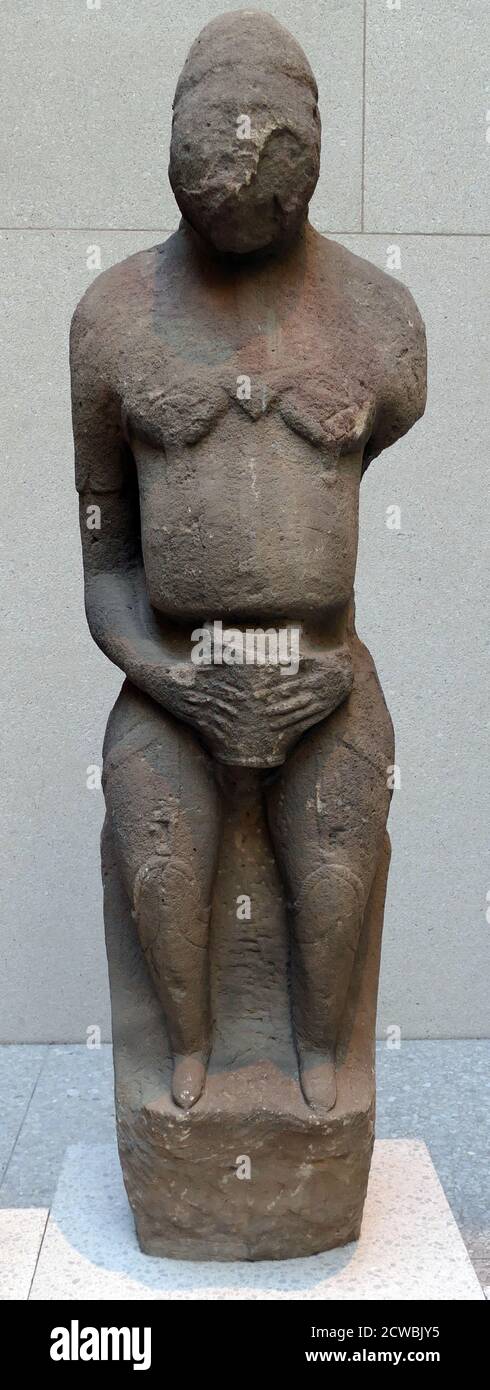 Sandstone Cuman stone figures of men and women Stock Photohttps://www.alamy.com/image-license-details/?v=1https://www.alamy.com/sandstone-cuman-stone-figures-of-men-and-women-image377040473.html
Sandstone Cuman stone figures of men and women Stock Photohttps://www.alamy.com/image-license-details/?v=1https://www.alamy.com/sandstone-cuman-stone-figures-of-men-and-women-image377040473.htmlRM2CWBJY5–Sandstone Cuman stone figures of men and women
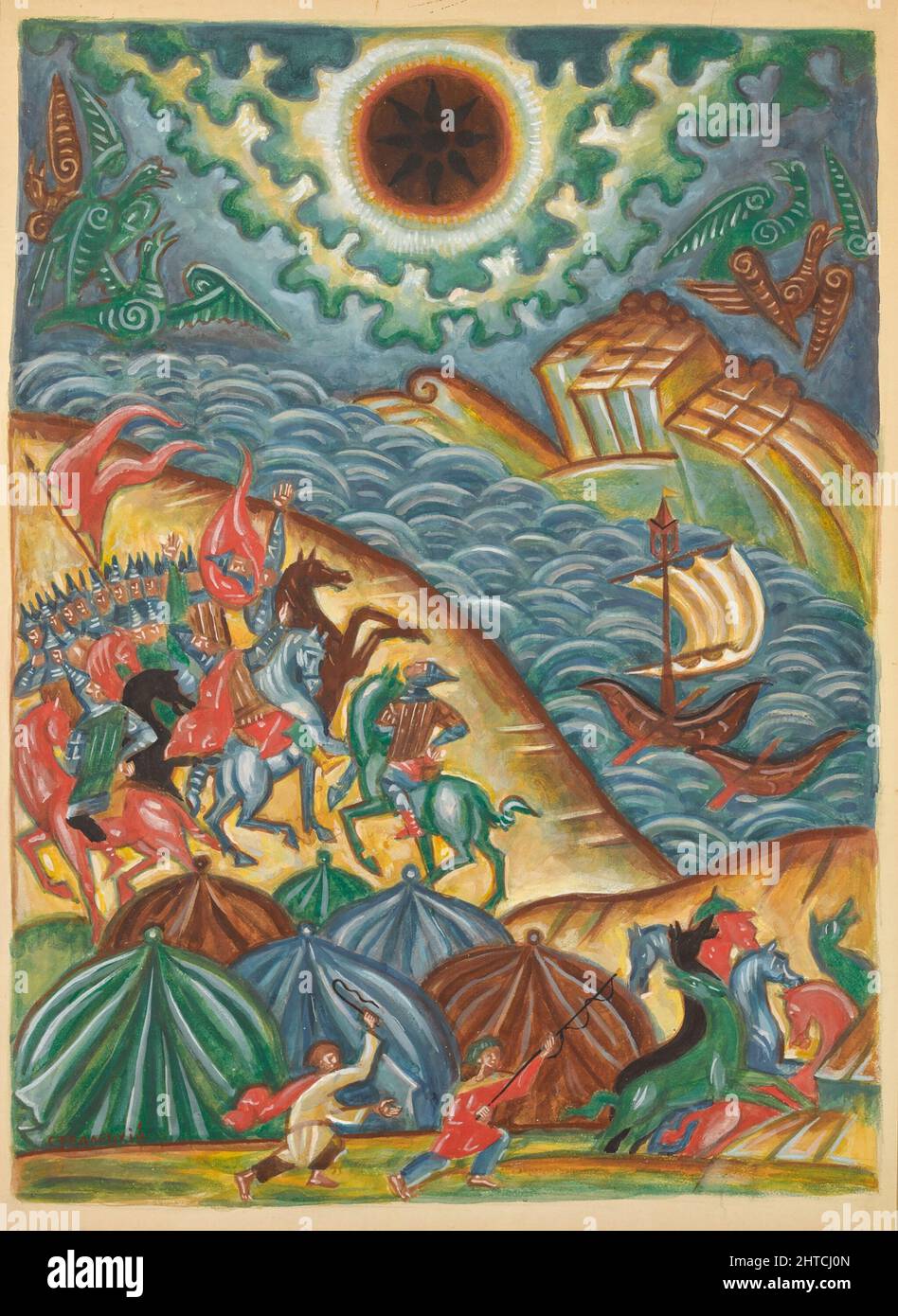 Igor's Campaign. Illustration to The Tale of Igor's Campaign, ca 1928. Private Collection. Stock Photohttps://www.alamy.com/image-license-details/?v=1https://www.alamy.com/igors-campaign-illustration-to-the-tale-of-igors-campaign-ca-1928-private-collection-image462498869.html
Igor's Campaign. Illustration to The Tale of Igor's Campaign, ca 1928. Private Collection. Stock Photohttps://www.alamy.com/image-license-details/?v=1https://www.alamy.com/igors-campaign-illustration-to-the-tale-of-igors-campaign-ca-1928-private-collection-image462498869.htmlRM2HTCJ0N–Igor's Campaign. Illustration to The Tale of Igor's Campaign, ca 1928. Private Collection.
 A view from the ancient castle Donec, a landmark in Kharkiv, Ukraine, which was visited by Prince Igor and John Smith (the 1-st American writer) Stock Photohttps://www.alamy.com/image-license-details/?v=1https://www.alamy.com/a-view-from-the-ancient-castle-donec-a-landmark-in-kharkiv-ukraine-which-was-visited-by-prince-igor-and-john-smith-the-1-st-american-writer-image459409826.html
A view from the ancient castle Donec, a landmark in Kharkiv, Ukraine, which was visited by Prince Igor and John Smith (the 1-st American writer) Stock Photohttps://www.alamy.com/image-license-details/?v=1https://www.alamy.com/a-view-from-the-ancient-castle-donec-a-landmark-in-kharkiv-ukraine-which-was-visited-by-prince-igor-and-john-smith-the-1-st-american-writer-image459409826.htmlRF2HKBWWP–A view from the ancient castle Donec, a landmark in Kharkiv, Ukraine, which was visited by Prince Igor and John Smith (the 1-st American writer)
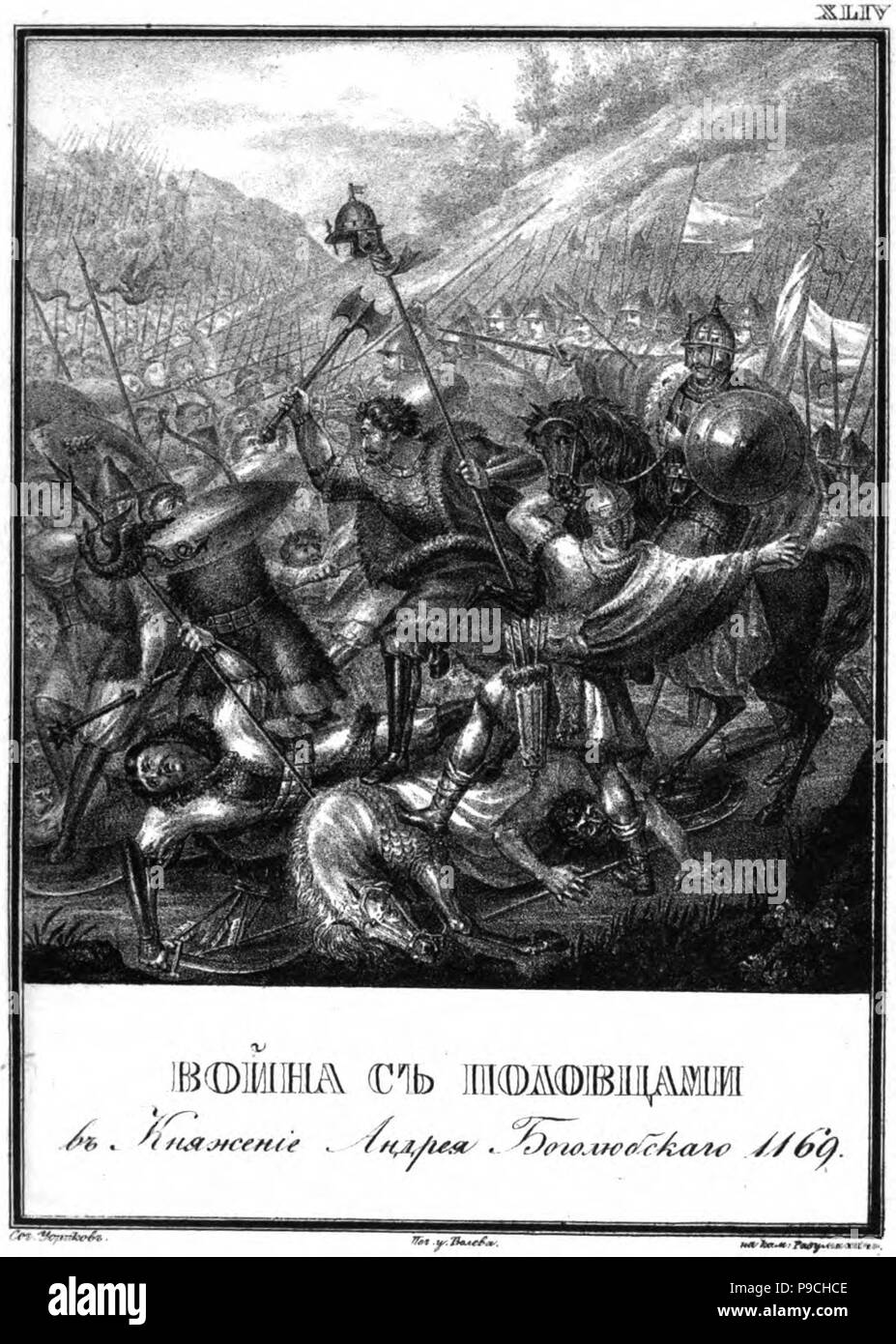 Battle with the Polovtsians at the Time of Andrei Bogolyubsky, 1169 (From 'Illustrated Karamzin'). Museum: Russian State Library, Moscow. Stock Photohttps://www.alamy.com/image-license-details/?v=1https://www.alamy.com/battle-with-the-polovtsians-at-the-time-of-andrei-bogolyubsky-1169-from-illustrated-karamzin-museum-russian-state-library-moscow-image212333422.html
Battle with the Polovtsians at the Time of Andrei Bogolyubsky, 1169 (From 'Illustrated Karamzin'). Museum: Russian State Library, Moscow. Stock Photohttps://www.alamy.com/image-license-details/?v=1https://www.alamy.com/battle-with-the-polovtsians-at-the-time-of-andrei-bogolyubsky-1169-from-illustrated-karamzin-museum-russian-state-library-moscow-image212333422.htmlRMP9CHCE–Battle with the Polovtsians at the Time of Andrei Bogolyubsky, 1169 (From 'Illustrated Karamzin'). Museum: Russian State Library, Moscow.
 Cumana, Sucre, Venezuela. 10th June, 2011. June 10, 2011. Castle of San Antonio de la Eminencia, built between 1665 and 1668 with the purpose of defending the city of Cuman''¡ from the attack of pirates and corsairs that lashed the Caribbean. It is located in the city of Cuman''¡, Sucre state, Venezuela. Cumana was the first city founded in the American continent. Photo: Juan Carlos Hernandez Credit: Juan Carlos Hernandez/ZUMA Wire/Alamy Live News Stock Photohttps://www.alamy.com/image-license-details/?v=1https://www.alamy.com/stock-photo-cumana-sucre-venezuela-10th-june-2011-june-10-2011-castle-of-san-antonio-172877804.html
Cumana, Sucre, Venezuela. 10th June, 2011. June 10, 2011. Castle of San Antonio de la Eminencia, built between 1665 and 1668 with the purpose of defending the city of Cuman''¡ from the attack of pirates and corsairs that lashed the Caribbean. It is located in the city of Cuman''¡, Sucre state, Venezuela. Cumana was the first city founded in the American continent. Photo: Juan Carlos Hernandez Credit: Juan Carlos Hernandez/ZUMA Wire/Alamy Live News Stock Photohttps://www.alamy.com/image-license-details/?v=1https://www.alamy.com/stock-photo-cumana-sucre-venezuela-10th-june-2011-june-10-2011-castle-of-san-antonio-172877804.htmlRMM177B8–Cumana, Sucre, Venezuela. 10th June, 2011. June 10, 2011. Castle of San Antonio de la Eminencia, built between 1665 and 1668 with the purpose of defending the city of Cuman''¡ from the attack of pirates and corsairs that lashed the Caribbean. It is located in the city of Cuman''¡, Sucre state, Venezuela. Cumana was the first city founded in the American continent. Photo: Juan Carlos Hernandez Credit: Juan Carlos Hernandez/ZUMA Wire/Alamy Live News
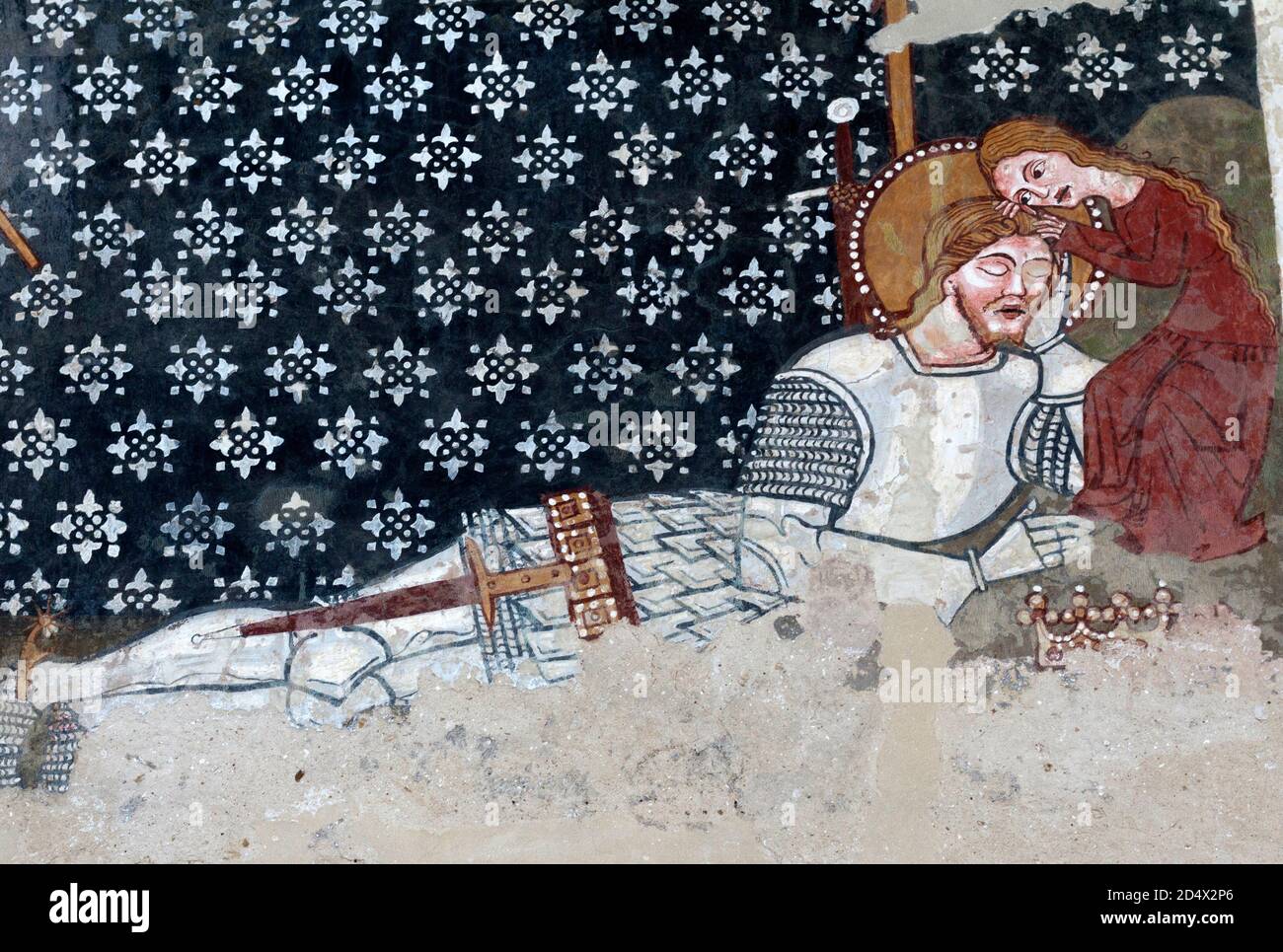 After the battle, tired Saint Ladislas resting with the rescued girl. Fresco detail in the Unitarian fortified churc on the UNESCO World Heritage Site Stock Photohttps://www.alamy.com/image-license-details/?v=1https://www.alamy.com/after-the-battle-tired-saint-ladislas-resting-with-the-rescued-girl-fresco-detail-in-the-unitarian-fortified-churc-on-the-unesco-world-heritage-site-image381659662.html
After the battle, tired Saint Ladislas resting with the rescued girl. Fresco detail in the Unitarian fortified churc on the UNESCO World Heritage Site Stock Photohttps://www.alamy.com/image-license-details/?v=1https://www.alamy.com/after-the-battle-tired-saint-ladislas-resting-with-the-rescued-girl-fresco-detail-in-the-unitarian-fortified-churc-on-the-unesco-world-heritage-site-image381659662.htmlRF2D4X2P6–After the battle, tired Saint Ladislas resting with the rescued girl. Fresco detail in the Unitarian fortified churc on the UNESCO World Heritage Site
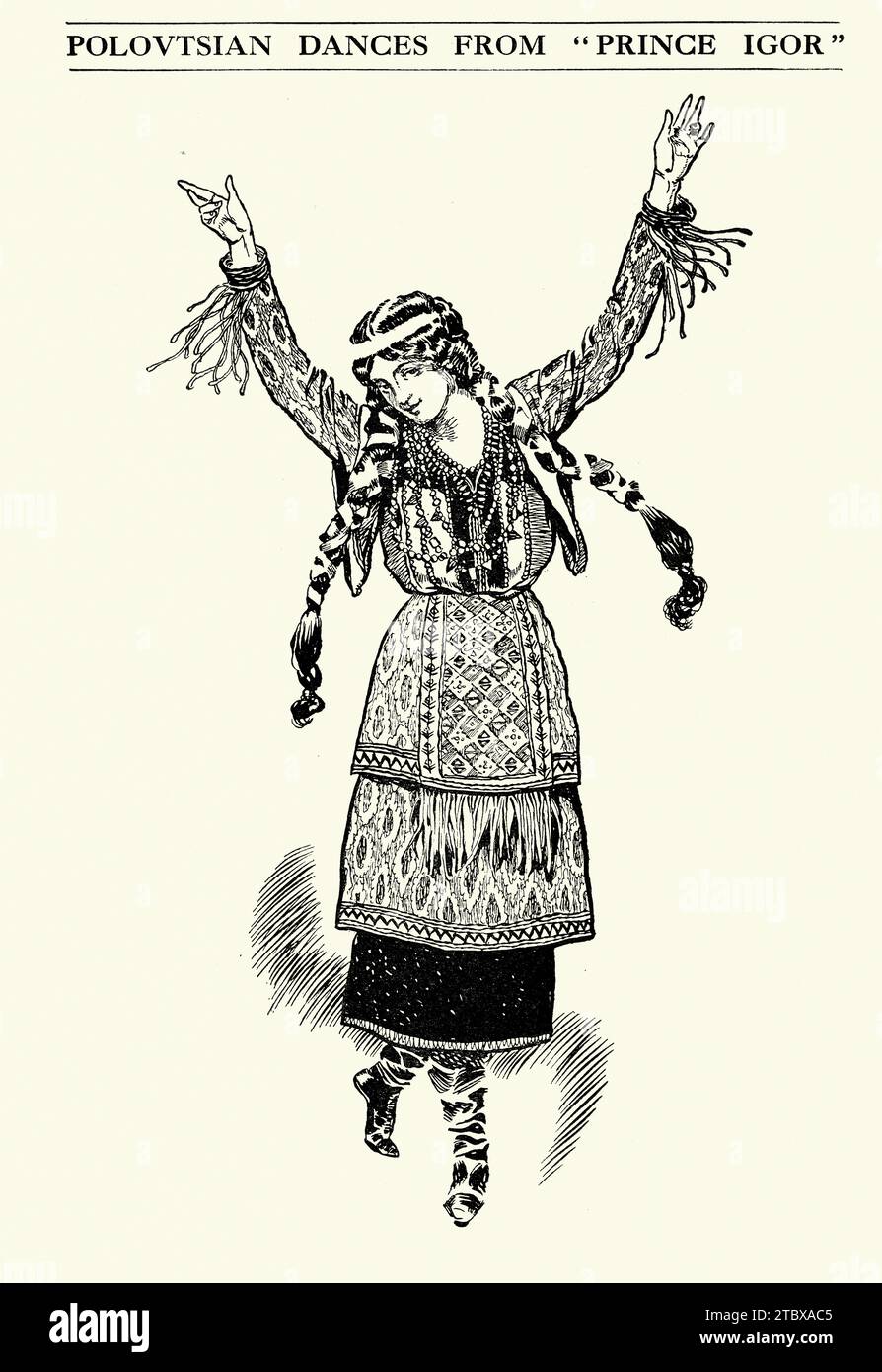 Polovtsian dances, Russian, Costume design for the Opera ballet Prince Igor which recounts the campaign of the 12th-century prince Igor Svyatoslavich against the invading Cuman Stock Photohttps://www.alamy.com/image-license-details/?v=1https://www.alamy.com/polovtsian-dances-russian-costume-design-for-the-opera-ballet-prince-igor-which-recounts-the-campaign-of-the-12th-century-prince-igor-svyatoslavich-against-the-invading-cuman-image575282293.html
Polovtsian dances, Russian, Costume design for the Opera ballet Prince Igor which recounts the campaign of the 12th-century prince Igor Svyatoslavich against the invading Cuman Stock Photohttps://www.alamy.com/image-license-details/?v=1https://www.alamy.com/polovtsian-dances-russian-costume-design-for-the-opera-ballet-prince-igor-which-recounts-the-campaign-of-the-12th-century-prince-igor-svyatoslavich-against-the-invading-cuman-image575282293.htmlRM2TBXAC5–Polovtsian dances, Russian, Costume design for the Opera ballet Prince Igor which recounts the campaign of the 12th-century prince Igor Svyatoslavich against the invading Cuman
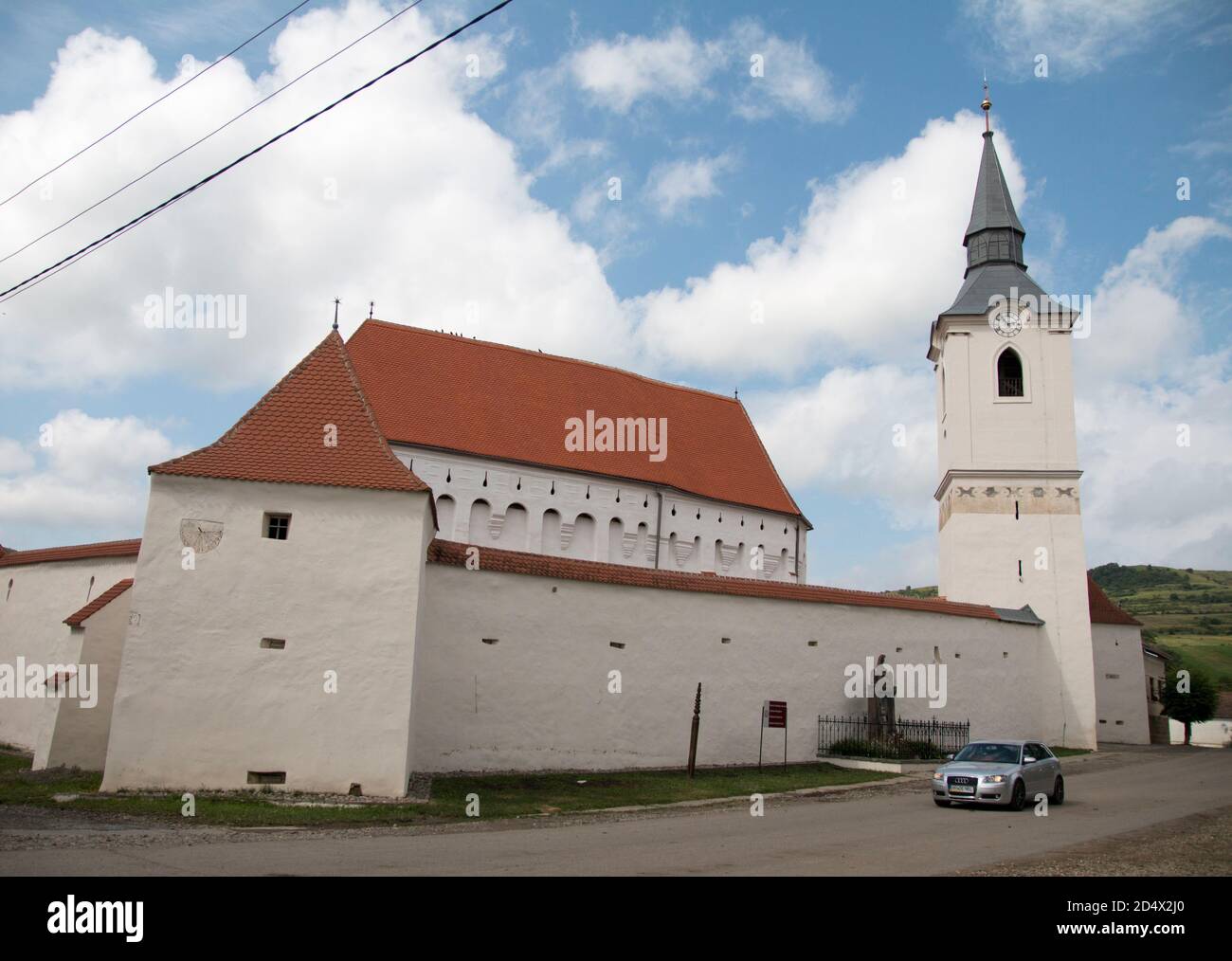 The Szeklers defended with the solid walls and strong faith against the attacking cumans in the Unitarian fortress church on the UNESCO World Heritage Stock Photohttps://www.alamy.com/image-license-details/?v=1https://www.alamy.com/the-szeklers-defended-with-the-solid-walls-and-strong-faith-against-the-attacking-cumans-in-the-unitarian-fortress-church-on-the-unesco-world-heritage-image381659544.html
The Szeklers defended with the solid walls and strong faith against the attacking cumans in the Unitarian fortress church on the UNESCO World Heritage Stock Photohttps://www.alamy.com/image-license-details/?v=1https://www.alamy.com/the-szeklers-defended-with-the-solid-walls-and-strong-faith-against-the-attacking-cumans-in-the-unitarian-fortress-church-on-the-unesco-world-heritage-image381659544.htmlRF2D4X2J0–The Szeklers defended with the solid walls and strong faith against the attacking cumans in the Unitarian fortress church on the UNESCO World Heritage
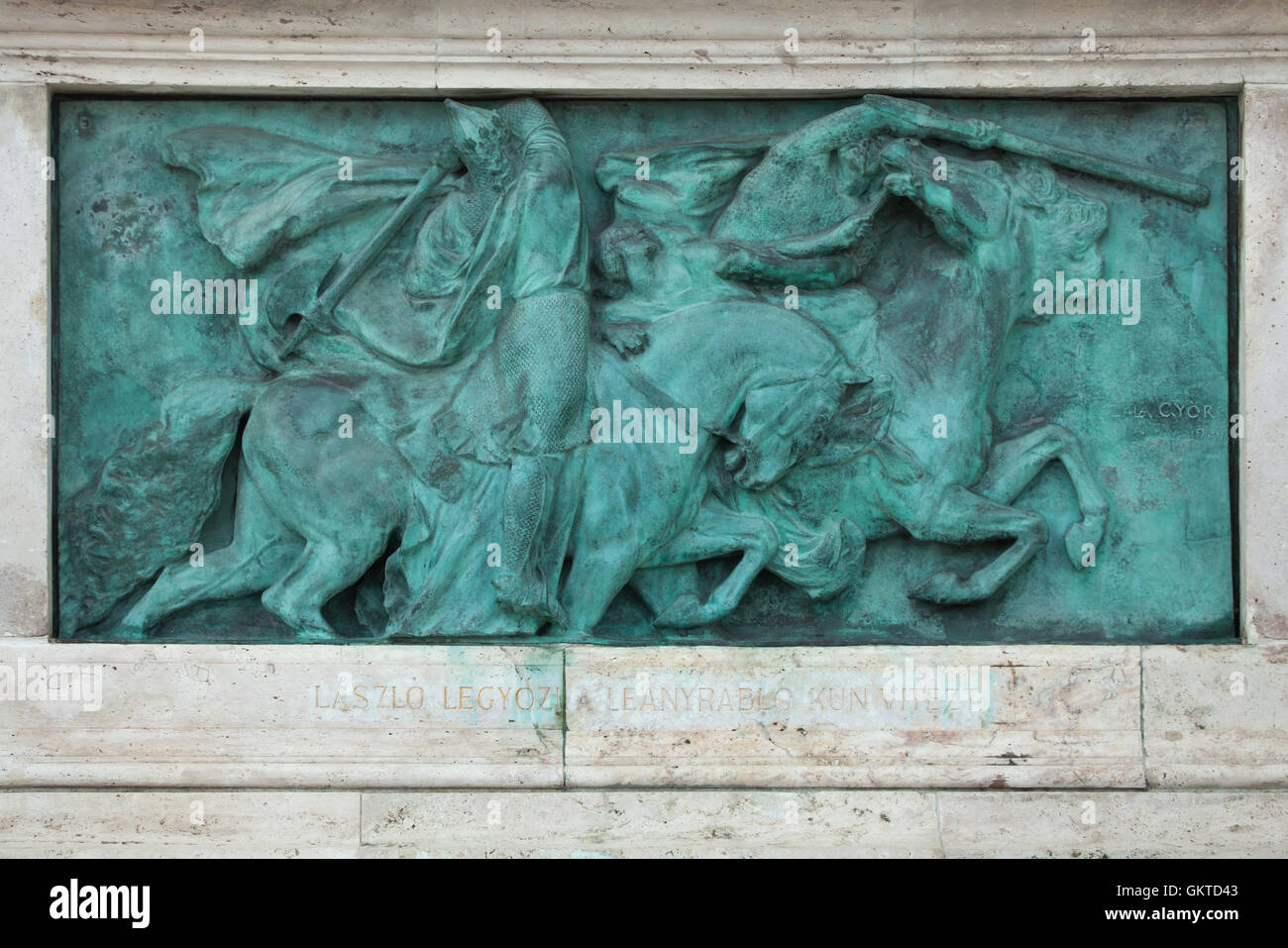 King Ladislaus I of Hungary rescues a maid from a Cumanian warrior. Bronze relief by Hungarian sculptor Gyorgy Zala on the Millennium Monument in the Heroes Square in Budapest, Hungary. Stock Photohttps://www.alamy.com/image-license-details/?v=1https://www.alamy.com/stock-photo-king-ladislaus-i-of-hungary-rescues-a-maid-from-a-cumanian-warrior-115477827.html
King Ladislaus I of Hungary rescues a maid from a Cumanian warrior. Bronze relief by Hungarian sculptor Gyorgy Zala on the Millennium Monument in the Heroes Square in Budapest, Hungary. Stock Photohttps://www.alamy.com/image-license-details/?v=1https://www.alamy.com/stock-photo-king-ladislaus-i-of-hungary-rescues-a-maid-from-a-cumanian-warrior-115477827.htmlRMGKTD43–King Ladislaus I of Hungary rescues a maid from a Cumanian warrior. Bronze relief by Hungarian sculptor Gyorgy Zala on the Millennium Monument in the Heroes Square in Budapest, Hungary.
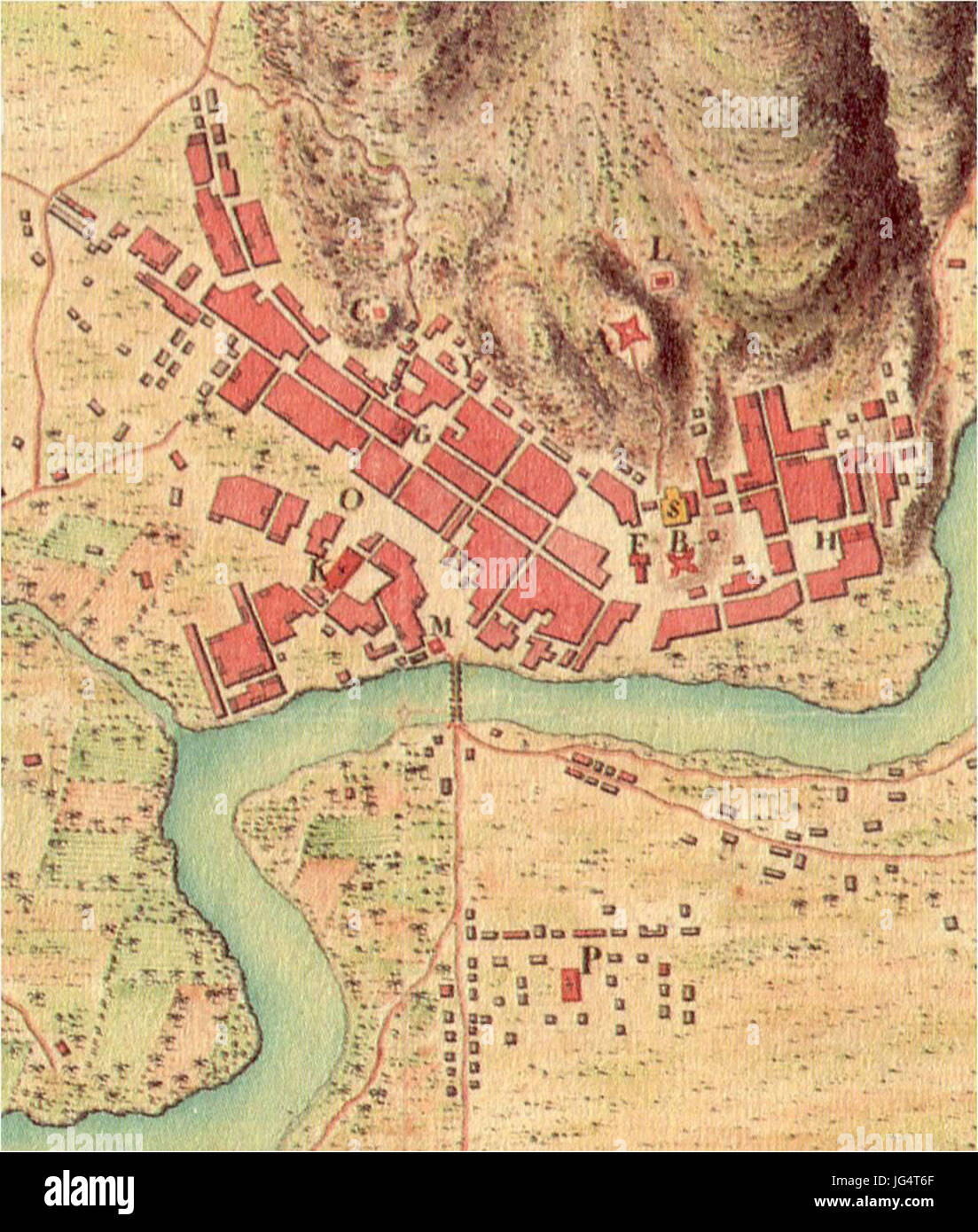 Plano de Cumaná Agustín Crame c.1777 Stock Photohttps://www.alamy.com/image-license-details/?v=1https://www.alamy.com/stock-photo-plano-de-cuman-agustn-crame-c1777-147624247.html
Plano de Cumaná Agustín Crame c.1777 Stock Photohttps://www.alamy.com/image-license-details/?v=1https://www.alamy.com/stock-photo-plano-de-cuman-agustn-crame-c1777-147624247.htmlRMJG4T6F–Plano de Cumaná Agustín Crame c.1777
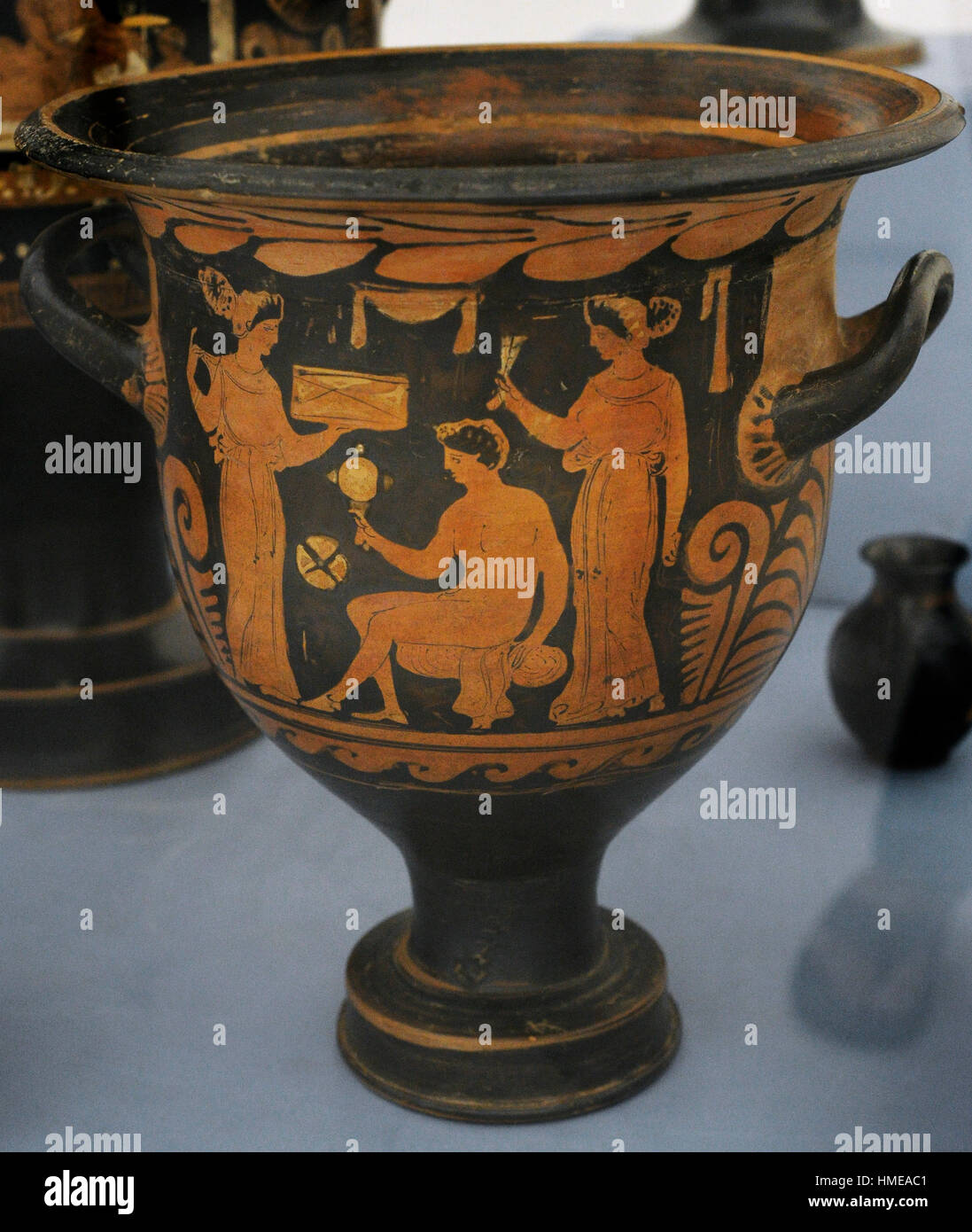 Red-figure bell krater. At the centre, a young man looking himself in a mirror, flanked by two women wearing cloaks. From Cumae. Attributed to the APZ painter, ca.320 BC. Cumana Section. Archaeological Museum. Naples. Italy. Stock Photohttps://www.alamy.com/image-license-details/?v=1https://www.alamy.com/stock-photo-red-figure-bell-krater-at-the-centre-a-young-man-looking-himself-in-133081201.html
Red-figure bell krater. At the centre, a young man looking himself in a mirror, flanked by two women wearing cloaks. From Cumae. Attributed to the APZ painter, ca.320 BC. Cumana Section. Archaeological Museum. Naples. Italy. Stock Photohttps://www.alamy.com/image-license-details/?v=1https://www.alamy.com/stock-photo-red-figure-bell-krater-at-the-centre-a-young-man-looking-himself-in-133081201.htmlRMHMEAC1–Red-figure bell krater. At the centre, a young man looking himself in a mirror, flanked by two women wearing cloaks. From Cumae. Attributed to the APZ painter, ca.320 BC. Cumana Section. Archaeological Museum. Naples. Italy.
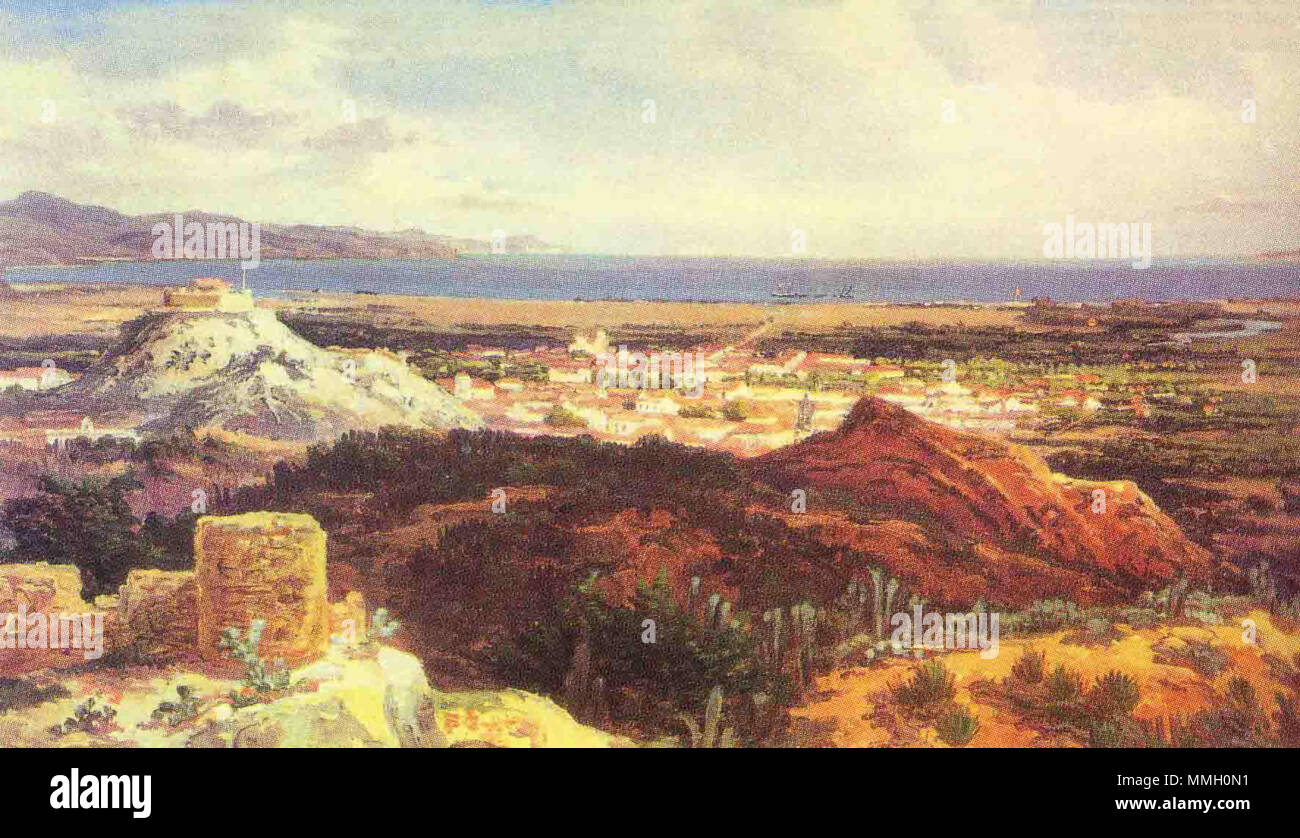 Cumaná en 1843 Stock Photohttps://www.alamy.com/image-license-details/?v=1https://www.alamy.com/cuman-en-1843-image184770573.html
Cumaná en 1843 Stock Photohttps://www.alamy.com/image-license-details/?v=1https://www.alamy.com/cuman-en-1843-image184770573.htmlRMMMH0N1–Cumaná en 1843
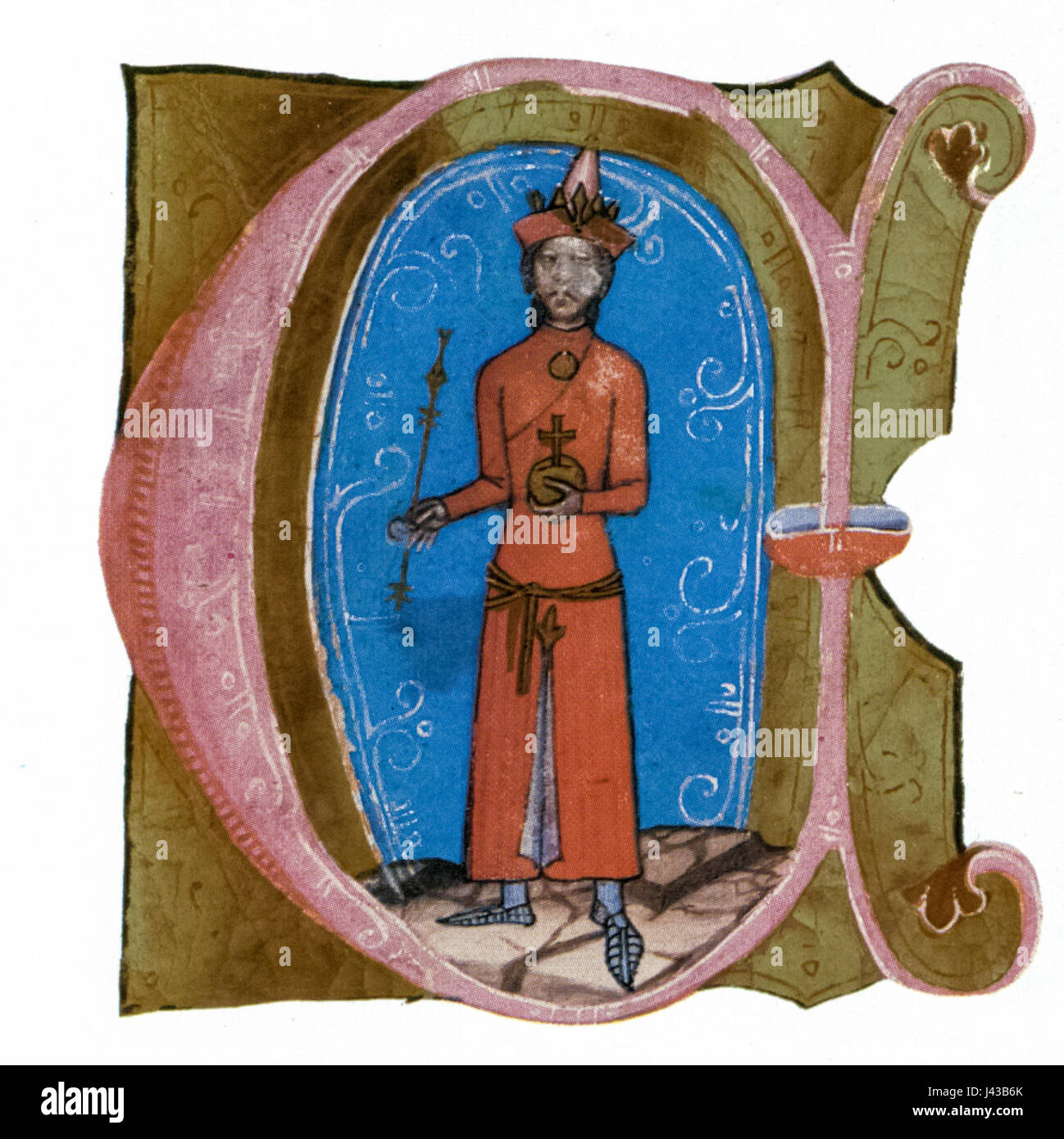 Ladislaus IV of Hungary, also known as Ladislaus the Cuman, was King of Hungary from 1272 until his death in 1290. His reign was marked by conflict with the nobility and attempts to consolidate royal power in Hungary during a period of political instability. Stock Photohttps://www.alamy.com/image-license-details/?v=1https://www.alamy.com/stock-photo-ladislaus-iv-of-hungary-also-known-as-ladislaus-the-cuman-was-king-140216235.html
Ladislaus IV of Hungary, also known as Ladislaus the Cuman, was King of Hungary from 1272 until his death in 1290. His reign was marked by conflict with the nobility and attempts to consolidate royal power in Hungary during a period of political instability. Stock Photohttps://www.alamy.com/image-license-details/?v=1https://www.alamy.com/stock-photo-ladislaus-iv-of-hungary-also-known-as-ladislaus-the-cuman-was-king-140216235.htmlRMJ43B6K–Ladislaus IV of Hungary, also known as Ladislaus the Cuman, was King of Hungary from 1272 until his death in 1290. His reign was marked by conflict with the nobility and attempts to consolidate royal power in Hungary during a period of political instability.
 Mitotic division,fertilization, Blue color cuman cell ,Bleu stem cell. 3D render. Stock Photohttps://www.alamy.com/image-license-details/?v=1https://www.alamy.com/mitotic-divisionfertilization-blue-color-cuman-cell-bleu-stem-cell-3d-render-image454904844.html
Mitotic division,fertilization, Blue color cuman cell ,Bleu stem cell. 3D render. Stock Photohttps://www.alamy.com/image-license-details/?v=1https://www.alamy.com/mitotic-divisionfertilization-blue-color-cuman-cell-bleu-stem-cell-3d-render-image454904844.htmlRF2HC2KNG–Mitotic division,fertilization, Blue color cuman cell ,Bleu stem cell. 3D render.
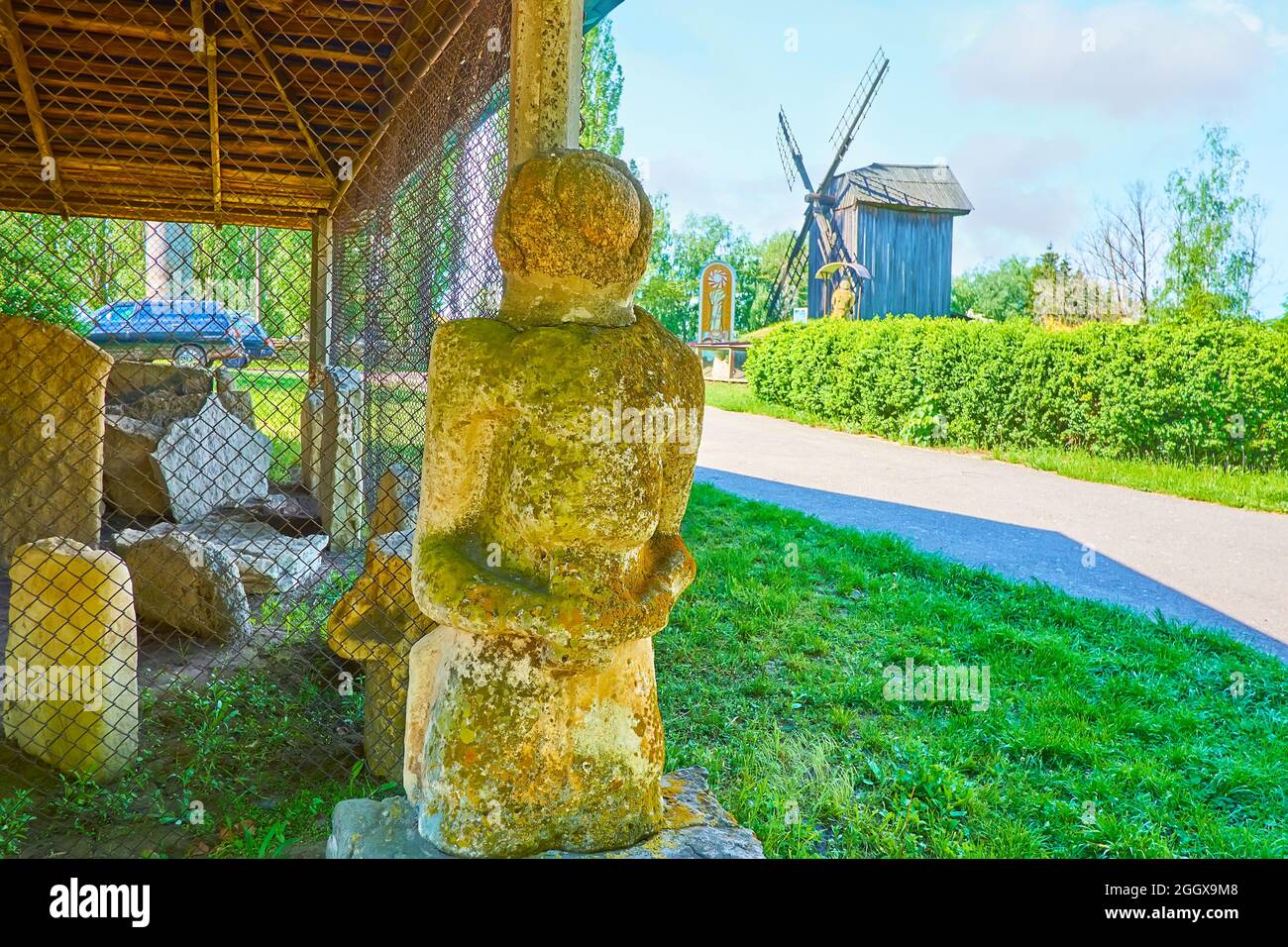 The ancient stone anthropomorphic statue - Kurgan stelae, preserved in Pereiaslav Scansen, Ukraine Stock Photohttps://www.alamy.com/image-license-details/?v=1https://www.alamy.com/the-ancient-stone-anthropomorphic-statue-kurgan-stelae-preserved-in-pereiaslav-scansen-ukraine-image440672072.html
The ancient stone anthropomorphic statue - Kurgan stelae, preserved in Pereiaslav Scansen, Ukraine Stock Photohttps://www.alamy.com/image-license-details/?v=1https://www.alamy.com/the-ancient-stone-anthropomorphic-statue-kurgan-stelae-preserved-in-pereiaslav-scansen-ukraine-image440672072.htmlRF2GGX9M8–The ancient stone anthropomorphic statue - Kurgan stelae, preserved in Pereiaslav Scansen, Ukraine
 Radzivill Chronicle Cumans Stock Photohttps://www.alamy.com/image-license-details/?v=1https://www.alamy.com/stock-photo-radzivill-chronicle-cumans-140416858.html
Radzivill Chronicle Cumans Stock Photohttps://www.alamy.com/image-license-details/?v=1https://www.alamy.com/stock-photo-radzivill-chronicle-cumans-140416858.htmlRMJ4CF3P–Radzivill Chronicle Cumans
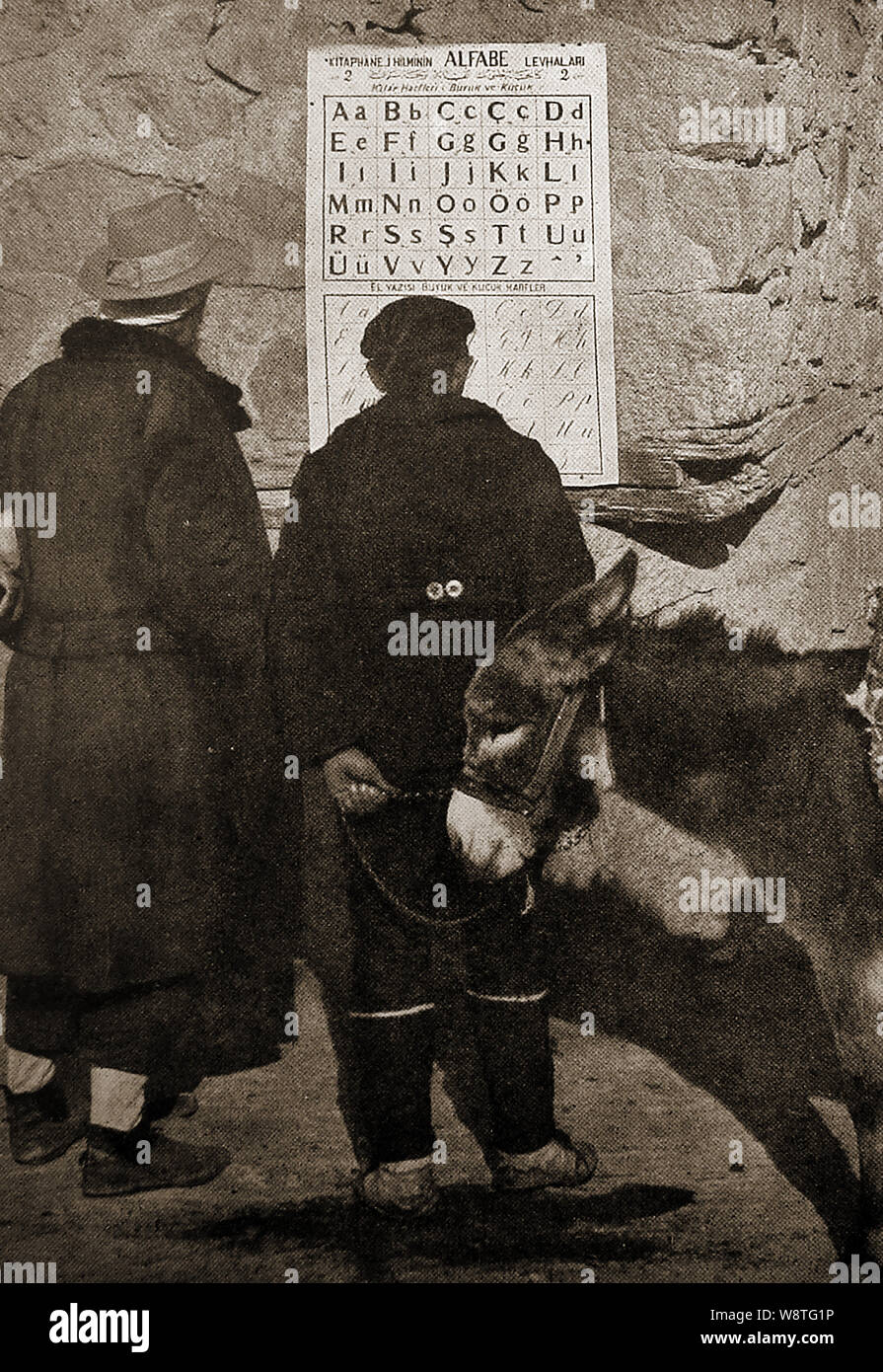 Turkey change of alphabet from Turkish to Western - Public posters helped ordinary people convert to the new system. It became compulsory by 1 January 1929 and was part of a personal initiative of the founder of the Turkish Republic, Mustafa Kemal Atatürk to modernise the country Stock Photohttps://www.alamy.com/image-license-details/?v=1https://www.alamy.com/turkey-change-of-alphabet-from-turkish-to-western-public-posters-helped-ordinary-people-convert-to-the-new-system-it-became-compulsory-by-1-january-1929-and-was-part-of-a-personal-initiative-of-the-founder-of-the-turkish-republic-mustafa-kemal-atatrk-to-modernise-the-country-image263612210.html
Turkey change of alphabet from Turkish to Western - Public posters helped ordinary people convert to the new system. It became compulsory by 1 January 1929 and was part of a personal initiative of the founder of the Turkish Republic, Mustafa Kemal Atatürk to modernise the country Stock Photohttps://www.alamy.com/image-license-details/?v=1https://www.alamy.com/turkey-change-of-alphabet-from-turkish-to-western-public-posters-helped-ordinary-people-convert-to-the-new-system-it-became-compulsory-by-1-january-1929-and-was-part-of-a-personal-initiative-of-the-founder-of-the-turkish-republic-mustafa-kemal-atatrk-to-modernise-the-country-image263612210.htmlRMW8TG1P–Turkey change of alphabet from Turkish to Western - Public posters helped ordinary people convert to the new system. It became compulsory by 1 January 1929 and was part of a personal initiative of the founder of the Turkish Republic, Mustafa Kemal Atatürk to modernise the country
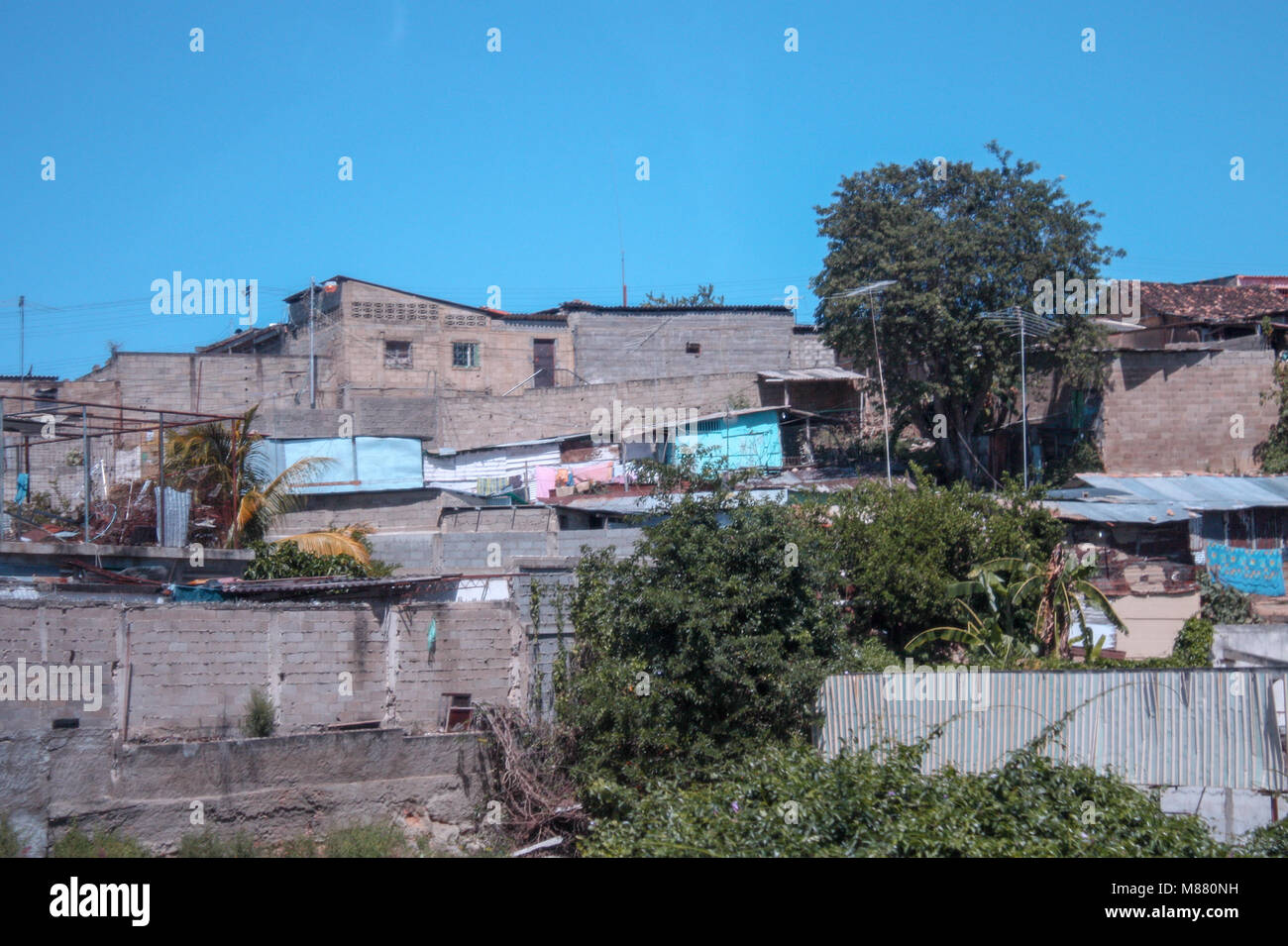 poor part in Cuman city Stock Photohttps://www.alamy.com/image-license-details/?v=1https://www.alamy.com/stock-photo-poor-part-in-cuman-city-177197149.html
poor part in Cuman city Stock Photohttps://www.alamy.com/image-license-details/?v=1https://www.alamy.com/stock-photo-poor-part-in-cuman-city-177197149.htmlRFM880NH–poor part in Cuman city
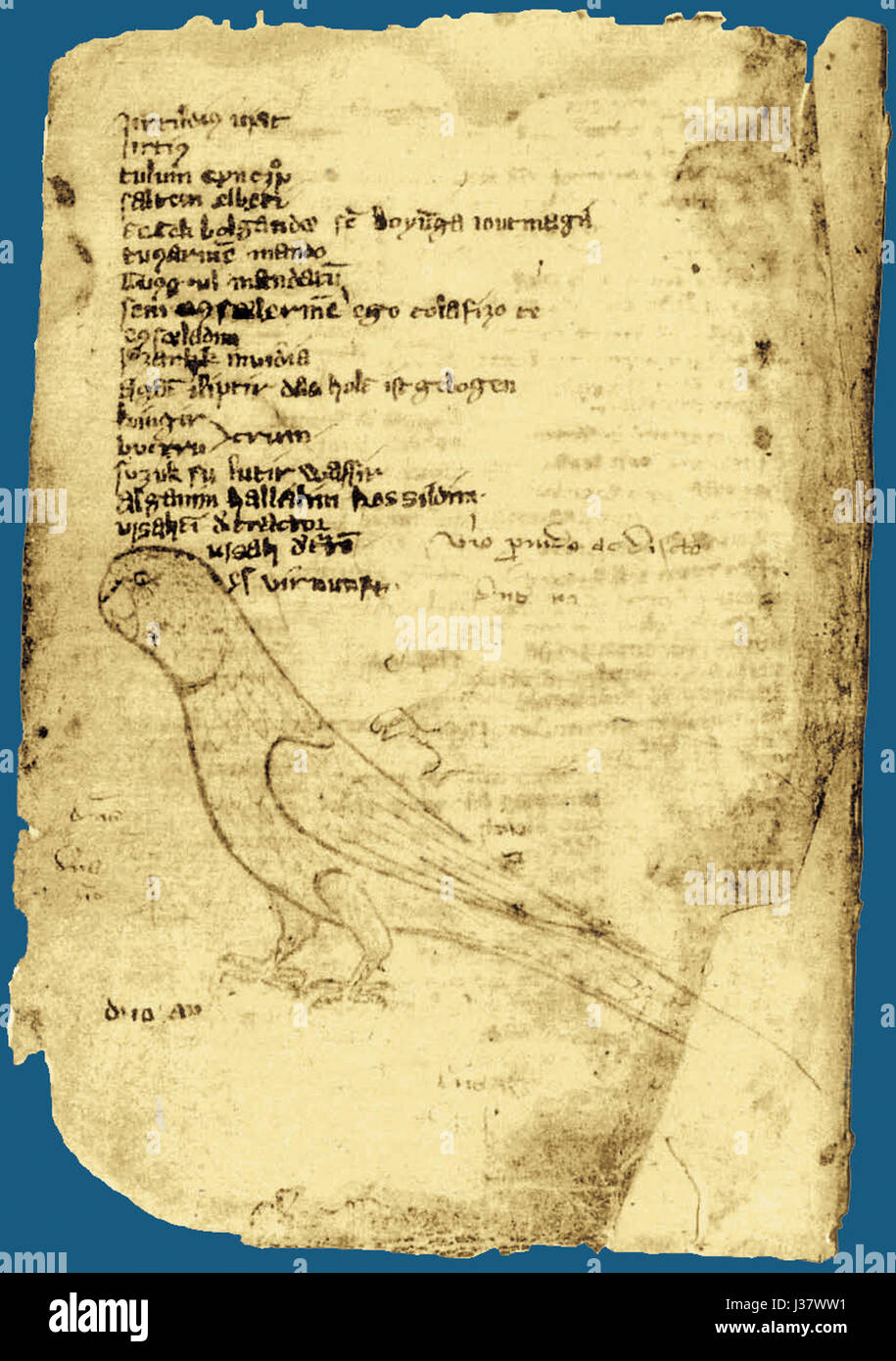 Codex Cumanicus 58 Stock Photohttps://www.alamy.com/image-license-details/?v=1https://www.alamy.com/stock-photo-codex-cumanicus-58-139700877.html
Codex Cumanicus 58 Stock Photohttps://www.alamy.com/image-license-details/?v=1https://www.alamy.com/stock-photo-codex-cumanicus-58-139700877.htmlRMJ37WW1–Codex Cumanicus 58
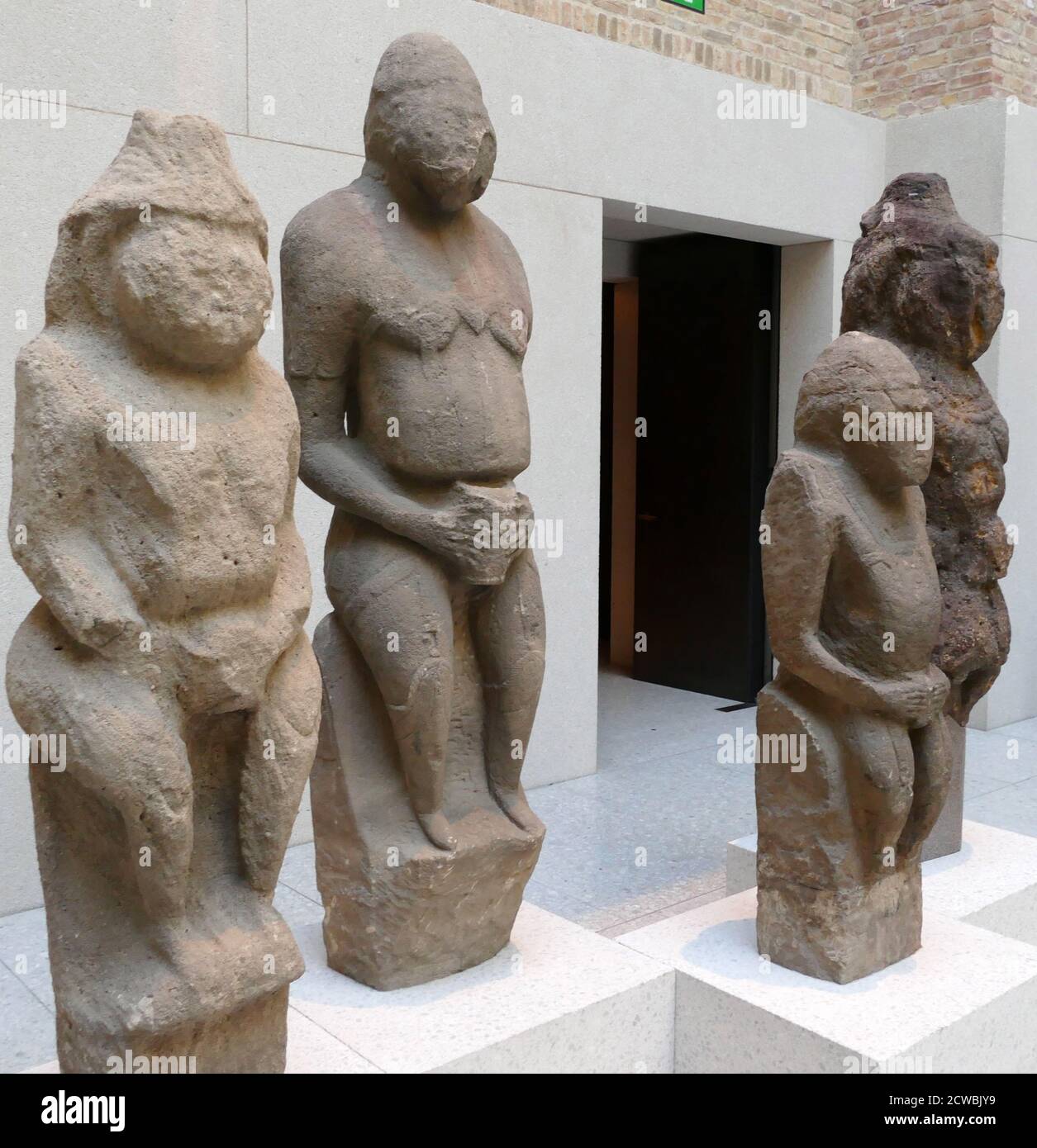 Sandstone Cuman stone figures of men and women Stock Photohttps://www.alamy.com/image-license-details/?v=1https://www.alamy.com/sandstone-cuman-stone-figures-of-men-and-women-image377040477.html
Sandstone Cuman stone figures of men and women Stock Photohttps://www.alamy.com/image-license-details/?v=1https://www.alamy.com/sandstone-cuman-stone-figures-of-men-and-women-image377040477.htmlRM2CWBJY9–Sandstone Cuman stone figures of men and women
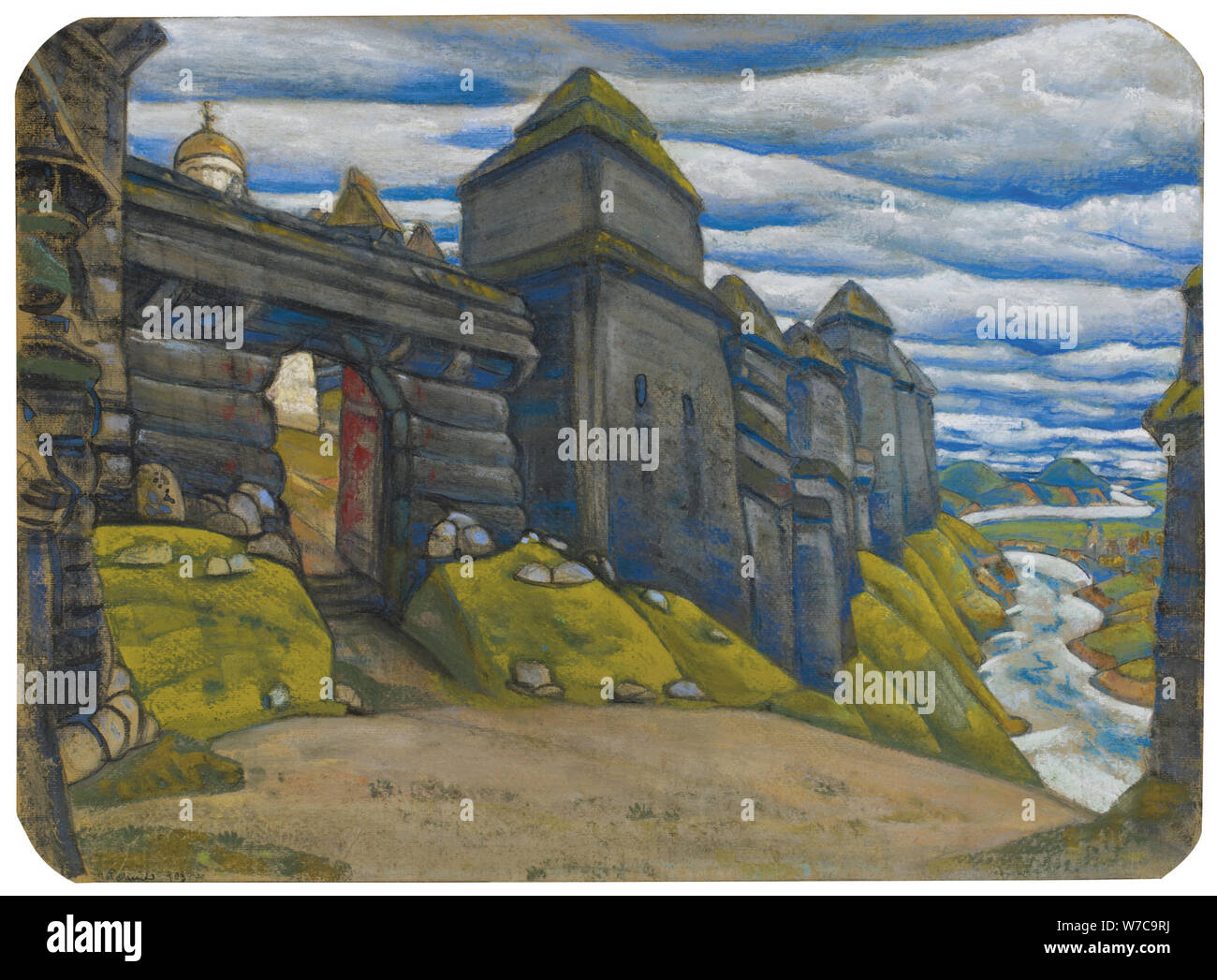 Stage design for the opera Prince Igor by A. Borodin. Artist: Roerich, Nicholas (1874-1947) Stock Photohttps://www.alamy.com/image-license-details/?v=1https://www.alamy.com/stage-design-for-the-opera-prince-igor-by-a-borodin-artist-roerich-nicholas-1874-1947-image262729254.html
Stage design for the opera Prince Igor by A. Borodin. Artist: Roerich, Nicholas (1874-1947) Stock Photohttps://www.alamy.com/image-license-details/?v=1https://www.alamy.com/stage-design-for-the-opera-prince-igor-by-a-borodin-artist-roerich-nicholas-1874-1947-image262729254.htmlRMW7C9RJ–Stage design for the opera Prince Igor by A. Borodin. Artist: Roerich, Nicholas (1874-1947)
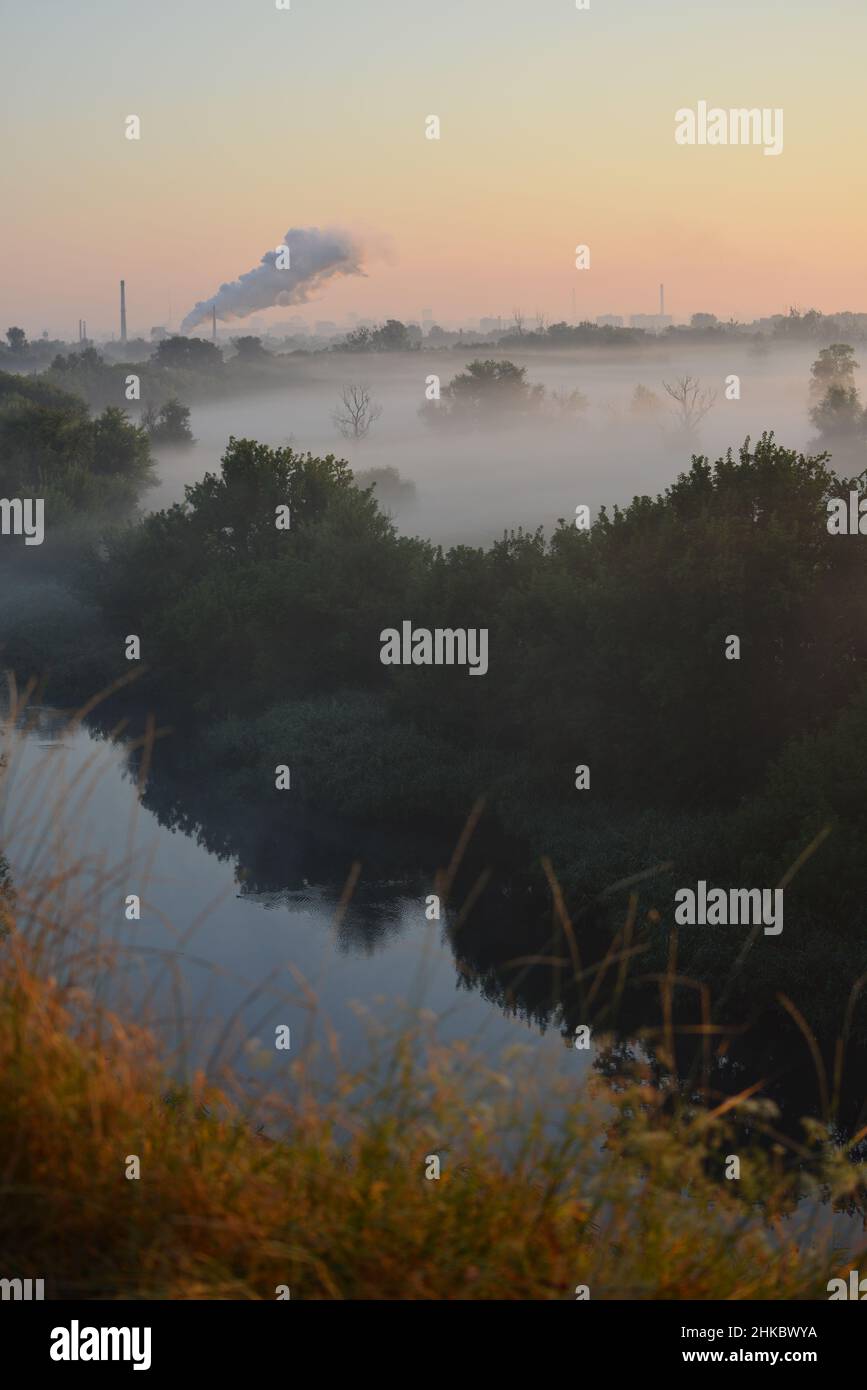 A view from the ancient castle Donec, a landmark in Kharkiv, Ukraine, which was visited by Prince Igor and John Smith (the 1-st American writer) Stock Photohttps://www.alamy.com/image-license-details/?v=1https://www.alamy.com/a-view-from-the-ancient-castle-donec-a-landmark-in-kharkiv-ukraine-which-was-visited-by-prince-igor-and-john-smith-the-1-st-american-writer-image459409870.html
A view from the ancient castle Donec, a landmark in Kharkiv, Ukraine, which was visited by Prince Igor and John Smith (the 1-st American writer) Stock Photohttps://www.alamy.com/image-license-details/?v=1https://www.alamy.com/a-view-from-the-ancient-castle-donec-a-landmark-in-kharkiv-ukraine-which-was-visited-by-prince-igor-and-john-smith-the-1-st-american-writer-image459409870.htmlRF2HKBWYA–A view from the ancient castle Donec, a landmark in Kharkiv, Ukraine, which was visited by Prince Igor and John Smith (the 1-st American writer)
 Rus vs Cumans 2 Stock Photohttps://www.alamy.com/image-license-details/?v=1https://www.alamy.com/stock-photo-rus-vs-cumans-2-143469345.html
Rus vs Cumans 2 Stock Photohttps://www.alamy.com/image-license-details/?v=1https://www.alamy.com/stock-photo-rus-vs-cumans-2-143469345.htmlRMJ9BGH5–Rus vs Cumans 2
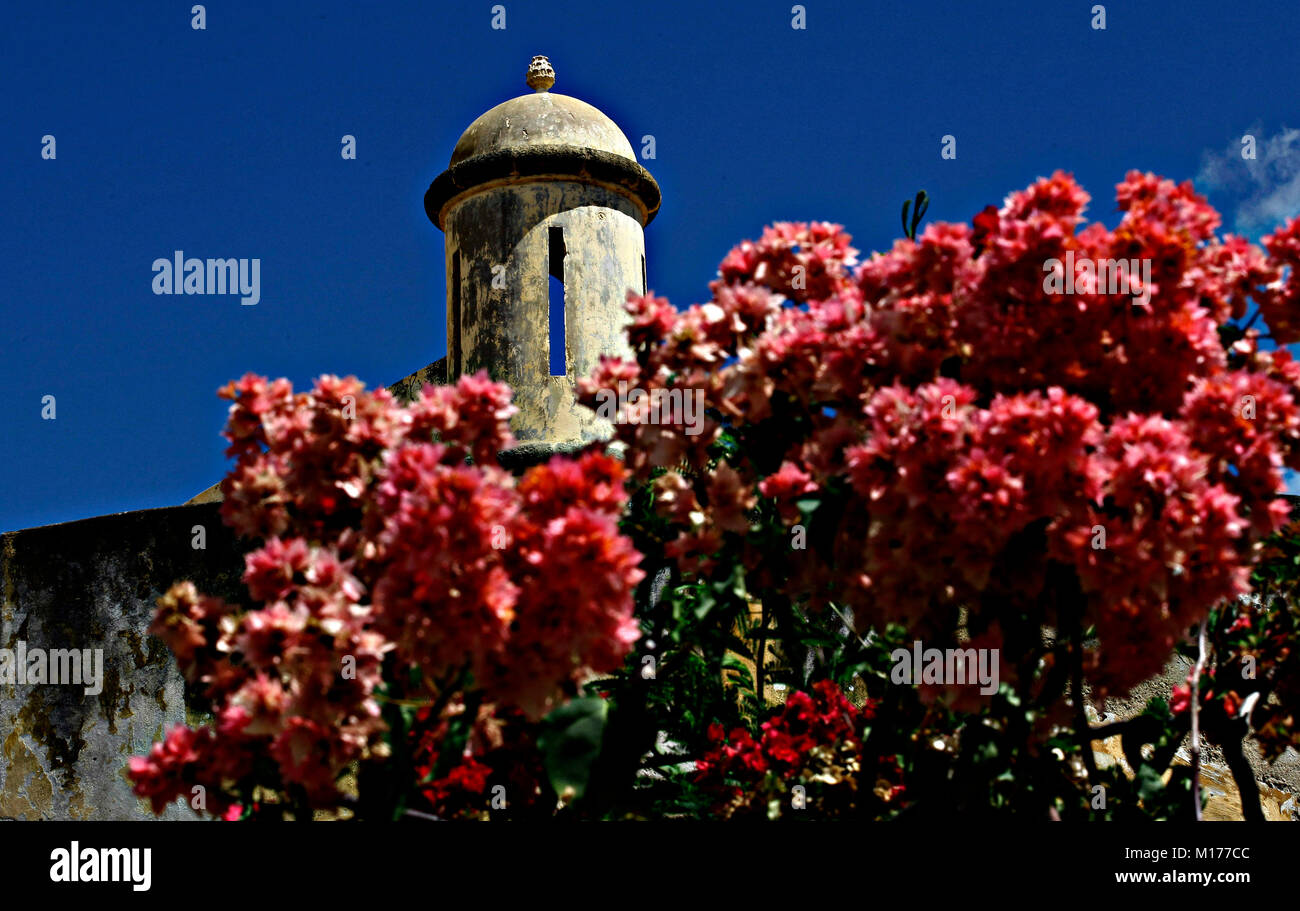 Cumana, Sucre, Venezuela. 10th June, 2011. June 10, 2011. Castle of San Antonio de la Eminencia, built between 1665 and 1668 with the purpose of defending the city of Cuman''¡ from the attack of pirates and corsairs that lashed the Caribbean. It is located in the city of Cuman''¡, Sucre state, Venezuela. Cumana was the first city founded in the American continent. Photo: Juan Carlos Hernandez Credit: Juan Carlos Hernandez/ZUMA Wire/Alamy Live News Stock Photohttps://www.alamy.com/image-license-details/?v=1https://www.alamy.com/stock-photo-cumana-sucre-venezuela-10th-june-2011-june-10-2011-castle-of-san-antonio-172877836.html
Cumana, Sucre, Venezuela. 10th June, 2011. June 10, 2011. Castle of San Antonio de la Eminencia, built between 1665 and 1668 with the purpose of defending the city of Cuman''¡ from the attack of pirates and corsairs that lashed the Caribbean. It is located in the city of Cuman''¡, Sucre state, Venezuela. Cumana was the first city founded in the American continent. Photo: Juan Carlos Hernandez Credit: Juan Carlos Hernandez/ZUMA Wire/Alamy Live News Stock Photohttps://www.alamy.com/image-license-details/?v=1https://www.alamy.com/stock-photo-cumana-sucre-venezuela-10th-june-2011-june-10-2011-castle-of-san-antonio-172877836.htmlRMM177CC–Cumana, Sucre, Venezuela. 10th June, 2011. June 10, 2011. Castle of San Antonio de la Eminencia, built between 1665 and 1668 with the purpose of defending the city of Cuman''¡ from the attack of pirates and corsairs that lashed the Caribbean. It is located in the city of Cuman''¡, Sucre state, Venezuela. Cumana was the first city founded in the American continent. Photo: Juan Carlos Hernandez Credit: Juan Carlos Hernandez/ZUMA Wire/Alamy Live News
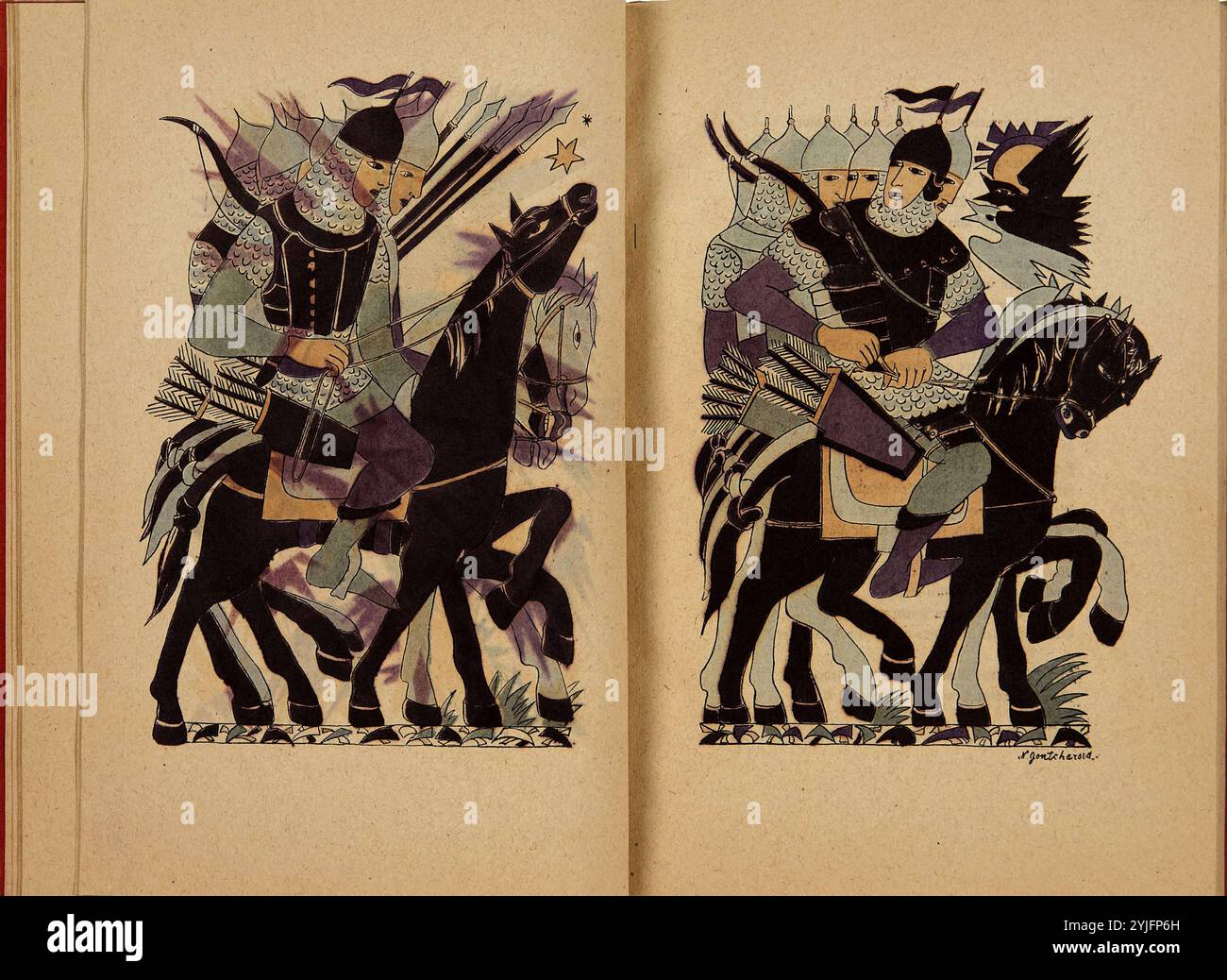 Illustration to The Tale of Igor's Campaign. Museum: PRIVATE COLLECTION. Author: Natalia Sergeevna Goncharova. Copyright: This artwork is not in public domain. It is your responsibility to obtain all necessary third party permissions from the copyright handler in your country prior to publication. Stock Photohttps://www.alamy.com/image-license-details/?v=1https://www.alamy.com/illustration-to-the-tale-of-igors-campaign-museum-private-collection-author-natalia-sergeevna-goncharova-copyright-this-artwork-is-not-in-public-domain-it-is-your-responsibility-to-obtain-all-necessary-third-party-permissions-from-the-copyright-handler-in-your-country-prior-to-publication-image630983769.html
Illustration to The Tale of Igor's Campaign. Museum: PRIVATE COLLECTION. Author: Natalia Sergeevna Goncharova. Copyright: This artwork is not in public domain. It is your responsibility to obtain all necessary third party permissions from the copyright handler in your country prior to publication. Stock Photohttps://www.alamy.com/image-license-details/?v=1https://www.alamy.com/illustration-to-the-tale-of-igors-campaign-museum-private-collection-author-natalia-sergeevna-goncharova-copyright-this-artwork-is-not-in-public-domain-it-is-your-responsibility-to-obtain-all-necessary-third-party-permissions-from-the-copyright-handler-in-your-country-prior-to-publication-image630983769.htmlRM2YJFP6H–Illustration to The Tale of Igor's Campaign. Museum: PRIVATE COLLECTION. Author: Natalia Sergeevna Goncharova. Copyright: This artwork is not in public domain. It is your responsibility to obtain all necessary third party permissions from the copyright handler in your country prior to publication.
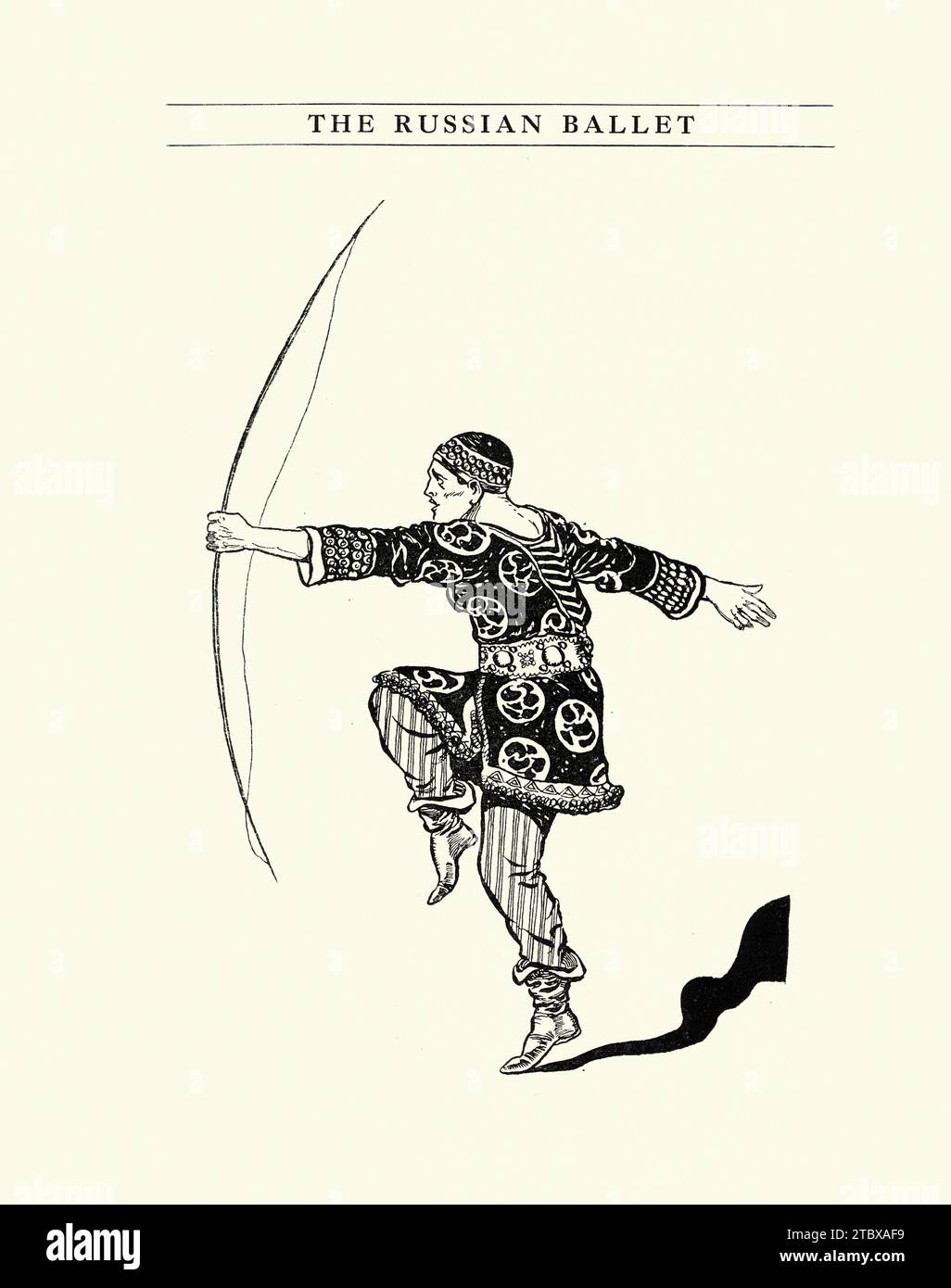 Man shooting bow and arrow, Russian, Costume design for the Opera ballet Prince Igor which recounts the campaign of the 12th-century prince Igor Svyatoslavich against the invading Cuman Stock Photohttps://www.alamy.com/image-license-details/?v=1https://www.alamy.com/man-shooting-bow-and-arrow-russian-costume-design-for-the-opera-ballet-prince-igor-which-recounts-the-campaign-of-the-12th-century-prince-igor-svyatoslavich-against-the-invading-cuman-image575282381.html
Man shooting bow and arrow, Russian, Costume design for the Opera ballet Prince Igor which recounts the campaign of the 12th-century prince Igor Svyatoslavich against the invading Cuman Stock Photohttps://www.alamy.com/image-license-details/?v=1https://www.alamy.com/man-shooting-bow-and-arrow-russian-costume-design-for-the-opera-ballet-prince-igor-which-recounts-the-campaign-of-the-12th-century-prince-igor-svyatoslavich-against-the-invading-cuman-image575282381.htmlRM2TBXAF9–Man shooting bow and arrow, Russian, Costume design for the Opera ballet Prince Igor which recounts the campaign of the 12th-century prince Igor Svyatoslavich against the invading Cuman
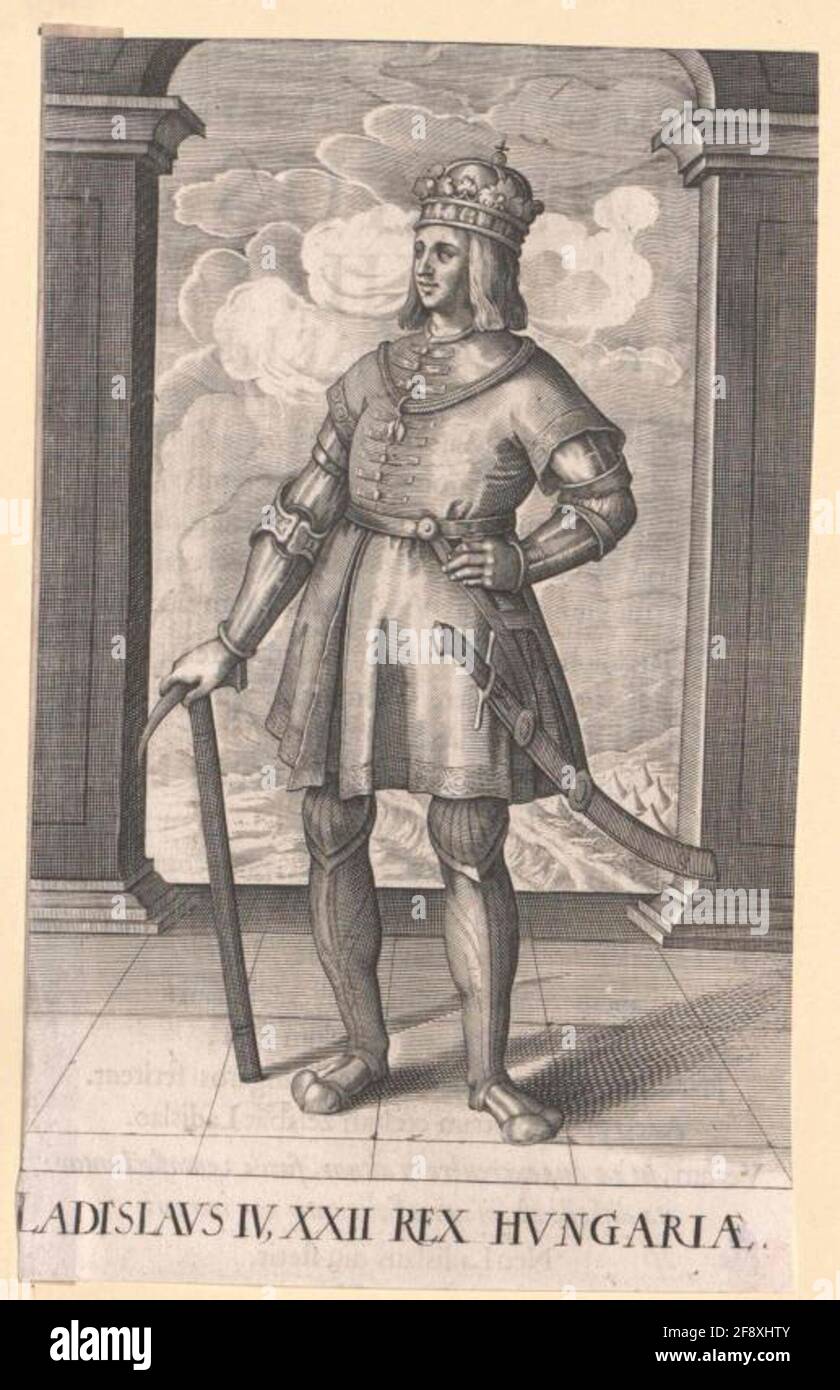 Ladislaus IV, King of Hungary. Stock Photohttps://www.alamy.com/image-license-details/?v=1https://www.alamy.com/ladislaus-iv-king-of-hungary-image418550859.html
Ladislaus IV, King of Hungary. Stock Photohttps://www.alamy.com/image-license-details/?v=1https://www.alamy.com/ladislaus-iv-king-of-hungary-image418550859.htmlRM2F8XHTY–Ladislaus IV, King of Hungary.
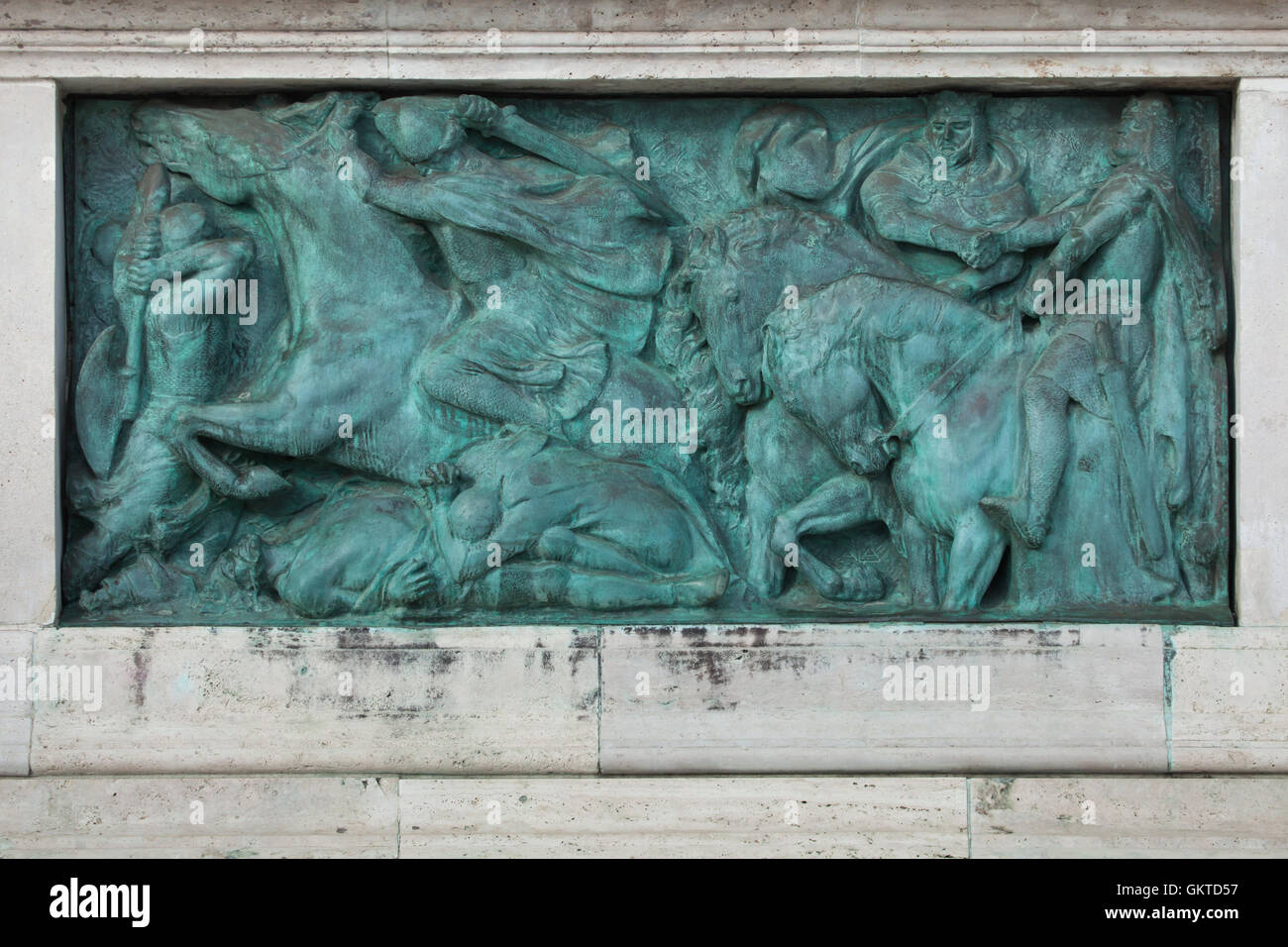 King Ladislaus IV of Hungary defeats King Ottokar II of Bohemia at the Battle on the Marchfeld on 26 August 1278. Bronze relief by Hungarian sculptor Gyorgy Zala on the Millennium Monument in the Heroes Square in Budapest, Hungary. Stock Photohttps://www.alamy.com/image-license-details/?v=1https://www.alamy.com/stock-photo-king-ladislaus-iv-of-hungary-defeats-king-ottokar-ii-of-bohemia-at-115477859.html
King Ladislaus IV of Hungary defeats King Ottokar II of Bohemia at the Battle on the Marchfeld on 26 August 1278. Bronze relief by Hungarian sculptor Gyorgy Zala on the Millennium Monument in the Heroes Square in Budapest, Hungary. Stock Photohttps://www.alamy.com/image-license-details/?v=1https://www.alamy.com/stock-photo-king-ladislaus-iv-of-hungary-defeats-king-ottokar-ii-of-bohemia-at-115477859.htmlRMGKTD57–King Ladislaus IV of Hungary defeats King Ottokar II of Bohemia at the Battle on the Marchfeld on 26 August 1278. Bronze relief by Hungarian sculptor Gyorgy Zala on the Millennium Monument in the Heroes Square in Budapest, Hungary.
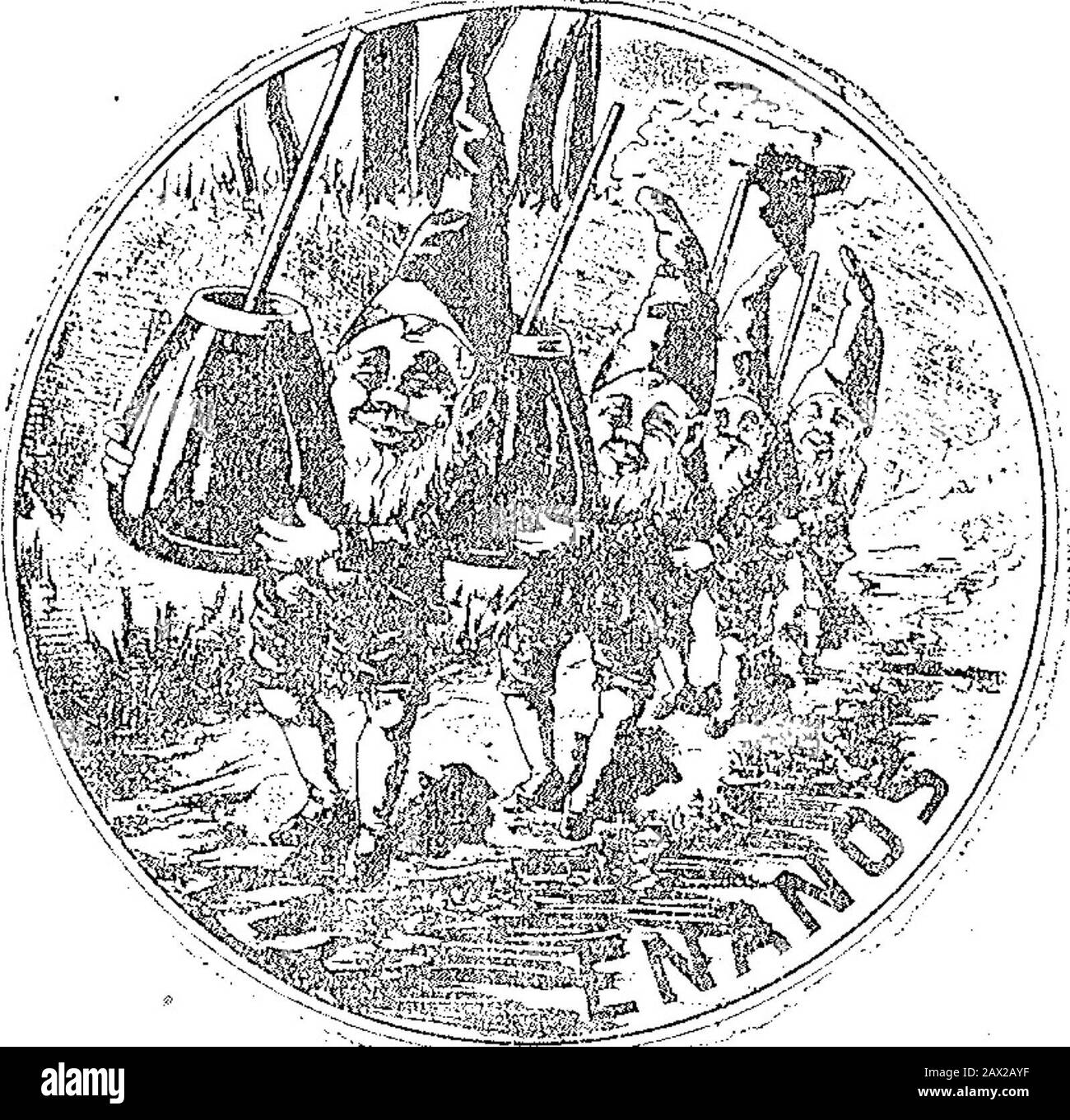 Boletín Oficial de la República Argentina1903 1ra sección . Noviembre 20 de 1903.—Manzitti Hnos.—Distinguir granos, harinas, féculas y se-millas, clase 1; kerosenne, 9; velas y fósforos, 12; clases 61 á 69 y almidón, 70. Tu-cumán 745. v-27-Noviembre. A ©te 555 Stock Photohttps://www.alamy.com/image-license-details/?v=1https://www.alamy.com/boletn-oficial-de-la-repblica-argentina1903-1ra-seccin-noviembre-20-de-1903manzitti-hnosdistinguir-granos-harinas-fculas-y-se-millas-clase-1-kerosenne-9-velas-y-fsforos-12-clases-61-69-y-almidn-70-tu-cumn-745-v-27-noviembre-a-te-555-image343030563.html
Boletín Oficial de la República Argentina1903 1ra sección . Noviembre 20 de 1903.—Manzitti Hnos.—Distinguir granos, harinas, féculas y se-millas, clase 1; kerosenne, 9; velas y fósforos, 12; clases 61 á 69 y almidón, 70. Tu-cumán 745. v-27-Noviembre. A ©te 555 Stock Photohttps://www.alamy.com/image-license-details/?v=1https://www.alamy.com/boletn-oficial-de-la-repblica-argentina1903-1ra-seccin-noviembre-20-de-1903manzitti-hnosdistinguir-granos-harinas-fculas-y-se-millas-clase-1-kerosenne-9-velas-y-fsforos-12-clases-61-69-y-almidn-70-tu-cumn-745-v-27-noviembre-a-te-555-image343030563.htmlRM2AX2AYF–Boletín Oficial de la República Argentina1903 1ra sección . Noviembre 20 de 1903.—Manzitti Hnos.—Distinguir granos, harinas, féculas y se-millas, clase 1; kerosenne, 9; velas y fósforos, 12; clases 61 á 69 y almidón, 70. Tu-cumán 745. v-27-Noviembre. A ©te 555
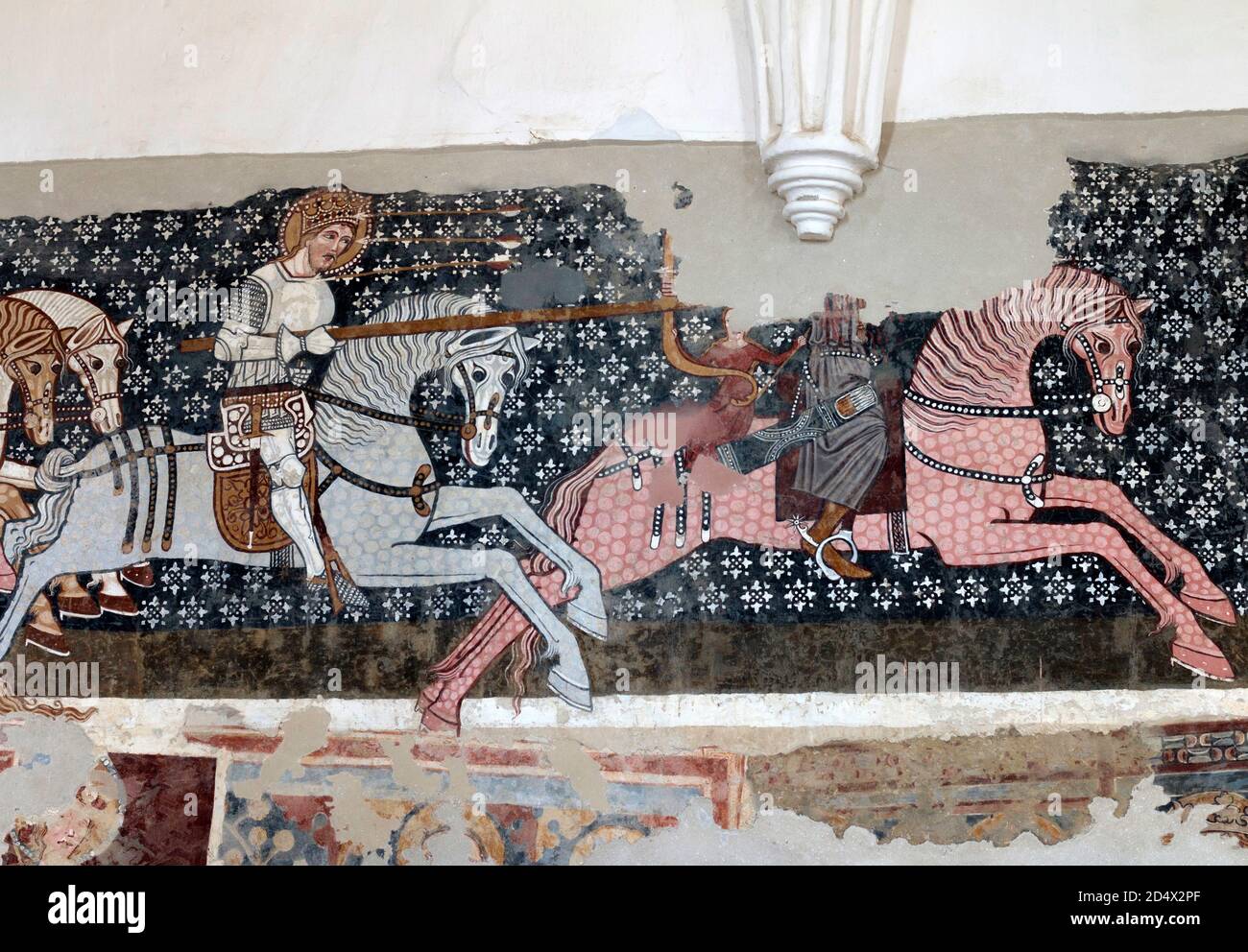 St Ladislas chases the cuman warrior with a spear. Three arrows fly to his head. Fresco detail in the Unitarian fortified church. Stock Photohttps://www.alamy.com/image-license-details/?v=1https://www.alamy.com/st-ladislas-chases-the-cuman-warrior-with-a-spear-three-arrows-fly-to-his-head-fresco-detail-in-the-unitarian-fortified-church-image381659671.html
St Ladislas chases the cuman warrior with a spear. Three arrows fly to his head. Fresco detail in the Unitarian fortified church. Stock Photohttps://www.alamy.com/image-license-details/?v=1https://www.alamy.com/st-ladislas-chases-the-cuman-warrior-with-a-spear-three-arrows-fly-to-his-head-fresco-detail-in-the-unitarian-fortified-church-image381659671.htmlRF2D4X2PF–St Ladislas chases the cuman warrior with a spear. Three arrows fly to his head. Fresco detail in the Unitarian fortified church.
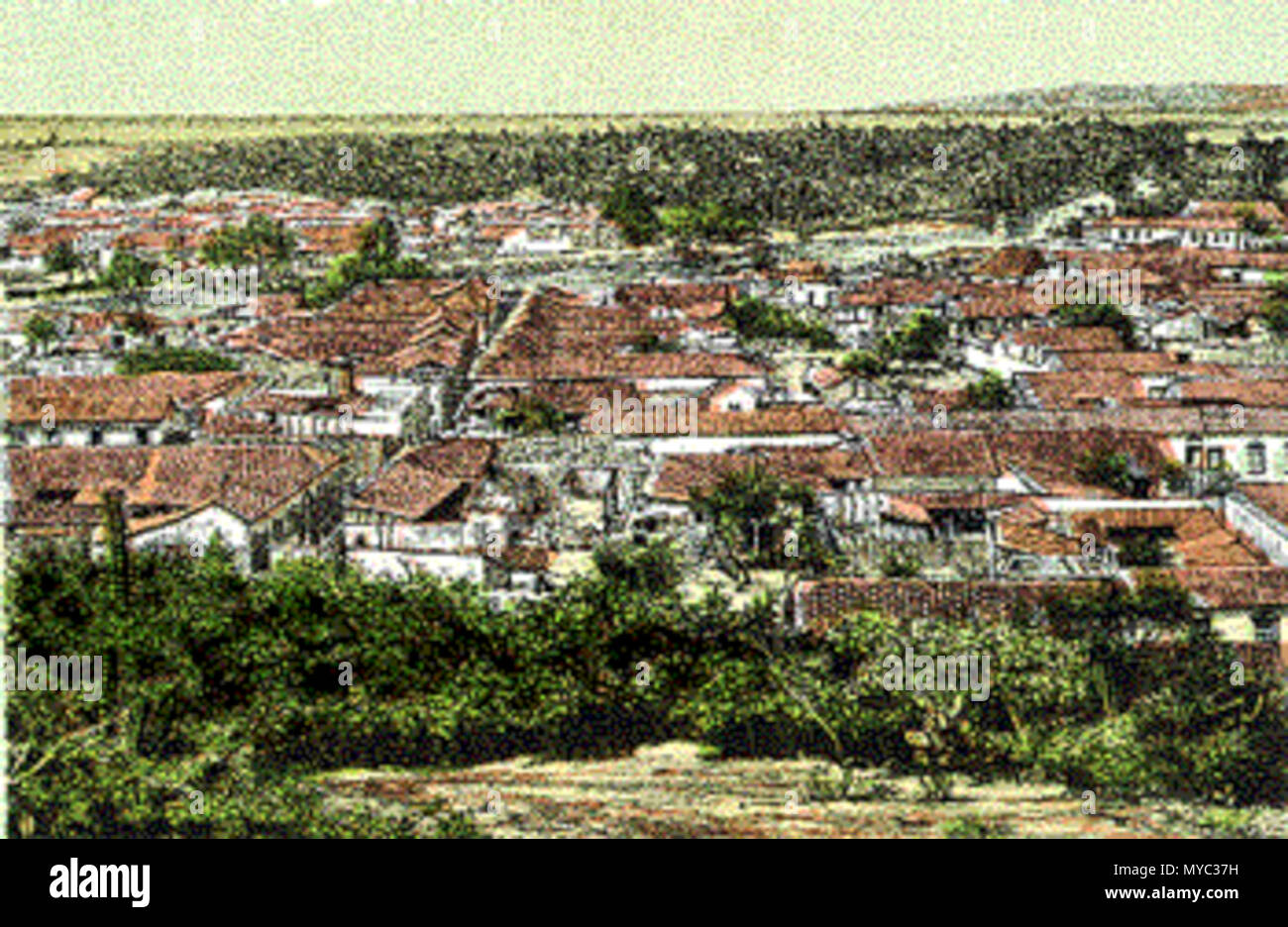 . Drawing of Cumaná in the 1860s . 1860s. Unknown 128 Cumana in the 1860s Stock Photohttps://www.alamy.com/image-license-details/?v=1https://www.alamy.com/drawing-of-cuman-in-the-1860s-1860s-unknown-128-cumana-in-the-1860s-image188965381.html
. Drawing of Cumaná in the 1860s . 1860s. Unknown 128 Cumana in the 1860s Stock Photohttps://www.alamy.com/image-license-details/?v=1https://www.alamy.com/drawing-of-cuman-in-the-1860s-1860s-unknown-128-cumana-in-the-1860s-image188965381.htmlRMMYC37H–. Drawing of Cumaná in the 1860s . 1860s. Unknown 128 Cumana in the 1860s
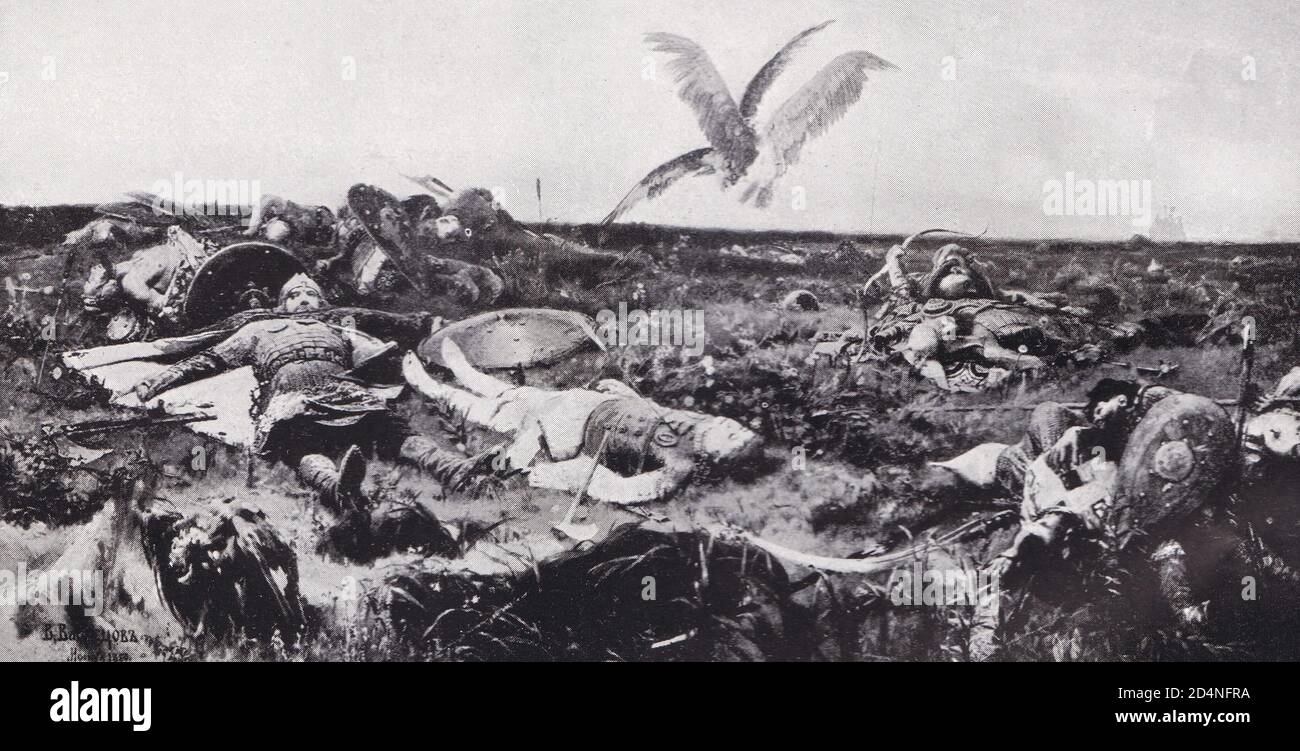 War Against The Polovtsi 1061 Stock Photohttps://www.alamy.com/image-license-details/?v=1https://www.alamy.com/war-against-the-polovtsi-1061-image381560126.html
War Against The Polovtsi 1061 Stock Photohttps://www.alamy.com/image-license-details/?v=1https://www.alamy.com/war-against-the-polovtsi-1061-image381560126.htmlRF2D4NFRA–War Against The Polovtsi 1061
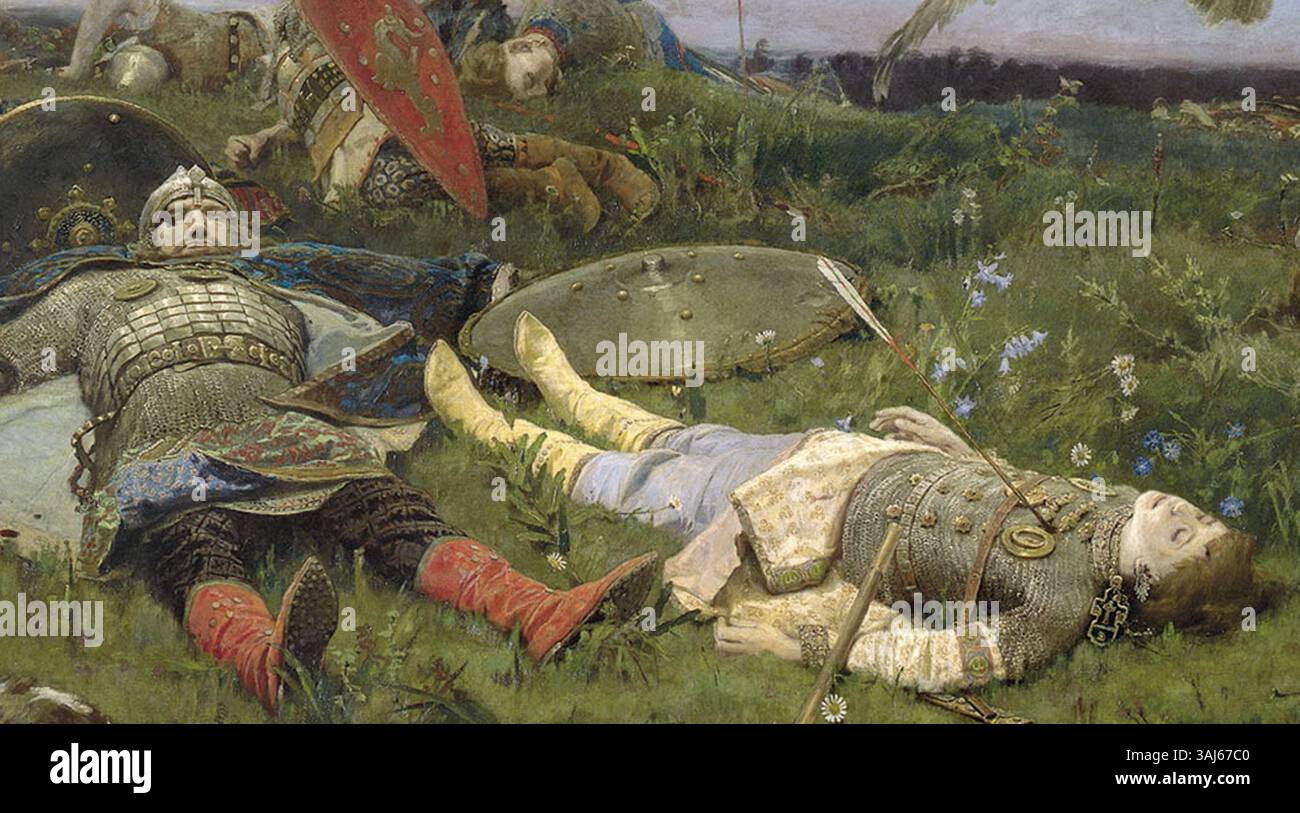 After Prince Igor's Battle, a detailed painting by Viktor Vasnetsov, illustrates the aftermath of Prince Igor's conflict with the Cumans. The artwork vividly captures the emotions and chaos following the battle, showcasing the historical significance of the event. Stock Photohttps://www.alamy.com/image-license-details/?v=1https://www.alamy.com/after-prince-igors-battle-a-detailed-painting-by-viktor-vasnetsov-illustrates-the-aftermath-of-prince-igors-conflict-with-the-cumans-the-artwork-vividly-captures-the-emotions-and-chaos-following-the-battle-showcasing-the-historical-significance-of-the-event-image665195328.html
After Prince Igor's Battle, a detailed painting by Viktor Vasnetsov, illustrates the aftermath of Prince Igor's conflict with the Cumans. The artwork vividly captures the emotions and chaos following the battle, showcasing the historical significance of the event. Stock Photohttps://www.alamy.com/image-license-details/?v=1https://www.alamy.com/after-prince-igors-battle-a-detailed-painting-by-viktor-vasnetsov-illustrates-the-aftermath-of-prince-igors-conflict-with-the-cumans-the-artwork-vividly-captures-the-emotions-and-chaos-following-the-battle-showcasing-the-historical-significance-of-the-event-image665195328.htmlRM3AJ67C0–After Prince Igor's Battle, a detailed painting by Viktor Vasnetsov, illustrates the aftermath of Prince Igor's conflict with the Cumans. The artwork vividly captures the emotions and chaos following the battle, showcasing the historical significance of the event.
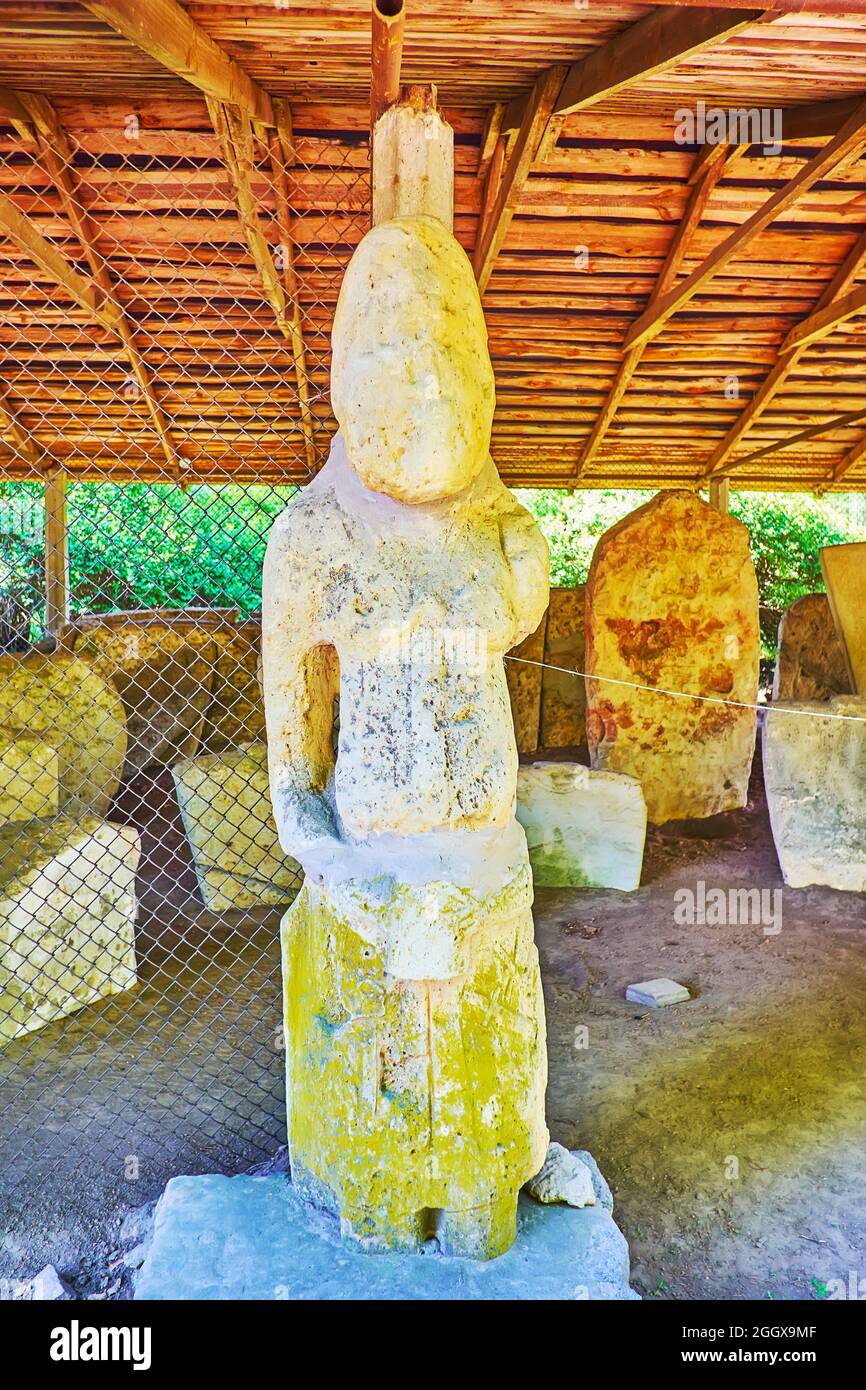 The ancient stone ruins of Kurgan stelae (anthropomorphic statue), located in Pereiaslav Scansen, Ukraine Stock Photohttps://www.alamy.com/image-license-details/?v=1https://www.alamy.com/the-ancient-stone-ruins-of-kurgan-stelae-anthropomorphic-statue-located-in-pereiaslav-scansen-ukraine-image440672079.html
The ancient stone ruins of Kurgan stelae (anthropomorphic statue), located in Pereiaslav Scansen, Ukraine Stock Photohttps://www.alamy.com/image-license-details/?v=1https://www.alamy.com/the-ancient-stone-ruins-of-kurgan-stelae-anthropomorphic-statue-located-in-pereiaslav-scansen-ukraine-image440672079.htmlRF2GGX9MF–The ancient stone ruins of Kurgan stelae (anthropomorphic statue), located in Pereiaslav Scansen, Ukraine
 Close up picture of Cuban Taxi driver driving through the Malecon in Havana, Cuba Stock Photohttps://www.alamy.com/image-license-details/?v=1https://www.alamy.com/stock-photo-close-up-picture-of-cuban-taxi-driver-driving-through-the-malecon-137523008.html
Close up picture of Cuban Taxi driver driving through the Malecon in Havana, Cuba Stock Photohttps://www.alamy.com/image-license-details/?v=1https://www.alamy.com/stock-photo-close-up-picture-of-cuban-taxi-driver-driving-through-the-malecon-137523008.htmlRMHYMM00–Close up picture of Cuban Taxi driver driving through the Malecon in Havana, Cuba
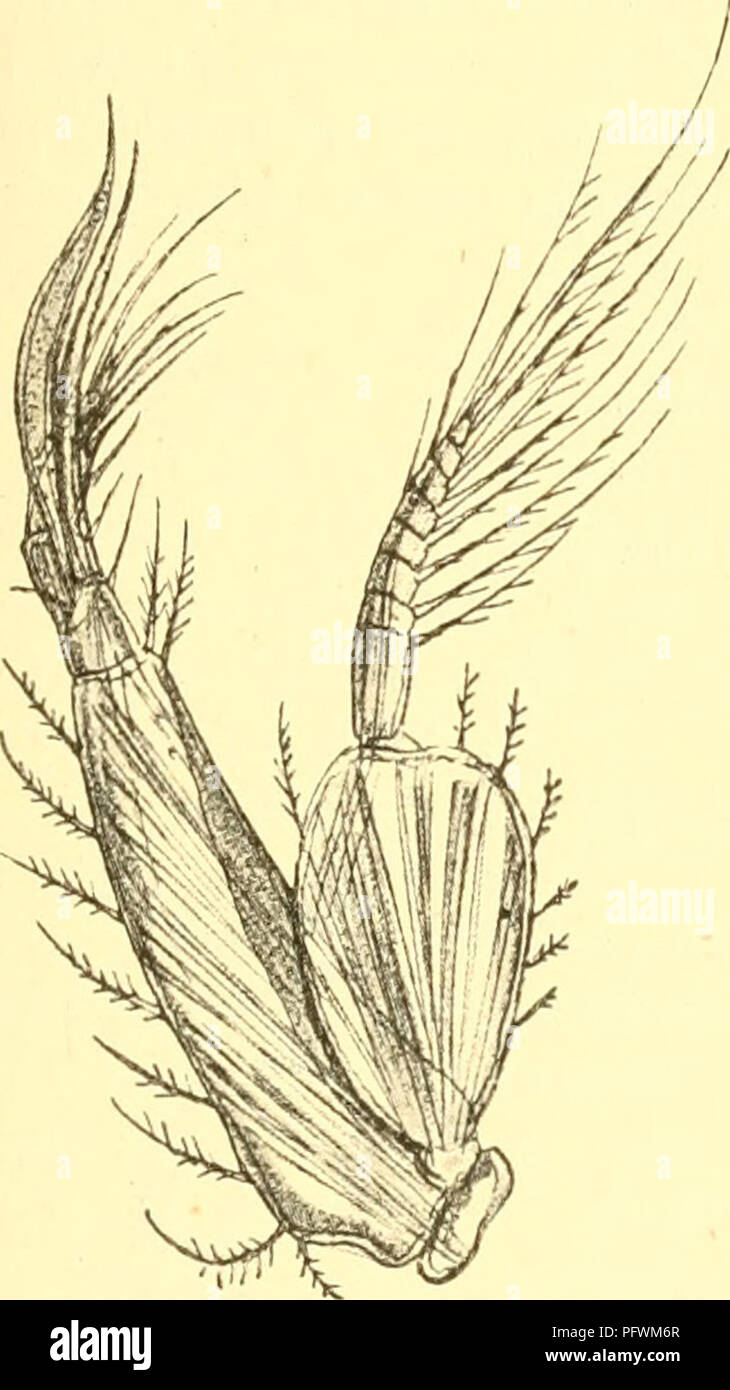 . Cumacea (Sympoda). Cumacea. Cumacea: 9. Leuconidae, 1. Leucon 67 p. 180 I 1879 L. nasicus, A. M. Norman iu: Ann. nat. Hist., ser. 5 «. 3 p. 70 | 1879 L. n., S. I. Smith in: Tr. Connect. Ac, v. 5 p. 114 | 1884 L. n., .1. S. Schneider in: Tromse Mas. Aarsh., v.l p. 54 | 1887 L. n., H. J. Hansen in: Dijmphna Udb., p. 240; and in: Vid. Meddel., u 39 p. 199 | 1893 L. nasica, T. Stebbing in: Int. sci. Ser., u 74 p. 304 | 1893 Cuman., Apstein in: Jahresber. Comm. D. Meere, v. 6 p. 196 | 1897 Leuconoi)sis ensifer, A.O.Walker in: J.Linn. Soc. London, v.26 p. 227 t. 17 f. 1—lh((^) | 1900 Leucon nasicu Stock Photohttps://www.alamy.com/image-license-details/?v=1https://www.alamy.com/cumacea-sympoda-cumacea-cumacea-9-leuconidae-1-leucon-67-p-180-i-1879-l-nasicus-a-m-norman-iu-ann-nat-hist-ser-5-3-p-70-1879-l-n-s-i-smith-in-tr-connect-ac-v-5-p-114-1884-l-n-1-s-schneider-in-tromse-mas-aarsh-vl-p-54-1887-l-n-h-j-hansen-in-dijmphna-udb-p-240-and-in-vid-meddel-u-39-p-199-1893-l-nasica-t-stebbing-in-int-sci-ser-u-74-p-304-1893-cuman-apstein-in-jahresber-comm-d-meere-v-6-p-196-1897-leuconoisis-ensifer-aowalker-in-jlinn-soc-london-v26-p-227-t-17-f-1lh-1900-leucon-nasicu-image216308927.html
. Cumacea (Sympoda). Cumacea. Cumacea: 9. Leuconidae, 1. Leucon 67 p. 180 I 1879 L. nasicus, A. M. Norman iu: Ann. nat. Hist., ser. 5 «. 3 p. 70 | 1879 L. n., S. I. Smith in: Tr. Connect. Ac, v. 5 p. 114 | 1884 L. n., .1. S. Schneider in: Tromse Mas. Aarsh., v.l p. 54 | 1887 L. n., H. J. Hansen in: Dijmphna Udb., p. 240; and in: Vid. Meddel., u 39 p. 199 | 1893 L. nasica, T. Stebbing in: Int. sci. Ser., u 74 p. 304 | 1893 Cuman., Apstein in: Jahresber. Comm. D. Meere, v. 6 p. 196 | 1897 Leuconoi)sis ensifer, A.O.Walker in: J.Linn. Soc. London, v.26 p. 227 t. 17 f. 1—lh((^) | 1900 Leucon nasicu Stock Photohttps://www.alamy.com/image-license-details/?v=1https://www.alamy.com/cumacea-sympoda-cumacea-cumacea-9-leuconidae-1-leucon-67-p-180-i-1879-l-nasicus-a-m-norman-iu-ann-nat-hist-ser-5-3-p-70-1879-l-n-s-i-smith-in-tr-connect-ac-v-5-p-114-1884-l-n-1-s-schneider-in-tromse-mas-aarsh-vl-p-54-1887-l-n-h-j-hansen-in-dijmphna-udb-p-240-and-in-vid-meddel-u-39-p-199-1893-l-nasica-t-stebbing-in-int-sci-ser-u-74-p-304-1893-cuman-apstein-in-jahresber-comm-d-meere-v-6-p-196-1897-leuconoisis-ensifer-aowalker-in-jlinn-soc-london-v26-p-227-t-17-f-1lh-1900-leucon-nasicu-image216308927.htmlRMPFWM6R–. Cumacea (Sympoda). Cumacea. Cumacea: 9. Leuconidae, 1. Leucon 67 p. 180 I 1879 L. nasicus, A. M. Norman iu: Ann. nat. Hist., ser. 5 «. 3 p. 70 | 1879 L. n., S. I. Smith in: Tr. Connect. Ac, v. 5 p. 114 | 1884 L. n., .1. S. Schneider in: Tromse Mas. Aarsh., v.l p. 54 | 1887 L. n., H. J. Hansen in: Dijmphna Udb., p. 240; and in: Vid. Meddel., u 39 p. 199 | 1893 L. nasica, T. Stebbing in: Int. sci. Ser., u 74 p. 304 | 1893 Cuman., Apstein in: Jahresber. Comm. D. Meere, v. 6 p. 196 | 1897 Leuconoi)sis ensifer, A.O.Walker in: J.Linn. Soc. London, v.26 p. 227 t. 17 f. 1—lh((^) | 1900 Leucon nasicu
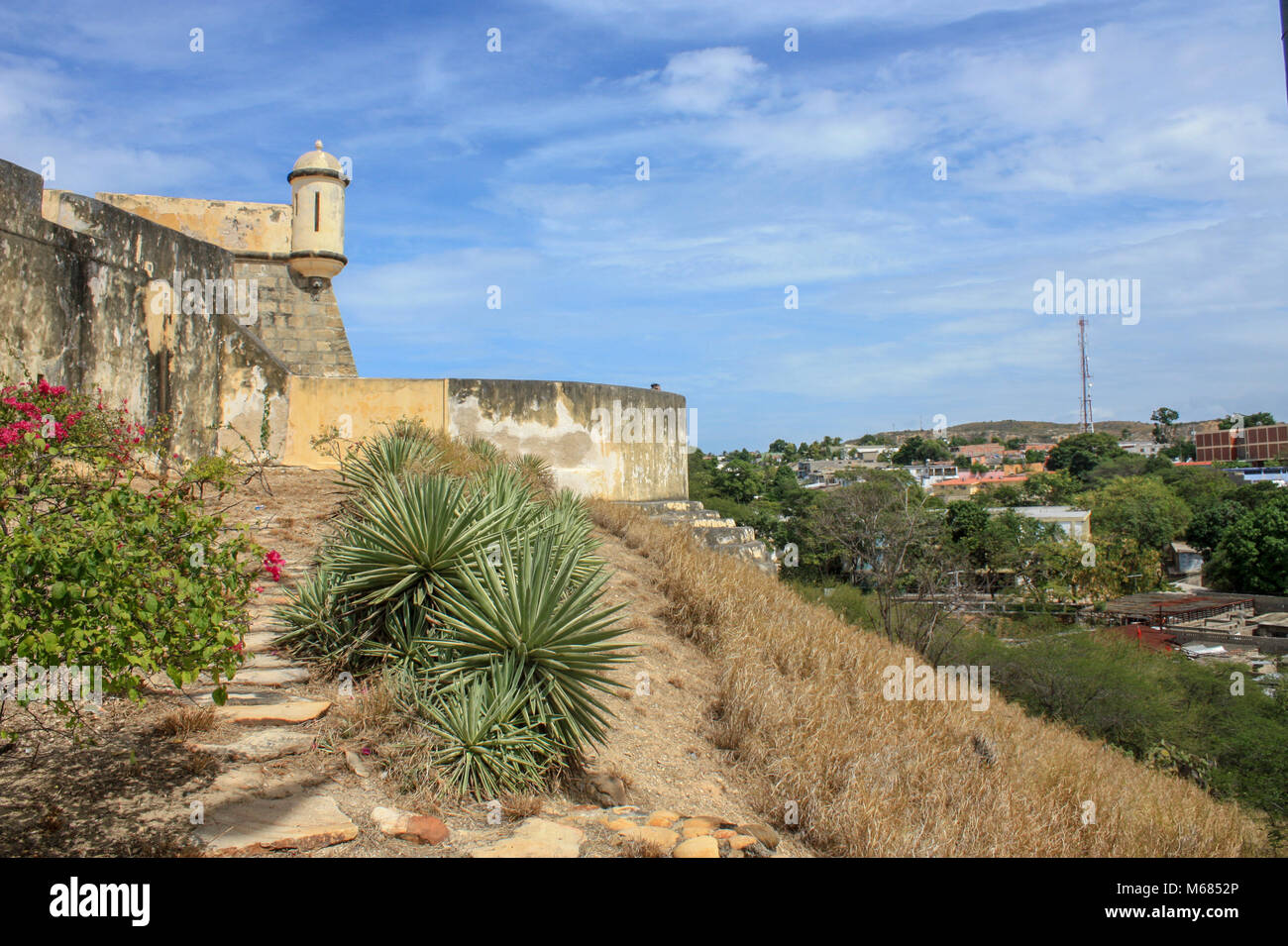 some flowers in the background Cuman castle Stock Photohttps://www.alamy.com/image-license-details/?v=1https://www.alamy.com/stock-photo-some-flowers-in-the-background-cuman-castle-175971230.html
some flowers in the background Cuman castle Stock Photohttps://www.alamy.com/image-license-details/?v=1https://www.alamy.com/stock-photo-some-flowers-in-the-background-cuman-castle-175971230.htmlRFM6852P–some flowers in the background Cuman castle
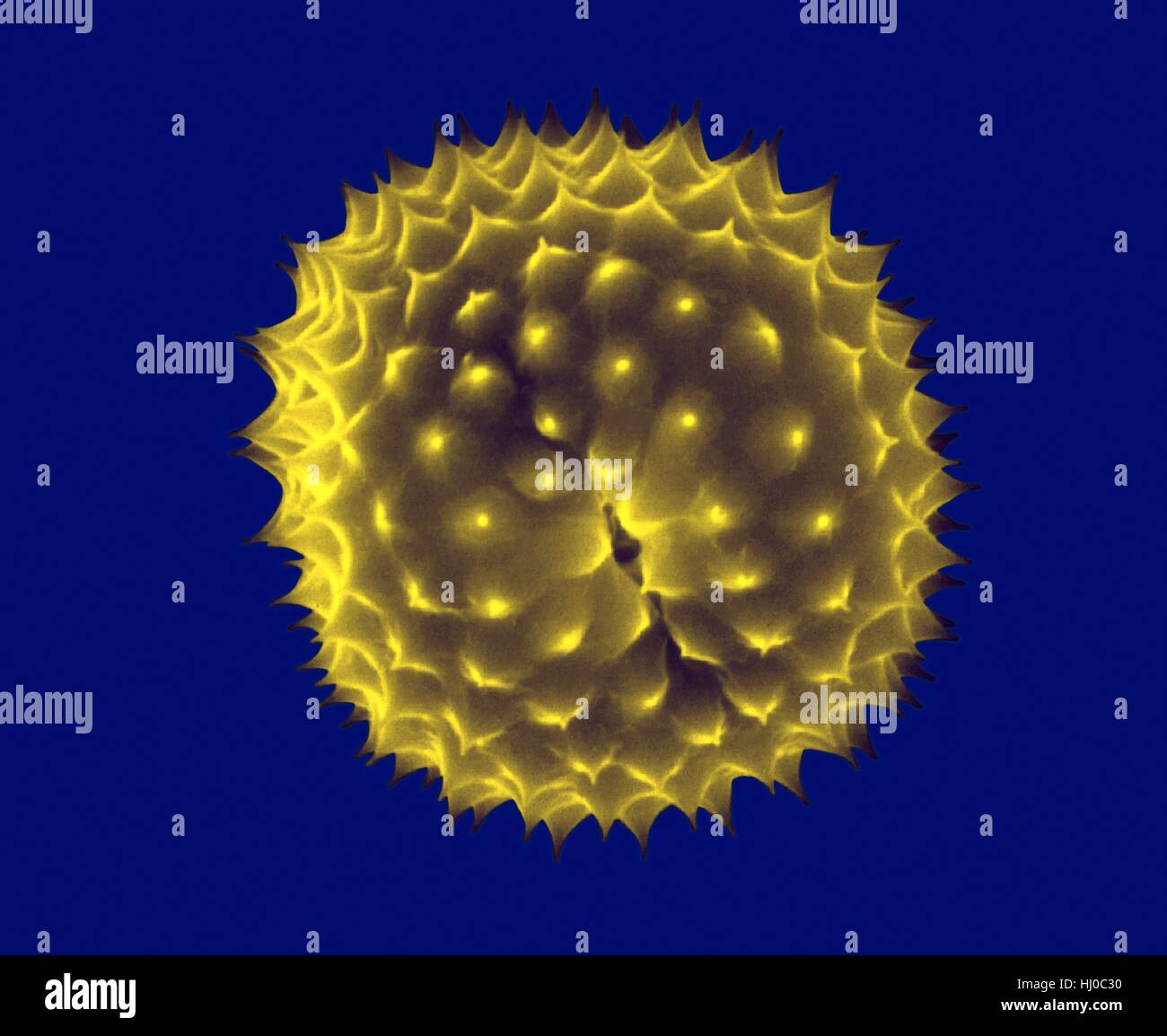 Ragweed pollen,Ambrosia psilostachya,coloured scanning electron micrograph (SEM).This pollen is allergen.Ragweed is main cause of weed allergies.Ragweed pollen is notorious for causing allergic reactions in humans,specifically allergic rhinitis.Up to half of all cases of pollen-related allergic Stock Photohttps://www.alamy.com/image-license-details/?v=1https://www.alamy.com/stock-photo-ragweed-pollenambrosia-psilostachyacoloured-scanning-electron-micrograph-131545876.html
Ragweed pollen,Ambrosia psilostachya,coloured scanning electron micrograph (SEM).This pollen is allergen.Ragweed is main cause of weed allergies.Ragweed pollen is notorious for causing allergic reactions in humans,specifically allergic rhinitis.Up to half of all cases of pollen-related allergic Stock Photohttps://www.alamy.com/image-license-details/?v=1https://www.alamy.com/stock-photo-ragweed-pollenambrosia-psilostachyacoloured-scanning-electron-micrograph-131545876.htmlRFHJ0C30–Ragweed pollen,Ambrosia psilostachya,coloured scanning electron micrograph (SEM).This pollen is allergen.Ragweed is main cause of weed allergies.Ragweed pollen is notorious for causing allergic reactions in humans,specifically allergic rhinitis.Up to half of all cases of pollen-related allergic
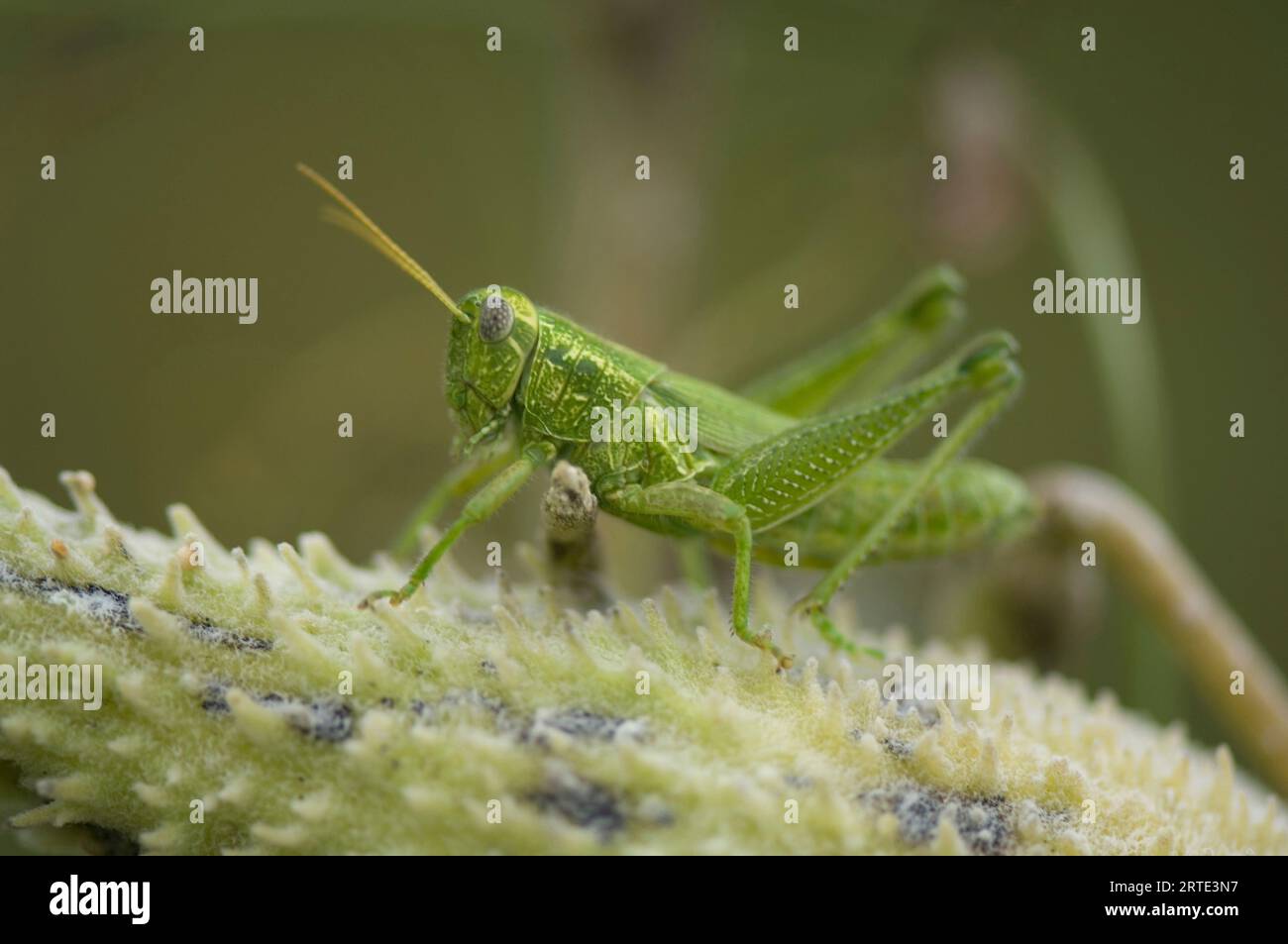 Western ragweed grasshopper (Campylancantha olivacea); Denton, Nebraska, United States of America Stock Photohttps://www.alamy.com/image-license-details/?v=1https://www.alamy.com/western-ragweed-grasshopper-campylancantha-olivacea-denton-nebraska-united-states-of-america-image565793795.html
Western ragweed grasshopper (Campylancantha olivacea); Denton, Nebraska, United States of America Stock Photohttps://www.alamy.com/image-license-details/?v=1https://www.alamy.com/western-ragweed-grasshopper-campylancantha-olivacea-denton-nebraska-united-states-of-america-image565793795.htmlRF2RTE3N7–Western ragweed grasshopper (Campylancantha olivacea); Denton, Nebraska, United States of America
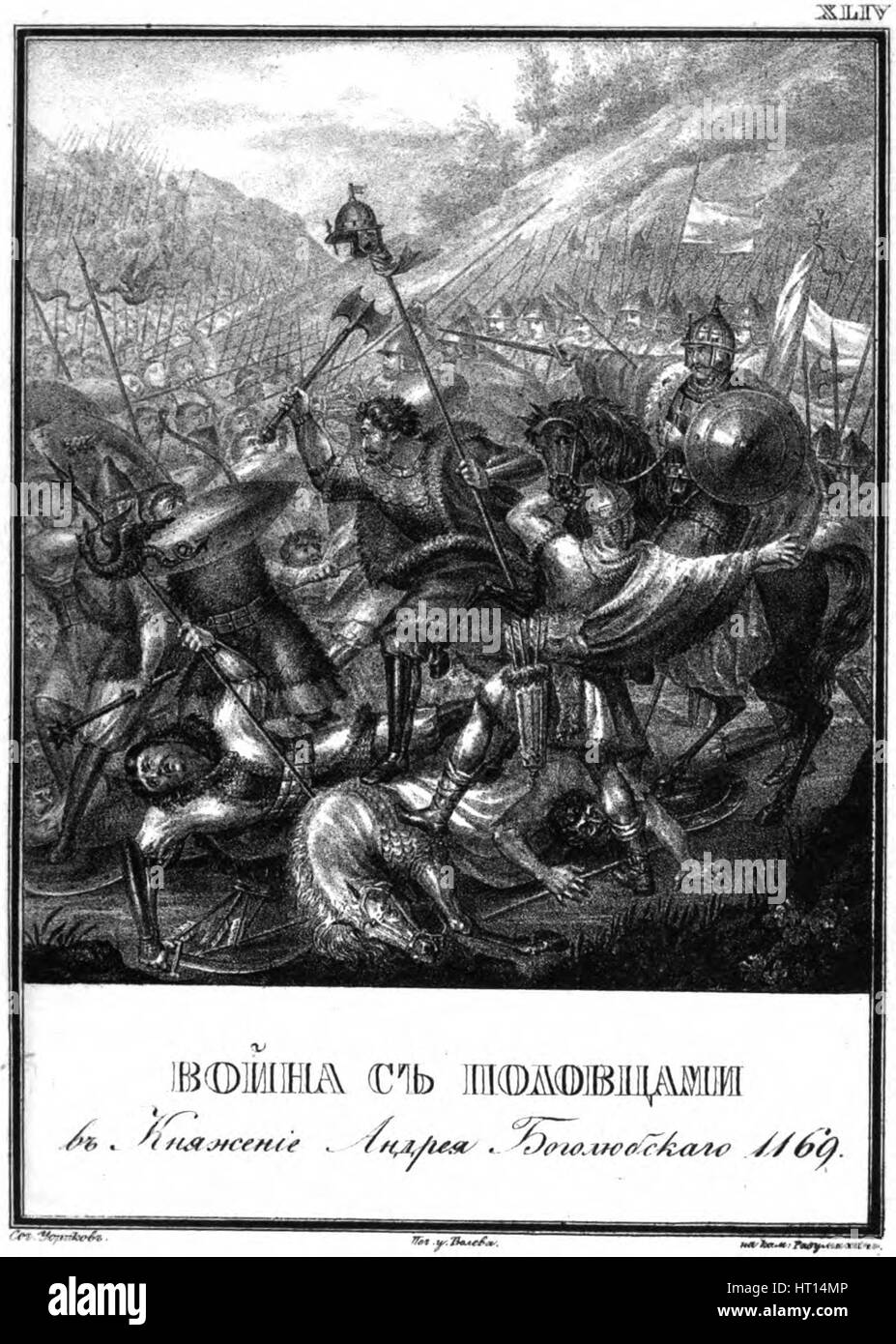 Battle with the Polovtsians at the Time of Andrei Bogolyubsky, 1169 (From Illustrated Karamzin), 1 Artist: Chorikov, Boris Artemyevich (1802-1866) Stock Photohttps://www.alamy.com/image-license-details/?v=1https://www.alamy.com/stock-photo-battle-with-the-polovtsians-at-the-time-of-andrei-bogolyubsky-1169-135249990.html
Battle with the Polovtsians at the Time of Andrei Bogolyubsky, 1169 (From Illustrated Karamzin), 1 Artist: Chorikov, Boris Artemyevich (1802-1866) Stock Photohttps://www.alamy.com/image-license-details/?v=1https://www.alamy.com/stock-photo-battle-with-the-polovtsians-at-the-time-of-andrei-bogolyubsky-1169-135249990.htmlRMHT14MP–Battle with the Polovtsians at the Time of Andrei Bogolyubsky, 1169 (From Illustrated Karamzin), 1 Artist: Chorikov, Boris Artemyevich (1802-1866)